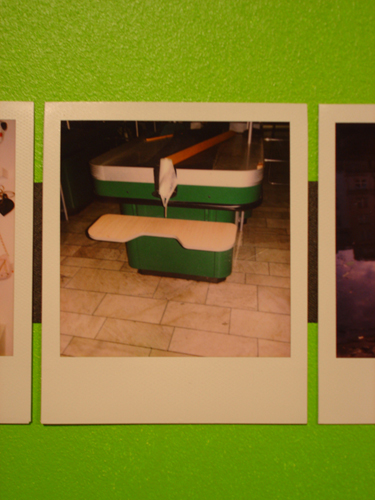Title: The New Man’s Stroll
Collaborator: Ezequiel O. Suárez and Yali Romagoza
Year: 2007
Medium: Becoming an artist to be able to travel outside of Cuba
Materials: Legal work categorization, invitation to an international art exhibition, travel arrangements, hotel, per diem, polaroid camera
Dimensiones: variable
Statement
The New Man’s Stroll is a piece by Tania Bruguera, Ezequiel O. Suárez and Yali Romagoza. It is inspired in the concept of the “new man” offered by Commander Ernesto (Che) Guevara in his text Socialism and Man in Cuba (1965) where he described what he considered a true revolutionary should be and gave him the name of the “New Man”. In his essay, Che Guevara says that the new Cuban society which was emerging after the Triumph of the Revolution should strenuously compete with its capitalist past where, according to his point of view, individualistic notions of human beings bring isolation and mercantile relations prevail. Commodities are the economic cell in capitalist society, he wrote, and while it exists, its effects will be felt in the organization of production and, therefore, in the conscience. To build communism as well as new material foundations, he asserts, “new men” which must be born within the Revolution, with no memory of a capitalist life, must emerge.
The New Man Stroll deals with the conflicts emanating from a society that has based its development between reality and utopia, between what is imagined and what is conceived. It is a piece made by artists born after 1959 and, therefore, are examples of new men, in which a dialogue between the past and the present of the Cuban revolutionary project takes place.
With the Collapse of the Socialist Field in the nineties, a moment of deep economic crisis shook Cuba which made the social and political project of the Cuban Revolution reach a point of crisis. Unlike the preceding years in which socialism was being built and implemented and texts like Socialism and the New Man in Cuba intended to promote and support the dissolution of the residues of capitalist society by absorbing and incorporating private institutions into the state sector, the economic crisis caused a crack in the economic base of the socialist society and, because of the inability of the state to maintain its self-sufficient mechanisms, it was compelled to allow some private practices that differed from the state economic model. The evident expressions of privatization in the economic sector of society – the dislocation caused by dollarization after 1993, the new social firms created by the tourist industry, the emergence of a new type of social subject contaminated with the values of financial speculation added to the so-called mixed economy – are all new traits, enclaves, styles, ways of life characteristic of capitalism which brought about the rebirth of inequalities and contradictions stemming from them and causing an ideological conflict to the members of Cuban society who up to then had been groomed to be “new men” and had lived with that idea in mind.
In the present political situation in Cuba, artists enjoy a series of privileges in comparison with the rest of society. One of them is traveling permits for artists, which are accepted and sorted out in ways very different from those of the rest of the population. While for most Cubans traveling abroad is an almost mystic hope, for artists it is a more accessible reality. With her invitation to the Fourth Biennial held in Gothenburg, Sweden, Tania Bruguera made it possible for Yali Romagoza to travel abroad for the first time ever by making her a collaborator in this piece. All her travel procedures were processed as for an artist and not an ordinary citizen. The piece gave Yali and Ezequiel, her partner who is also an artist, the chance to make a holiday tourist trip abroad, something unthinkable under circumstances other than disguising it with an artistic purpose. The actual purpose was showing the contradictions still existing in the “egalitarian society” in which the “new man” was supposed to live, but which have not yet been overcome.
Yali and Ezequiel arrived a week before the inauguration of the Biennial. During that time they visited the city as tourists. The production budget of the piece was used in buying products to make their lives more bearable in Cuba. The day of the inauguration, the artists talked informally with the audience on the impressions of their trip and showed the pictures they had taken in the city and the products they had bought there.
After the inauguration, Ezequiel and Yali went back to Cuba. The products they bought were imported as if they were art objects and they went home with them without having to go through customs where imported consumption products may be restricted or confiscated.
Exhibited
| 2007 | |
|
Rethinking dissent, 4th Göteborg Internationella Konstbiennial for Contemporary Art. Göteborg, Sweden. Curated by Joa Ljungberg and Edi Muka. (catalog) |
Documentation
|
Scrolldown for POLAROIDS |
|||
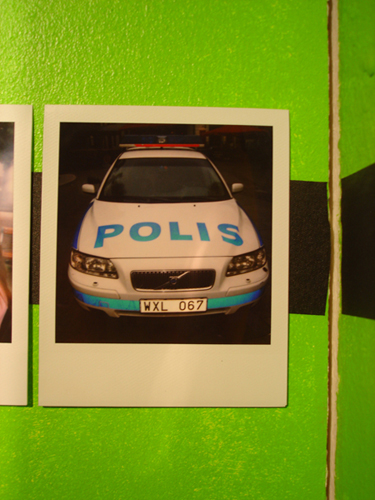 |
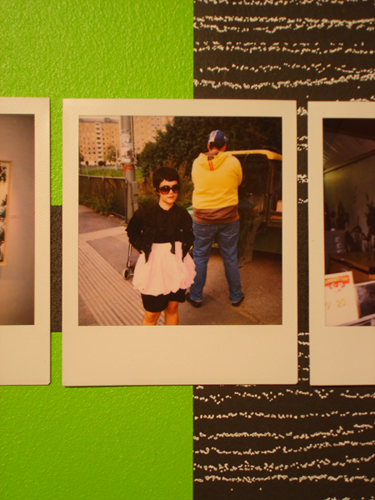 |
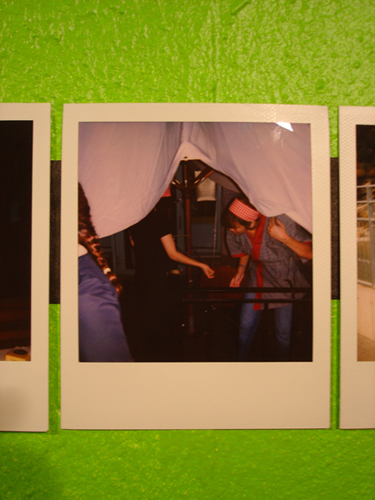 |
|
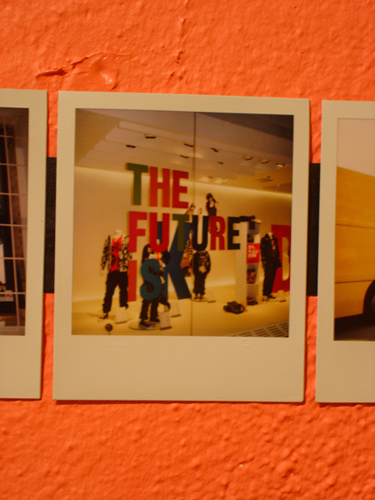 |
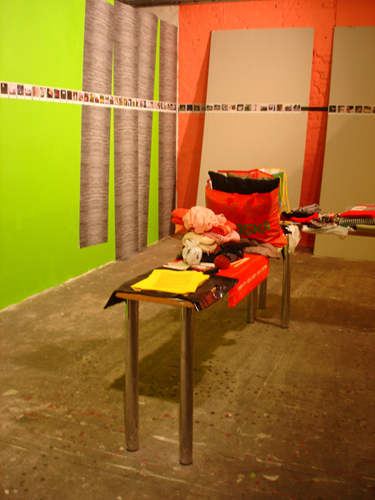 |
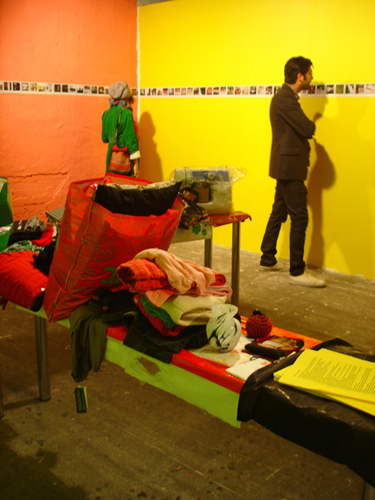 |
|
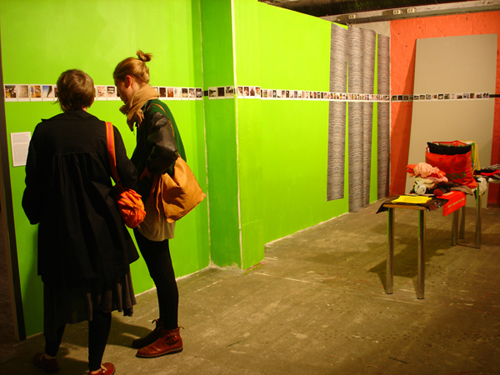 |
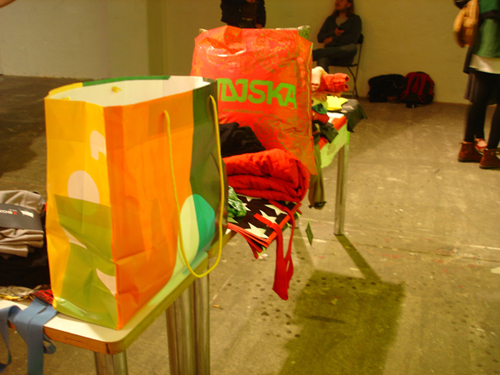 |
||
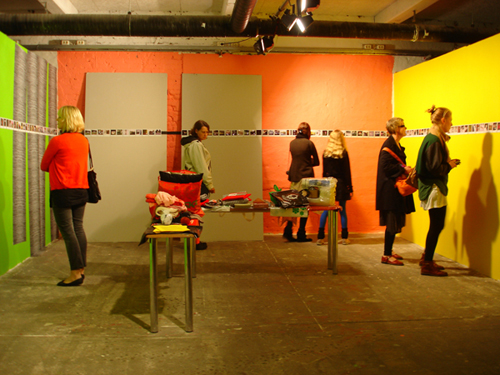 |
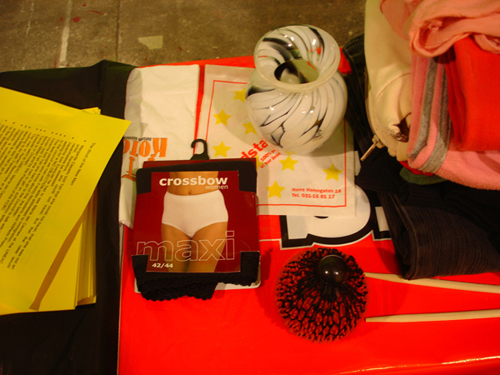 |
|
4th Göteborg Internationella Konstbiennial for Contemporary Art
Göteborg, Sweden
photos: Konstbiennal Internationella Götemburgo
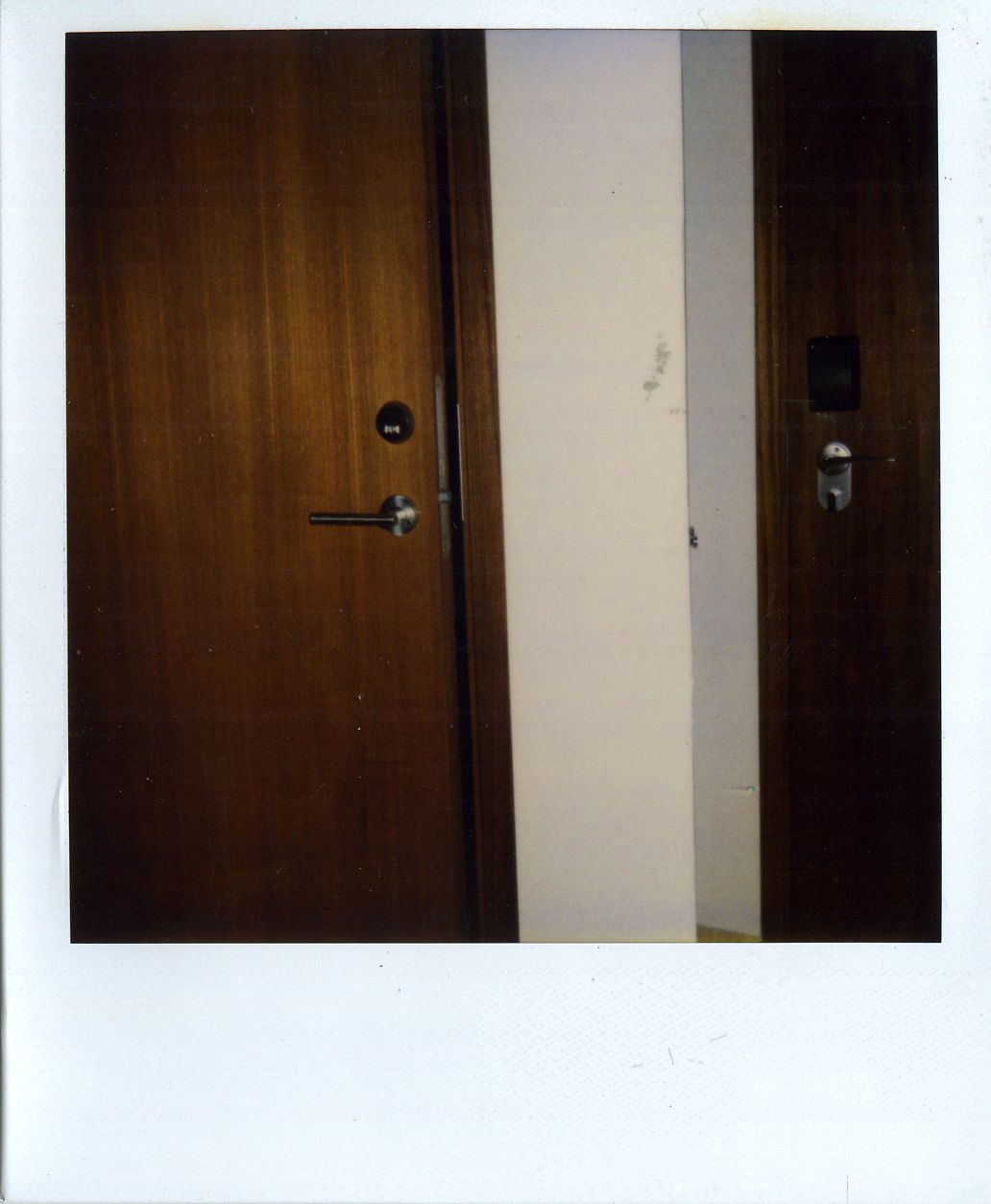 |
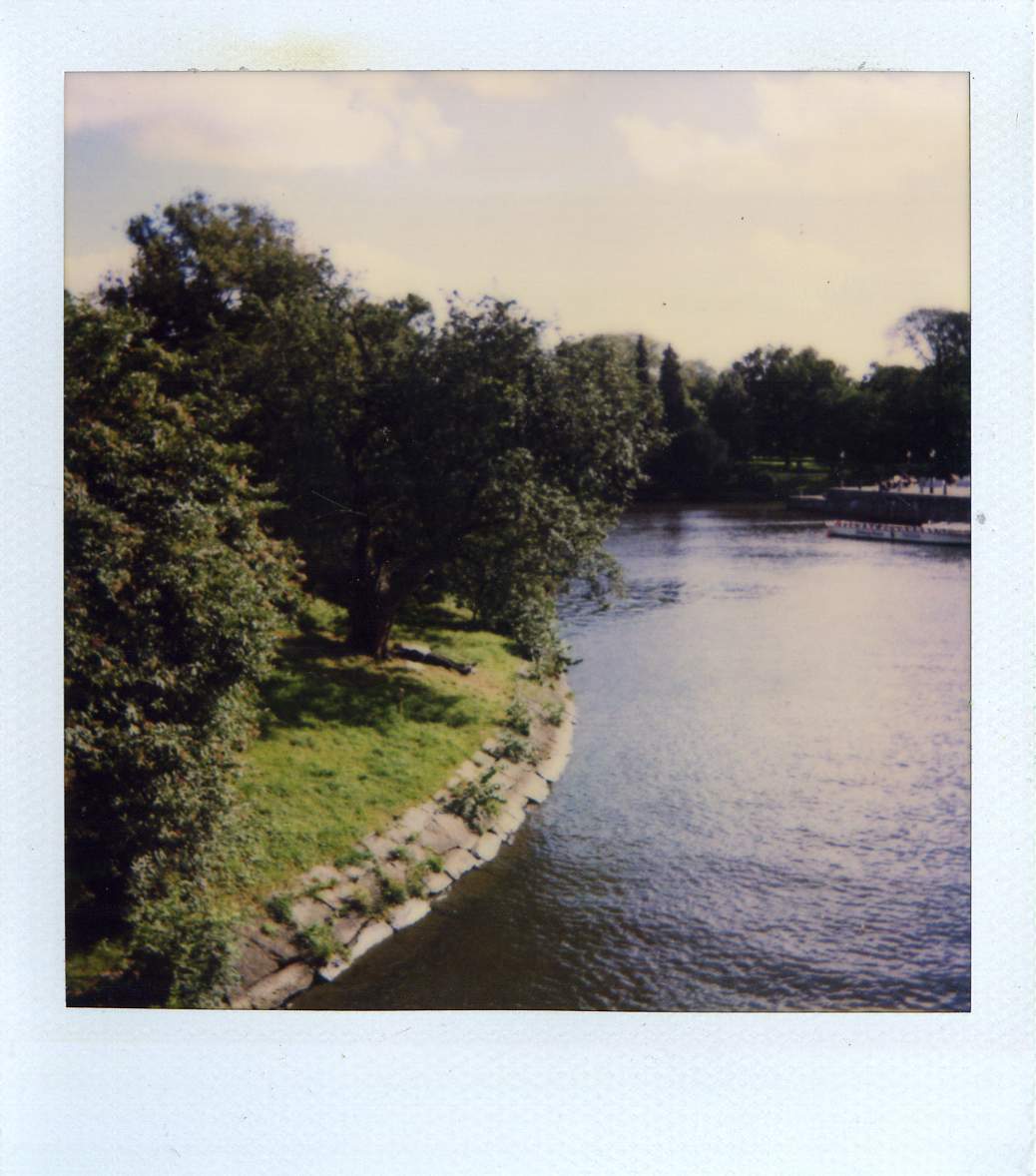 |
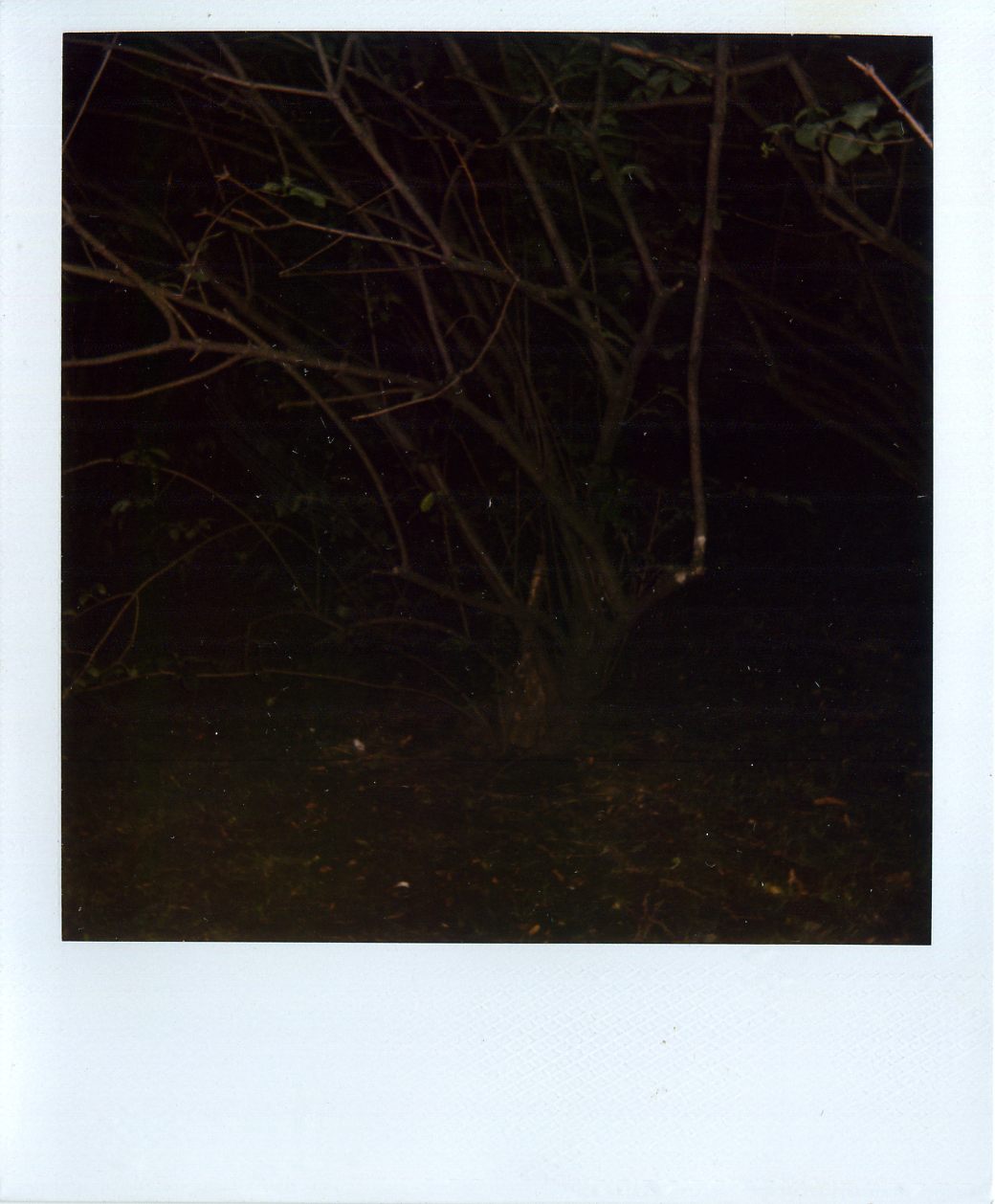 |
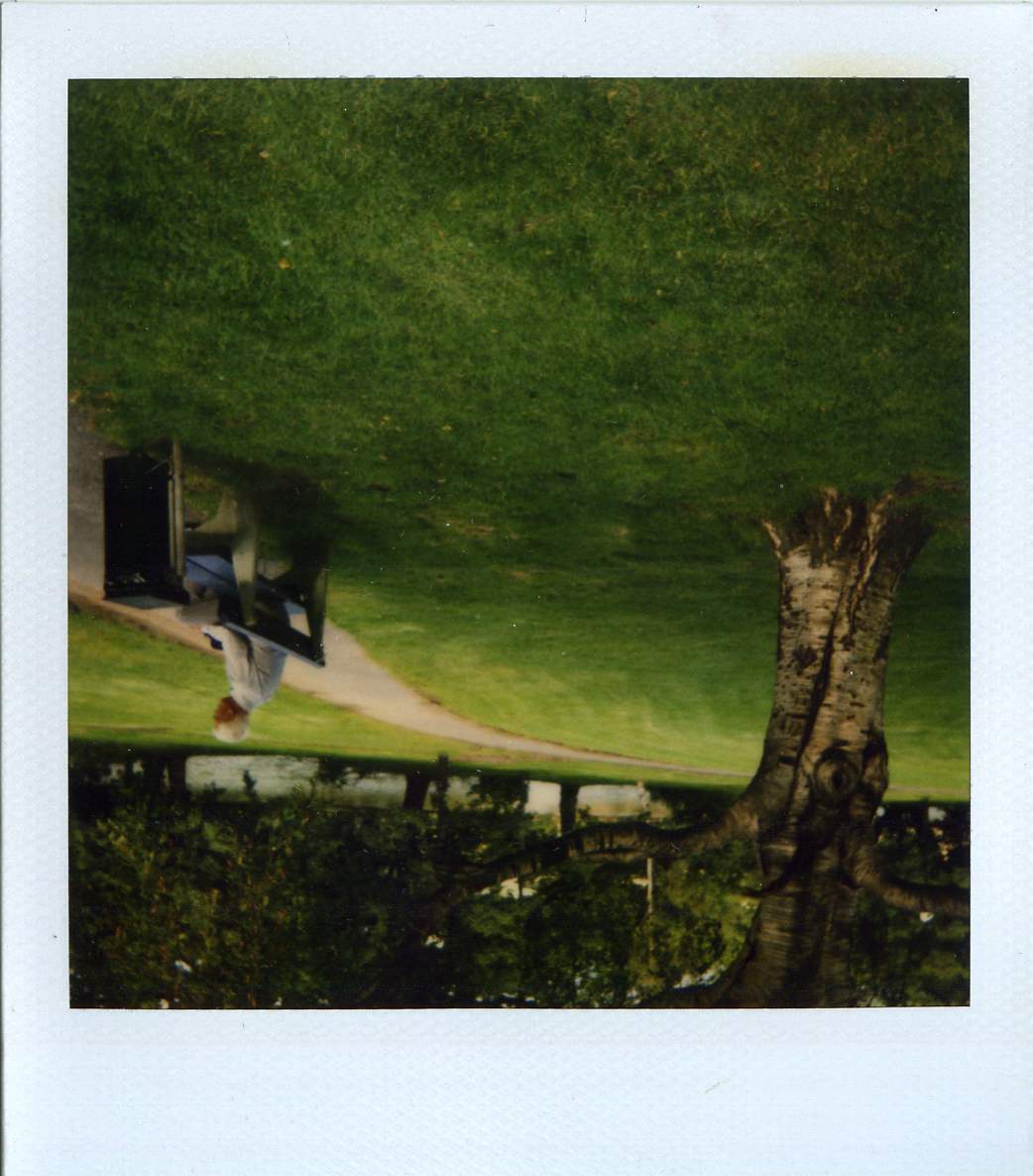 |
|||
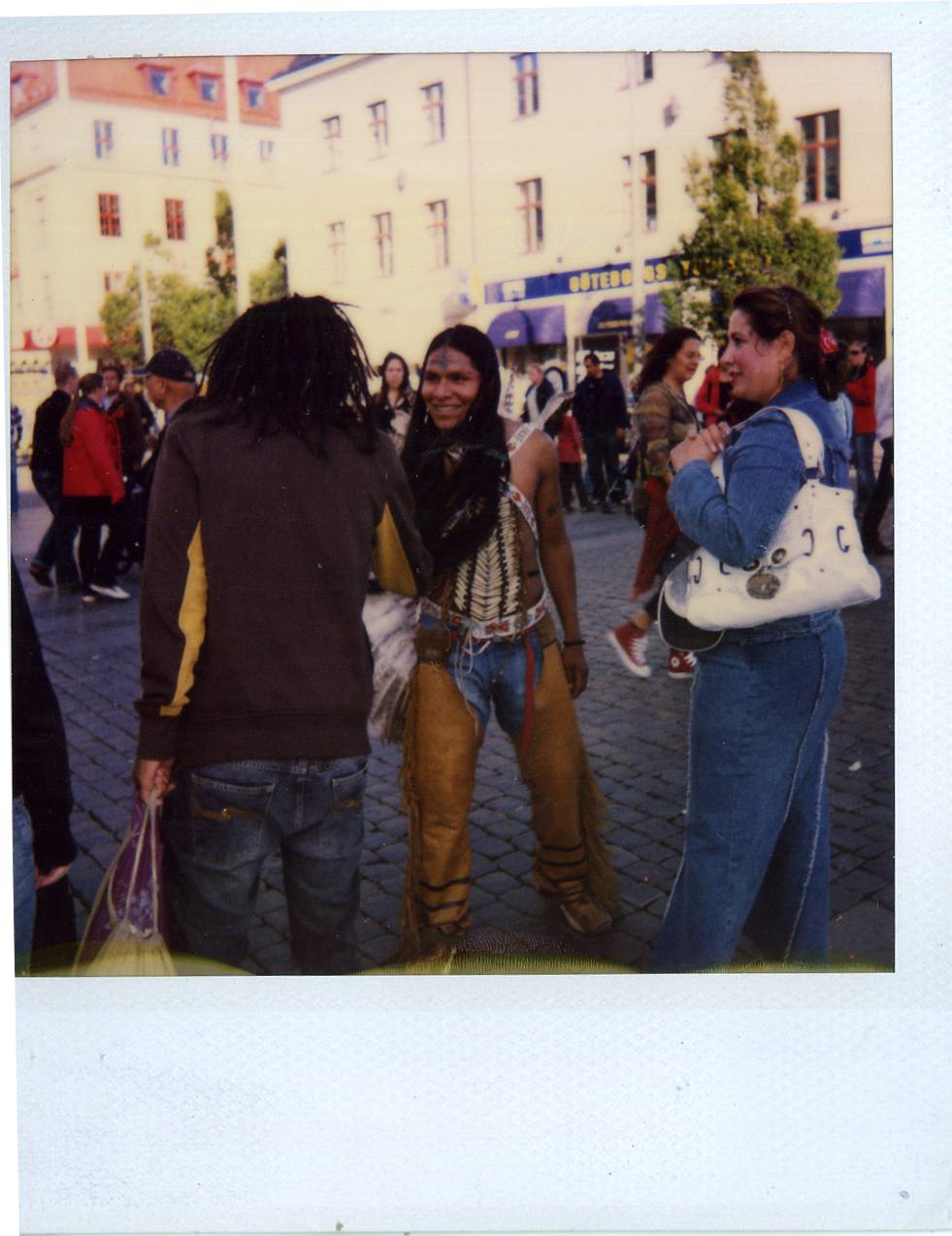 |
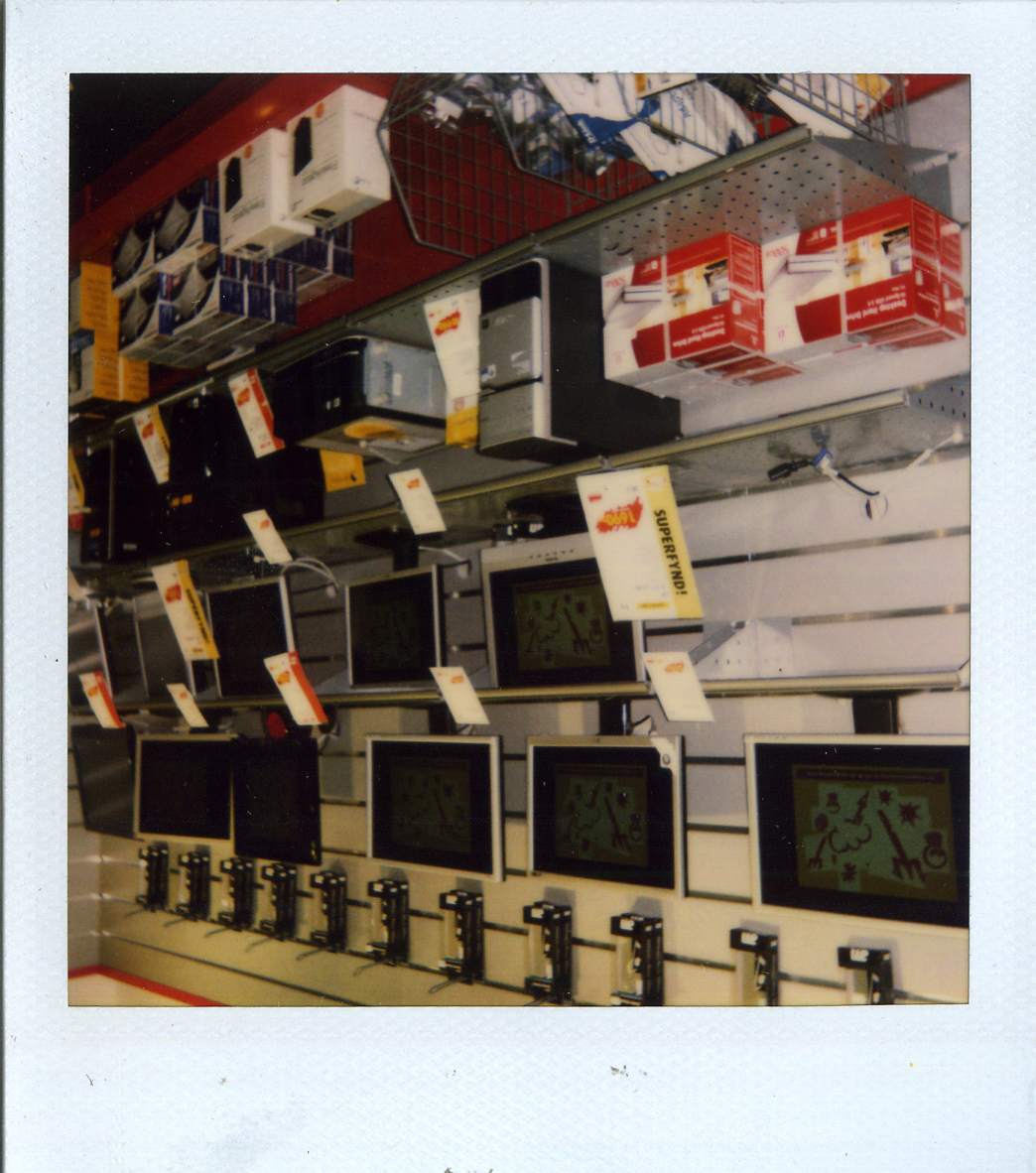 |
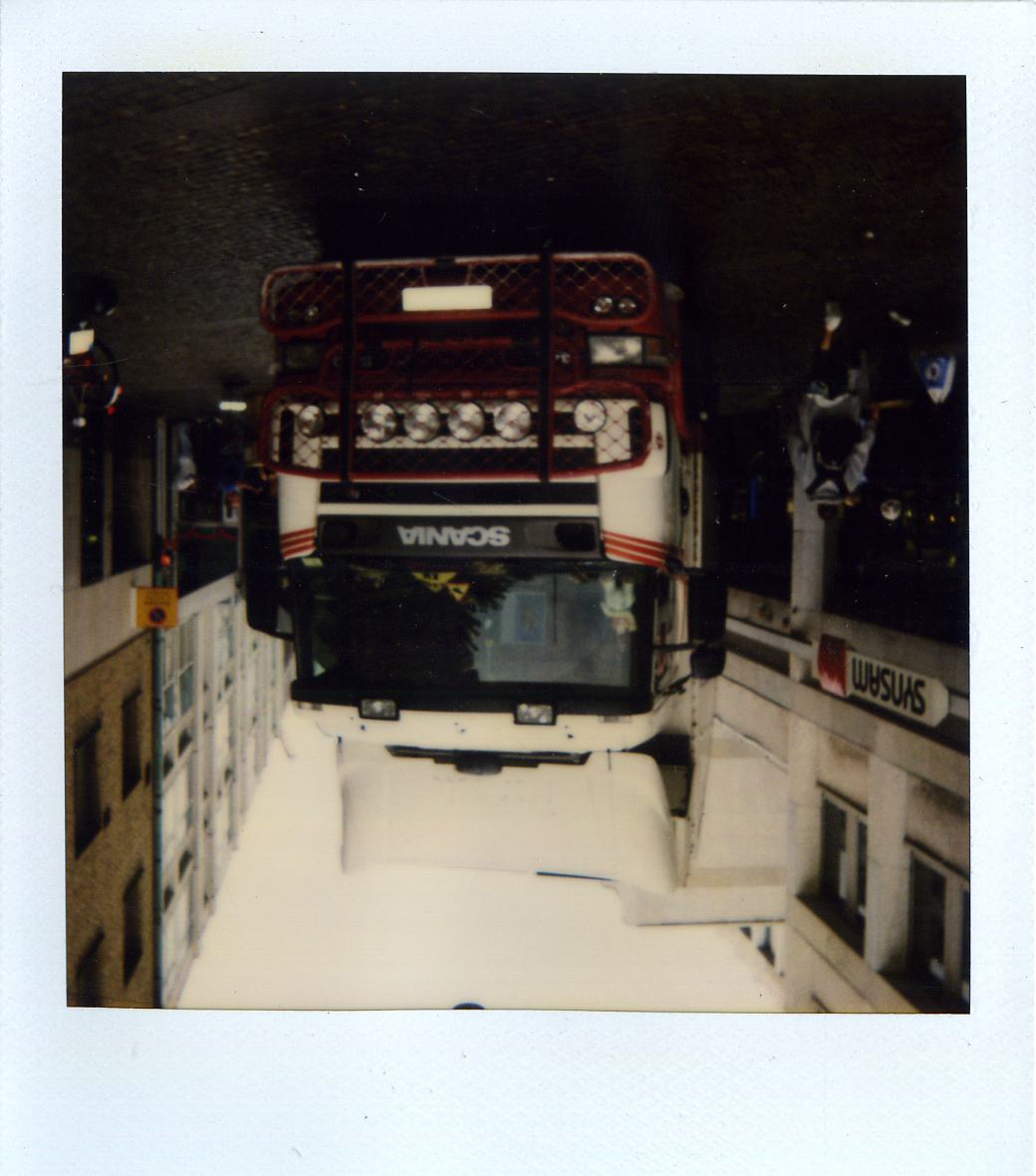 |
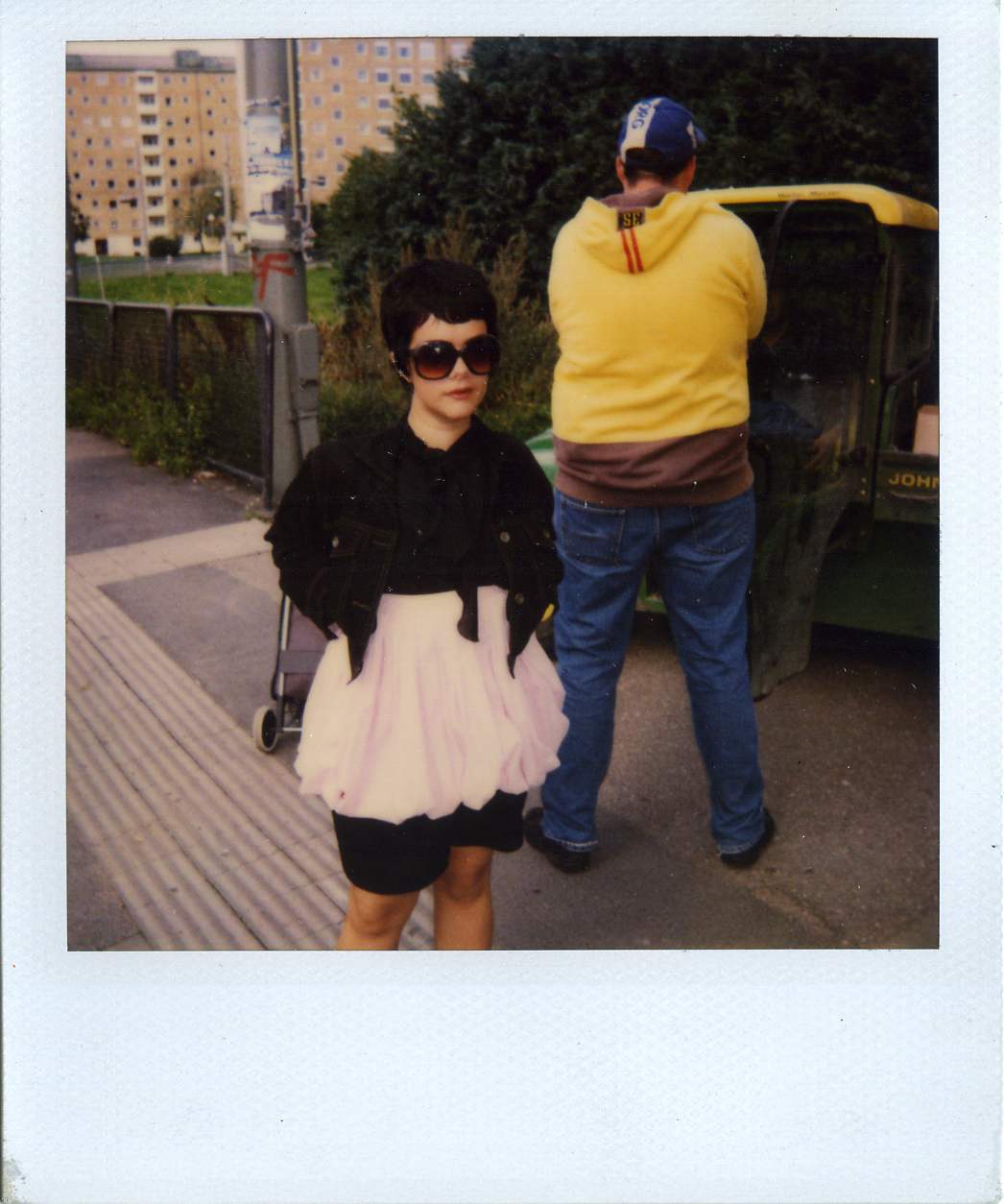 |
|||
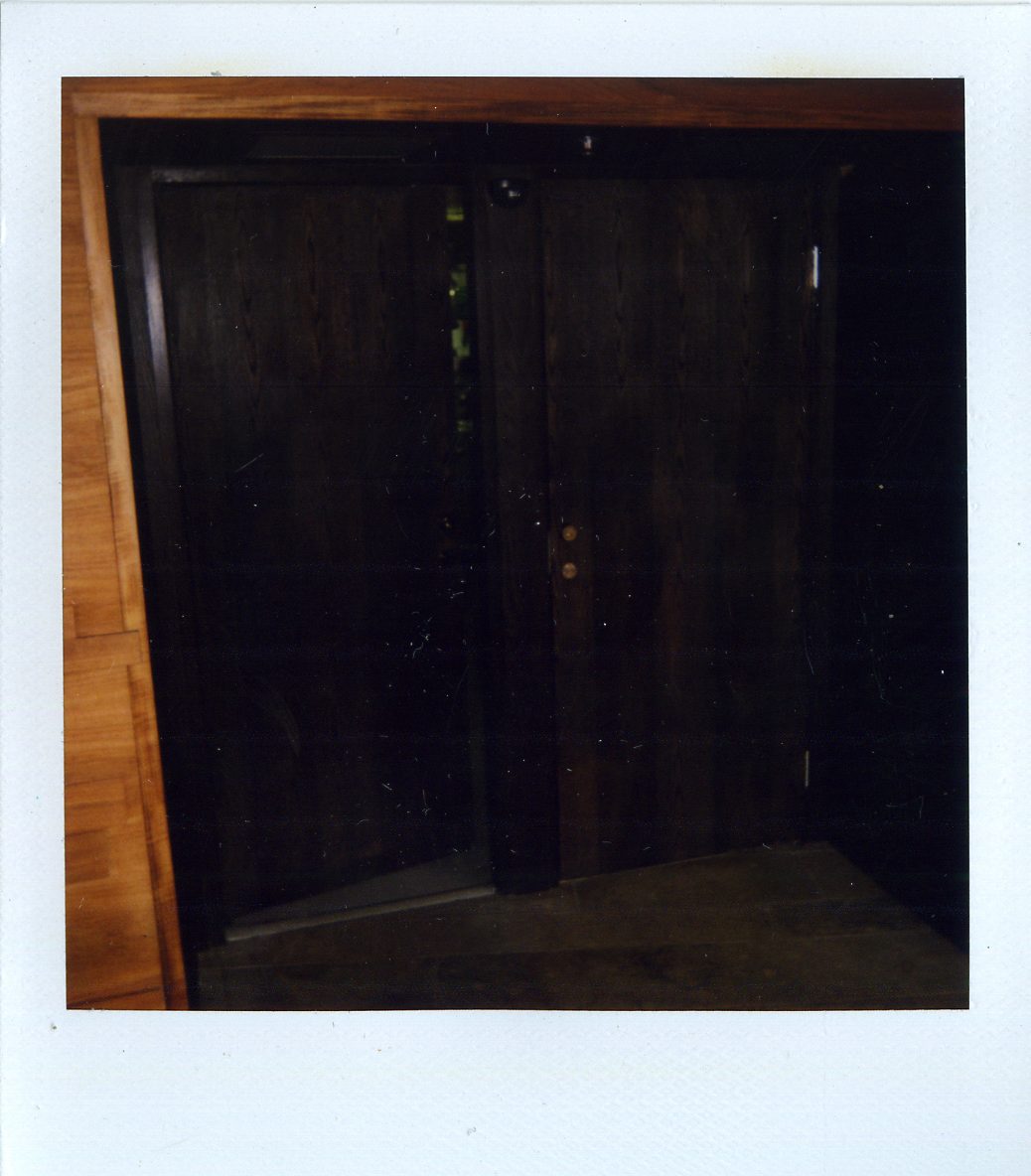 |
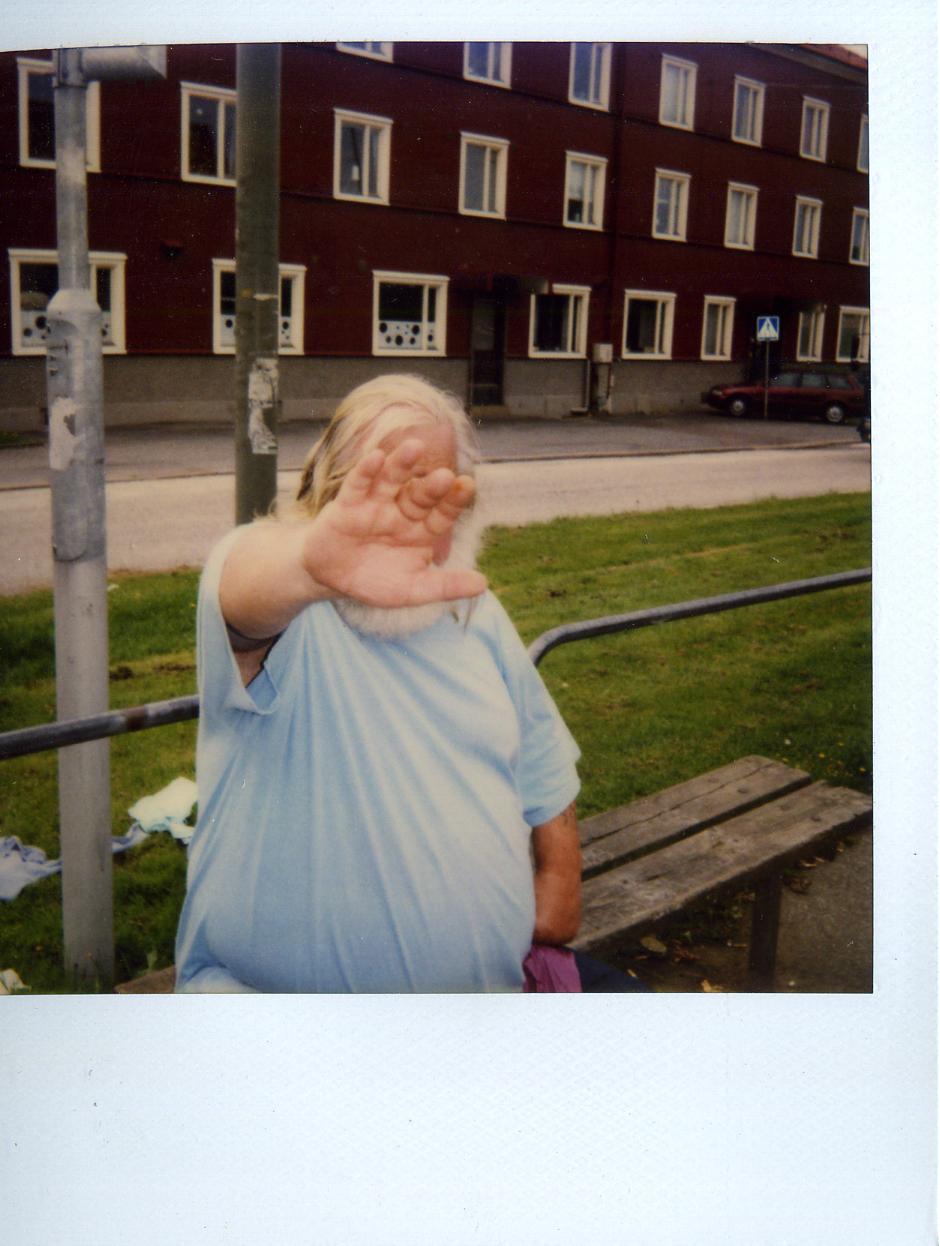 |
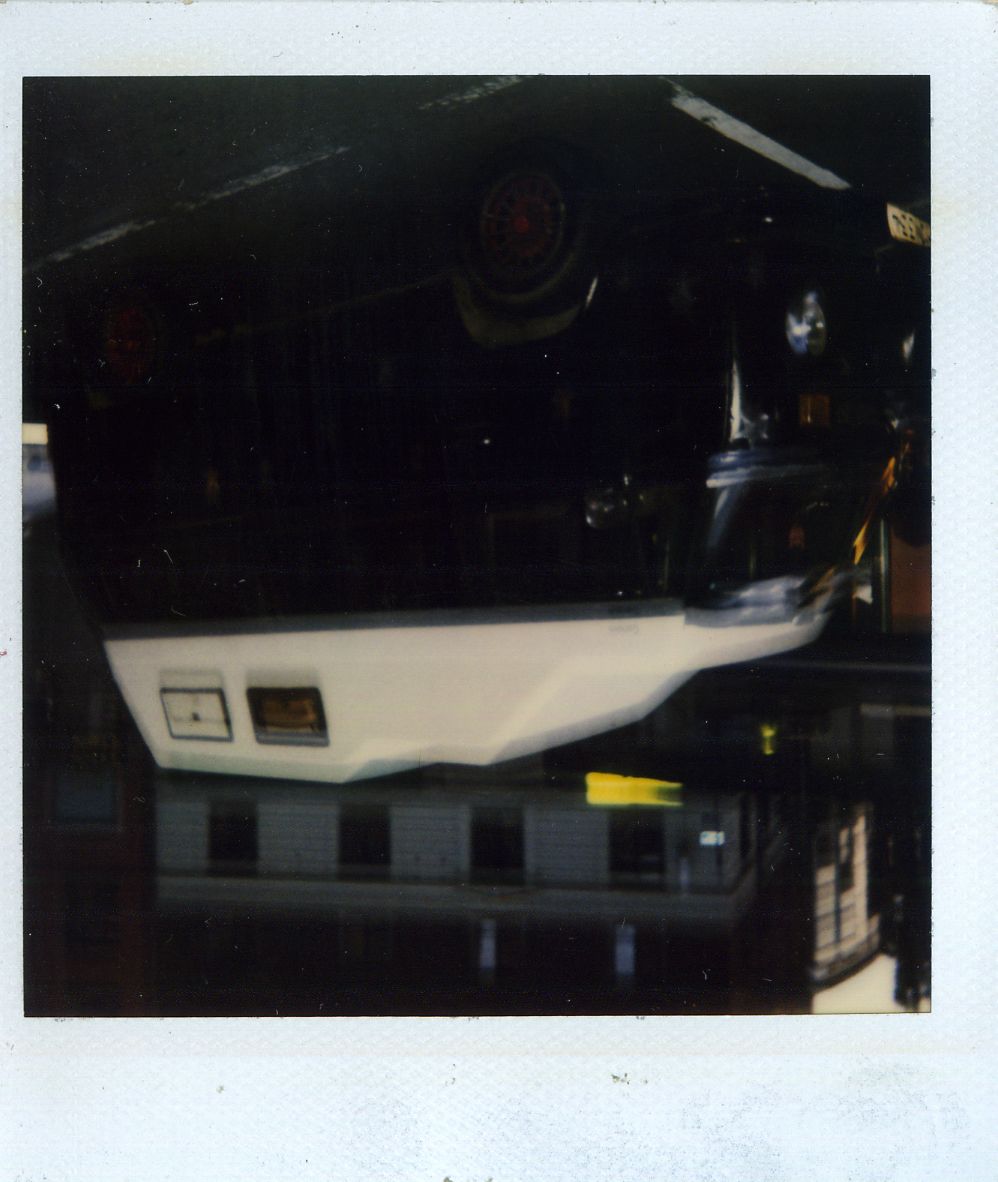 |
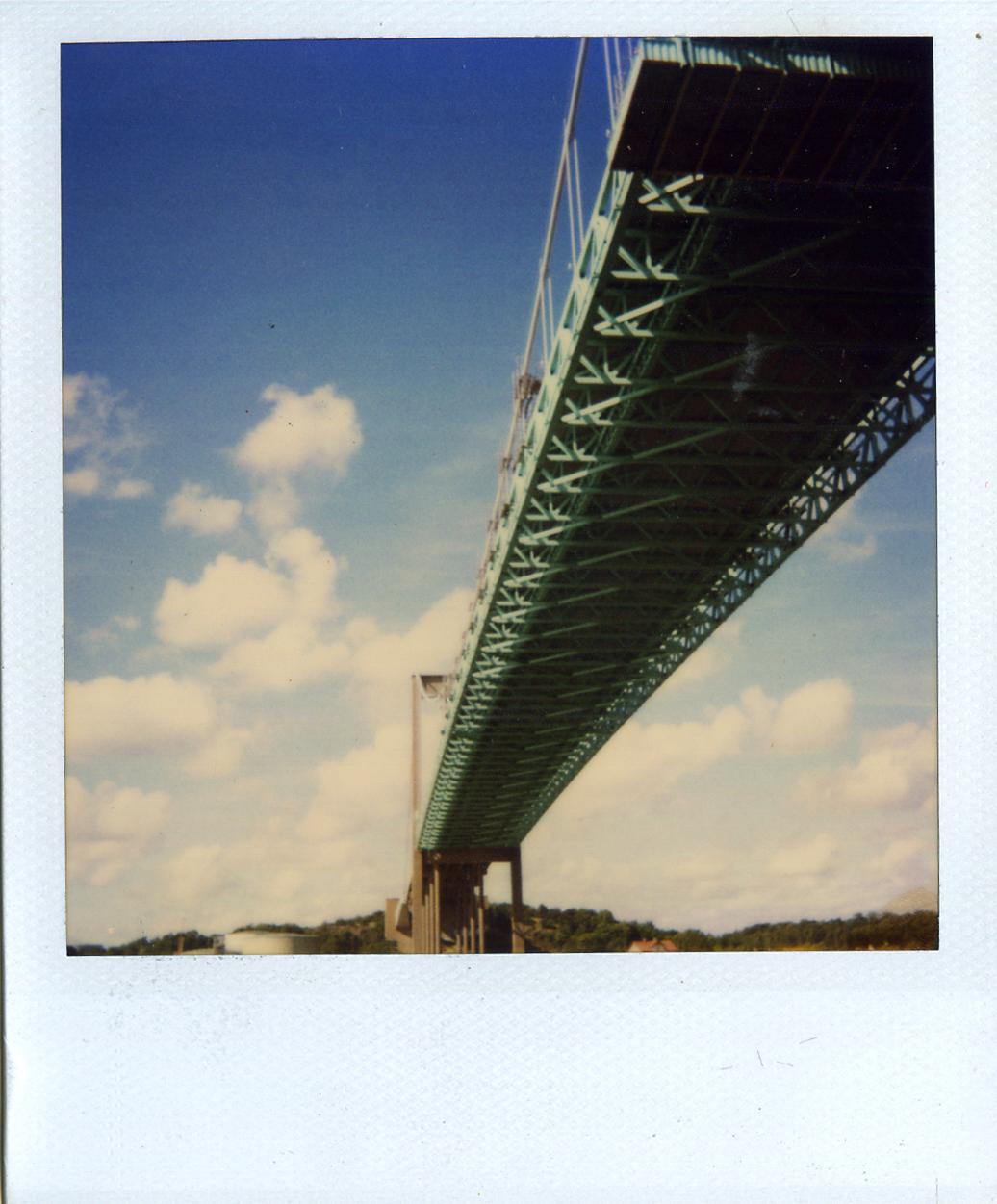 |
|||
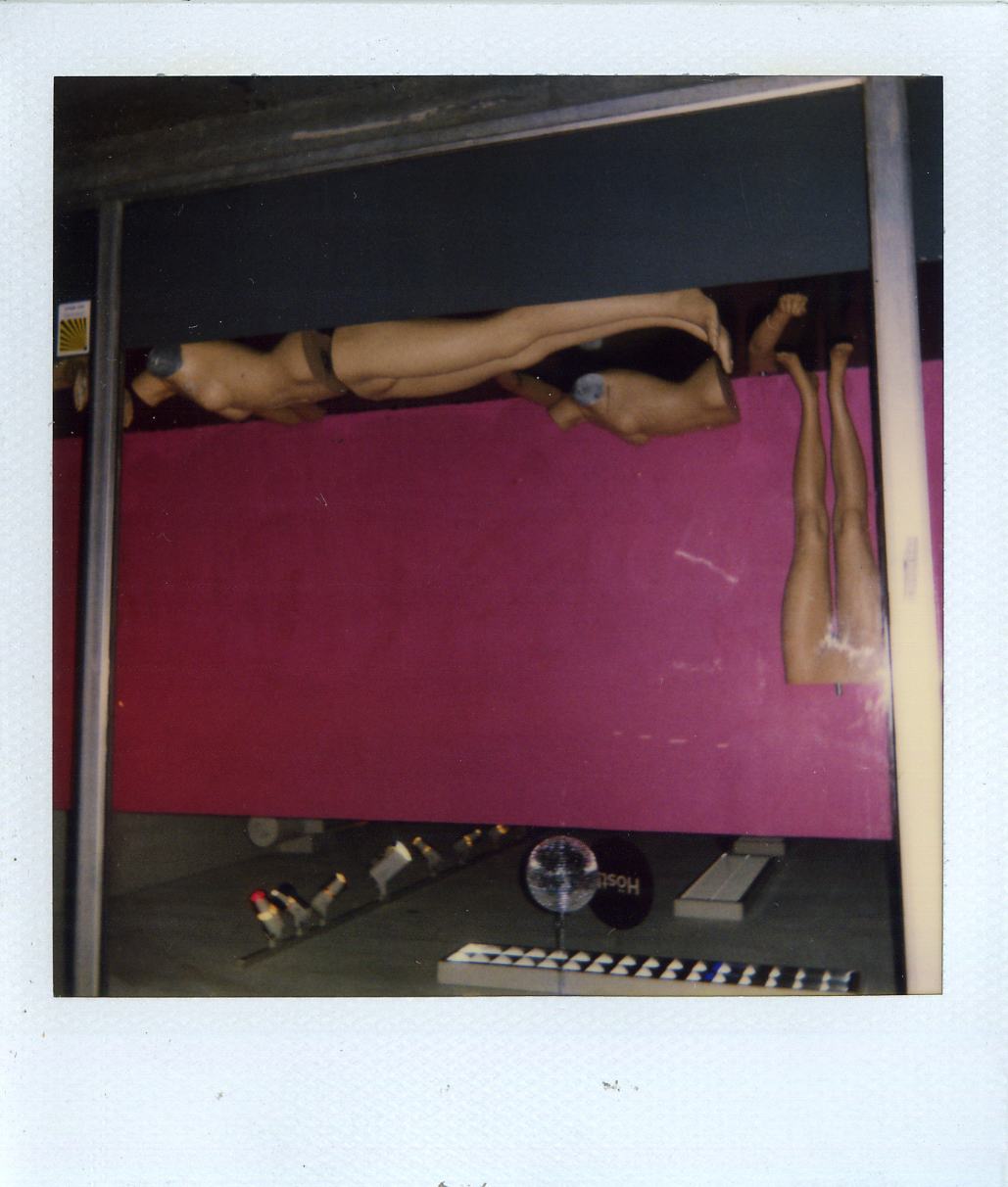 |
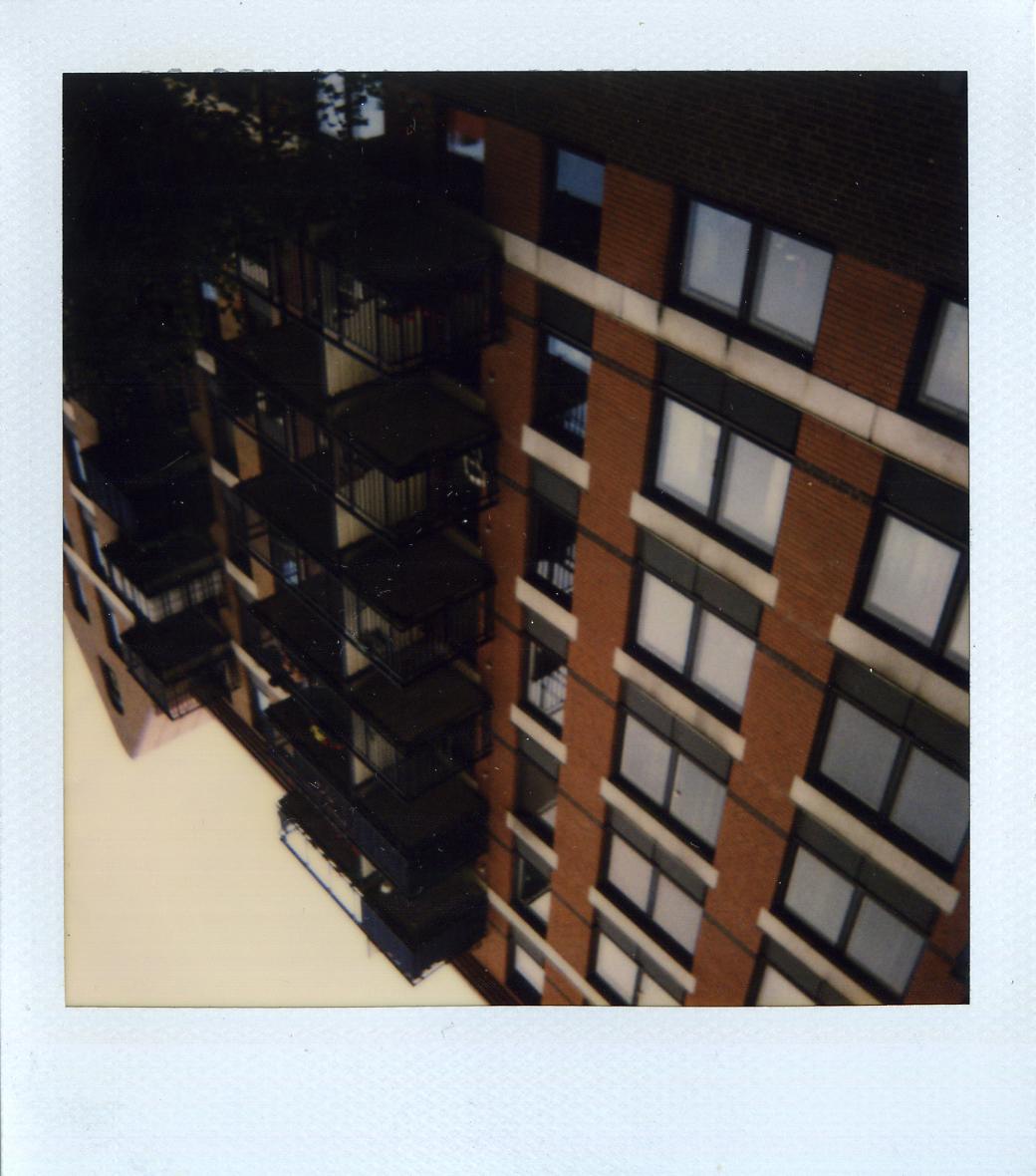 |
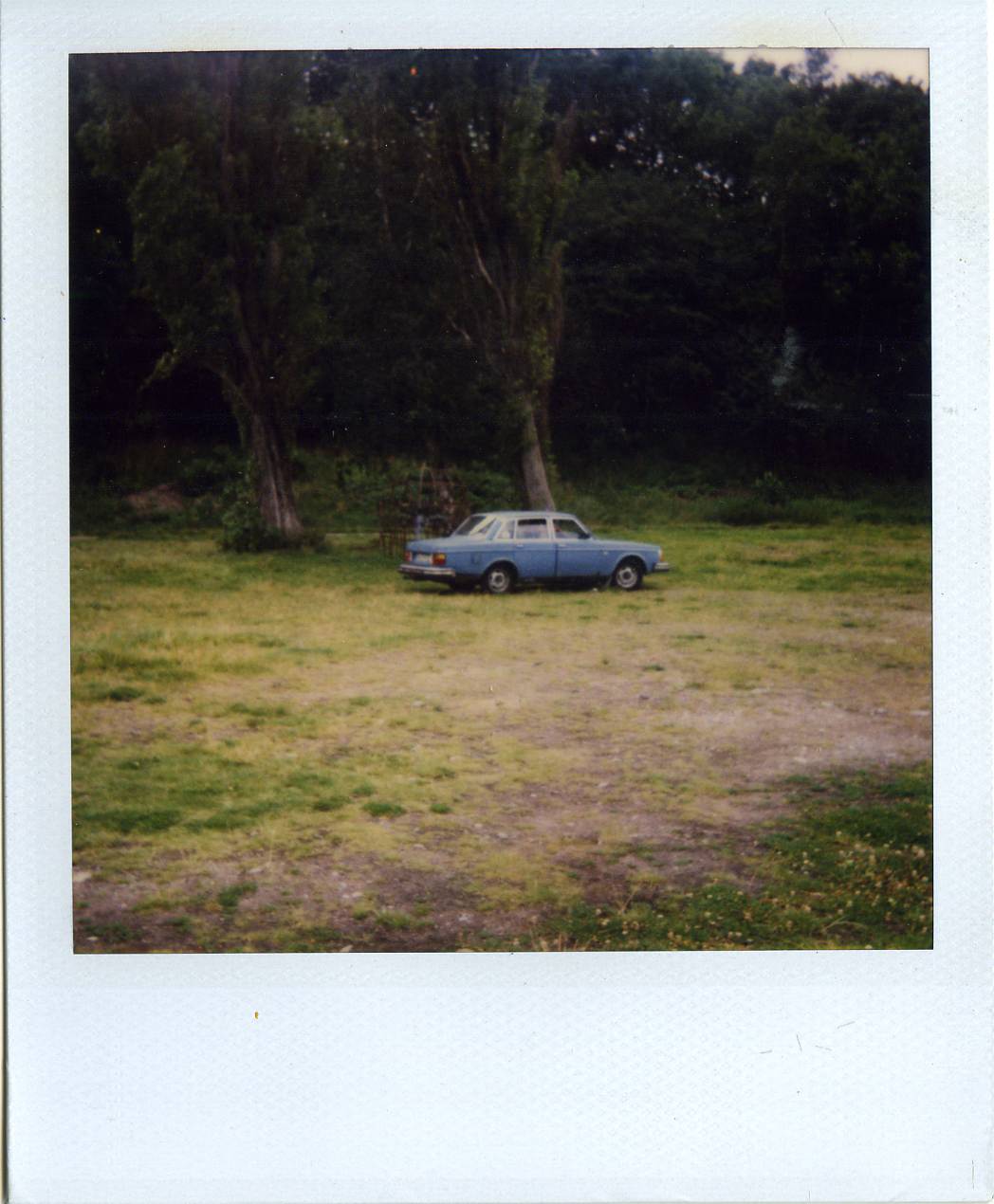 |
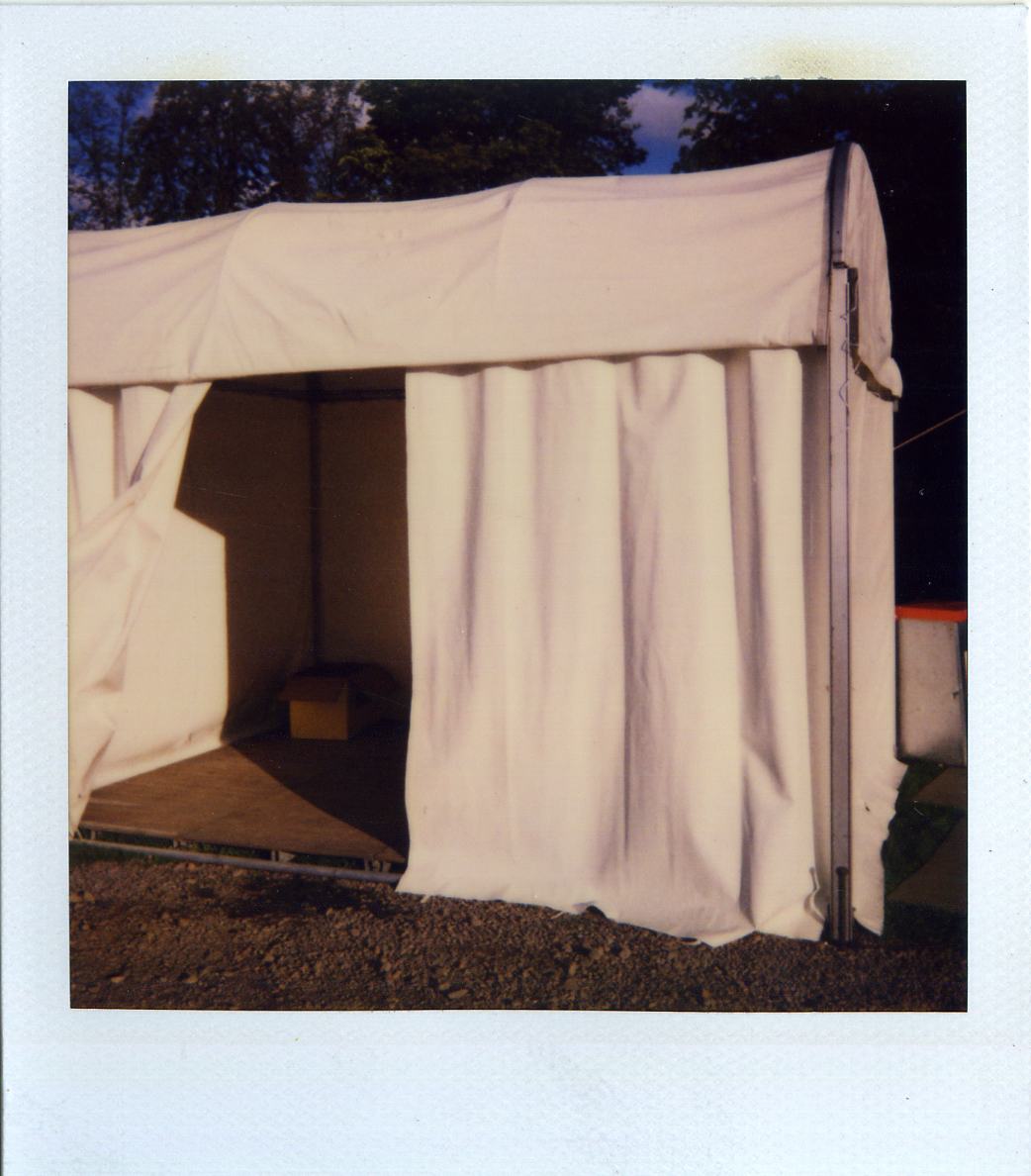 |
|||
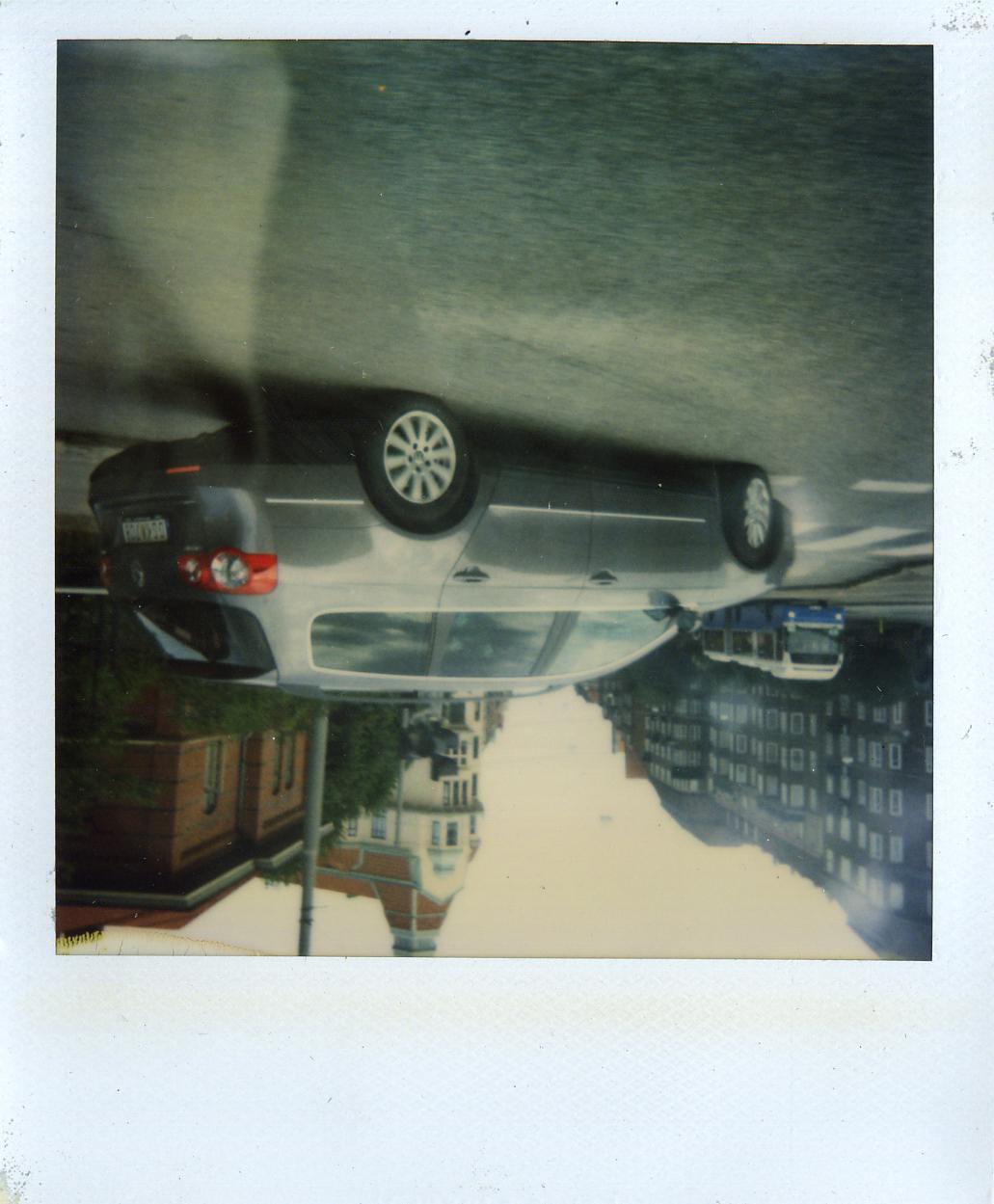 |
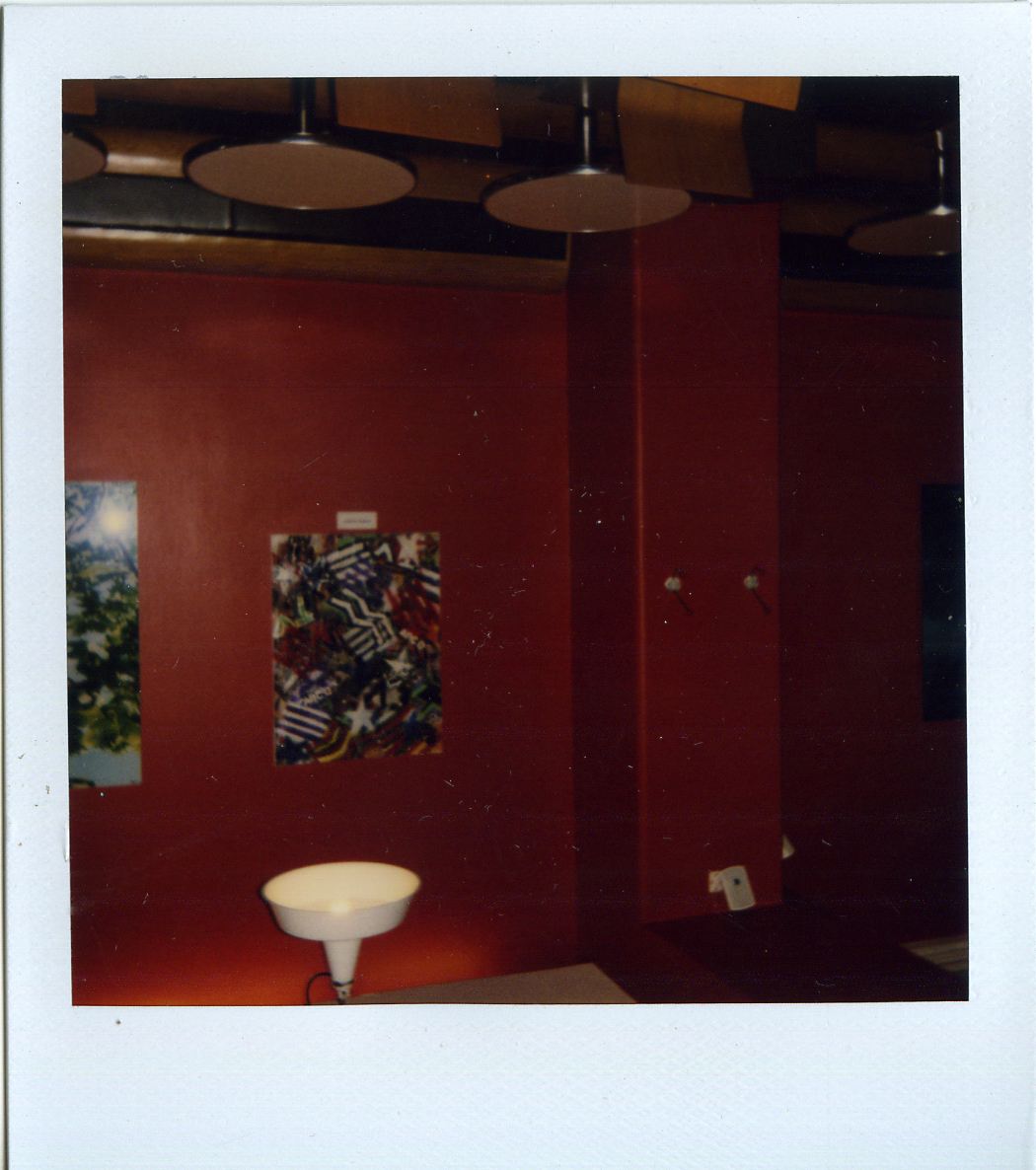 |
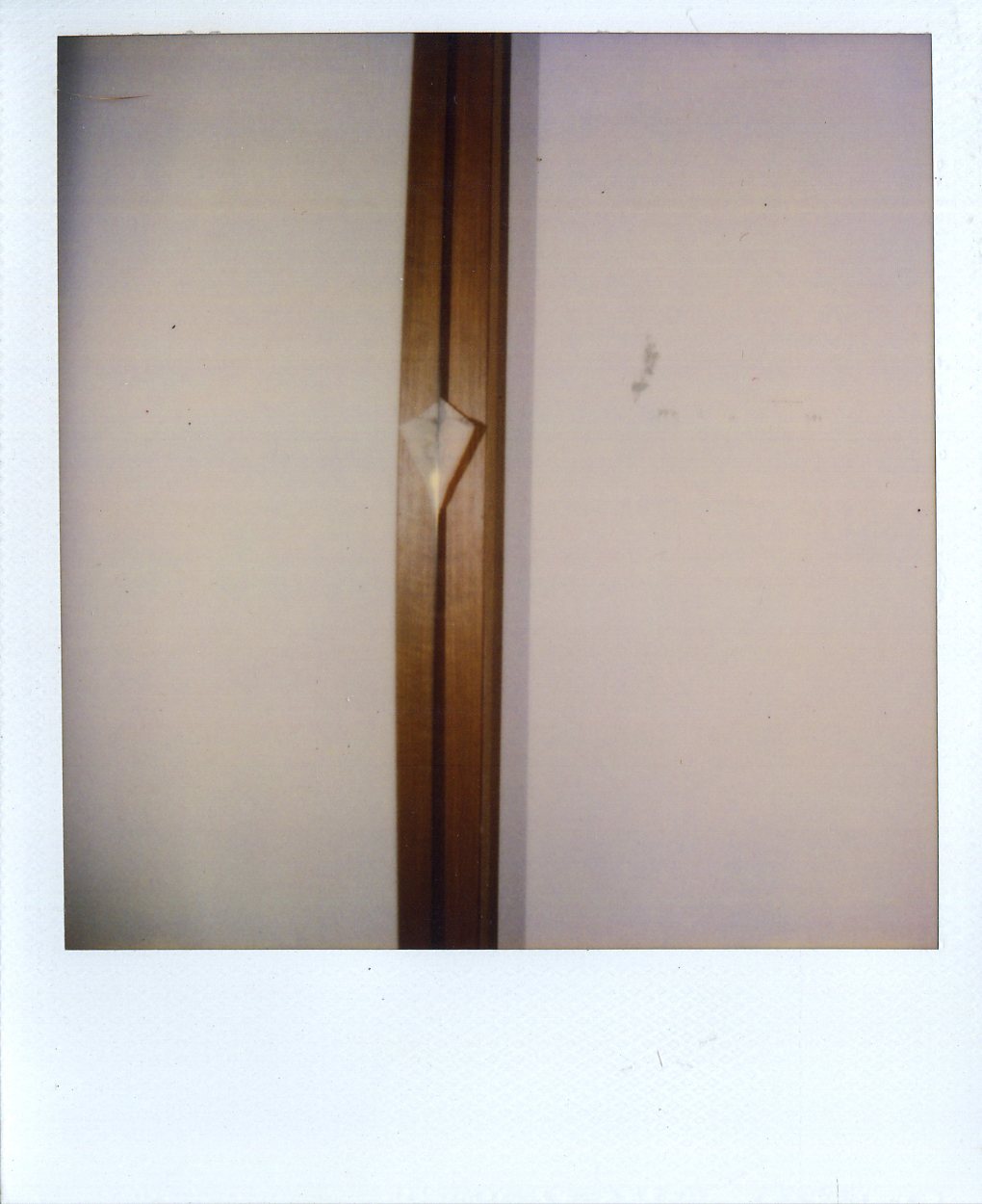 |
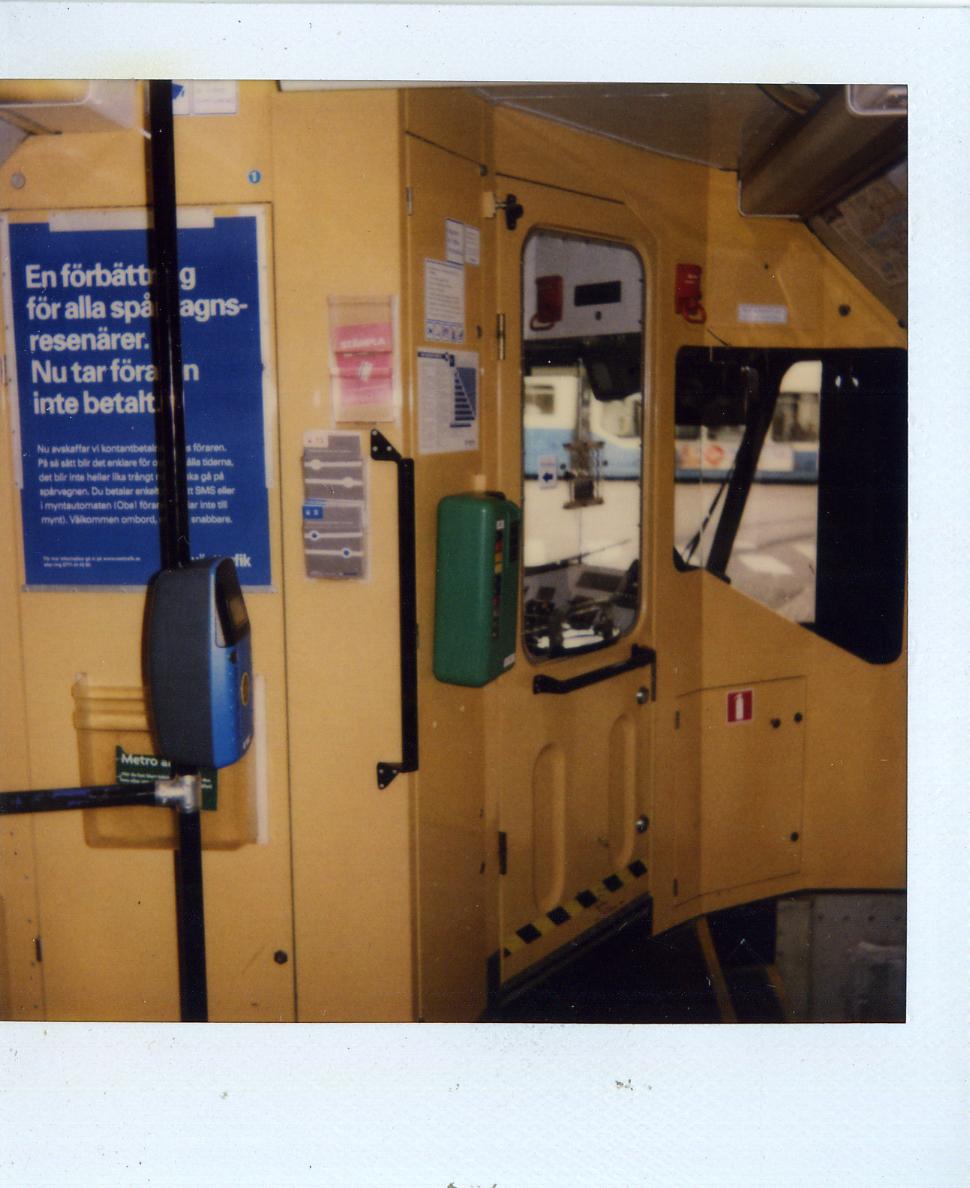 |
|||
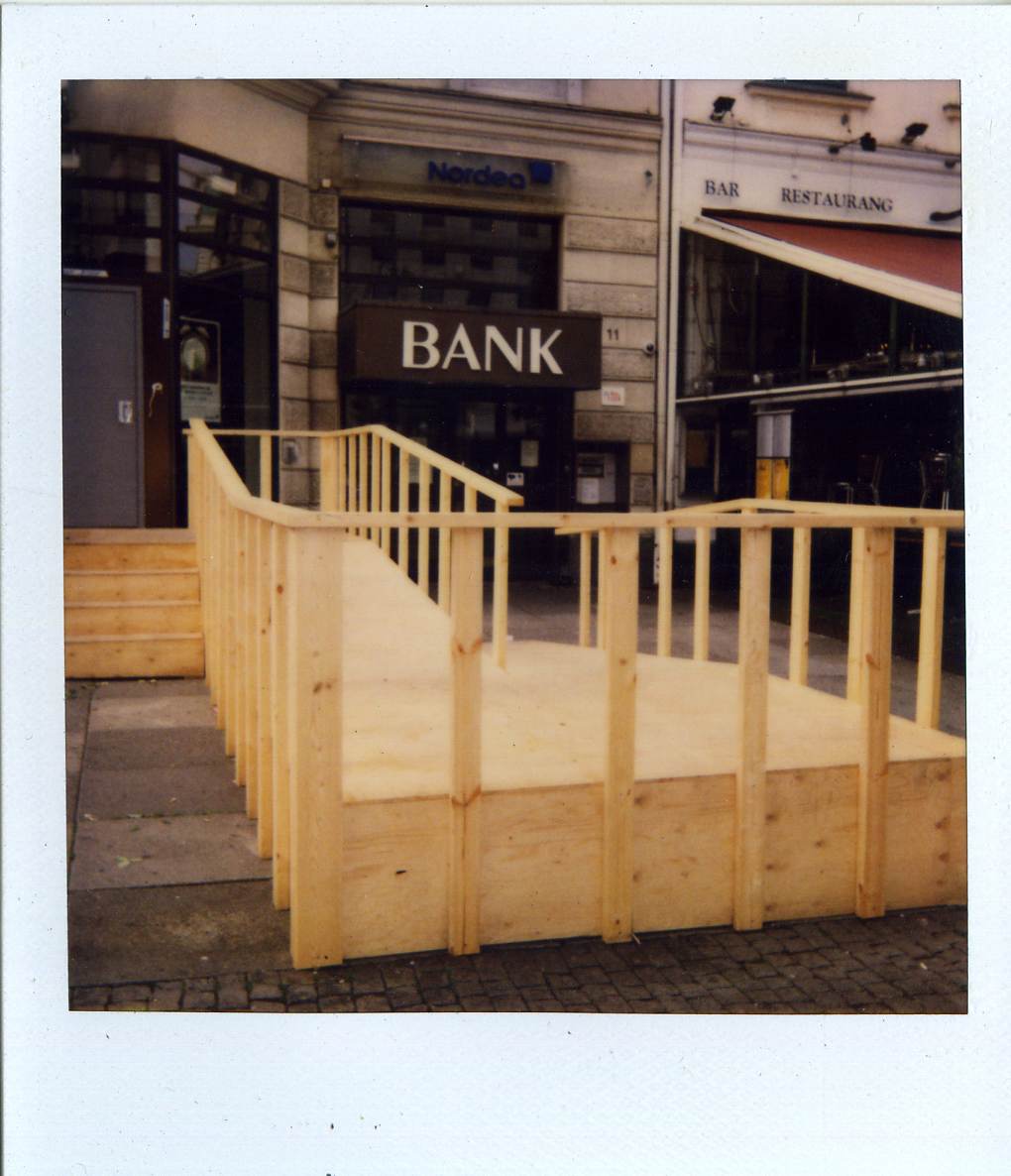 |
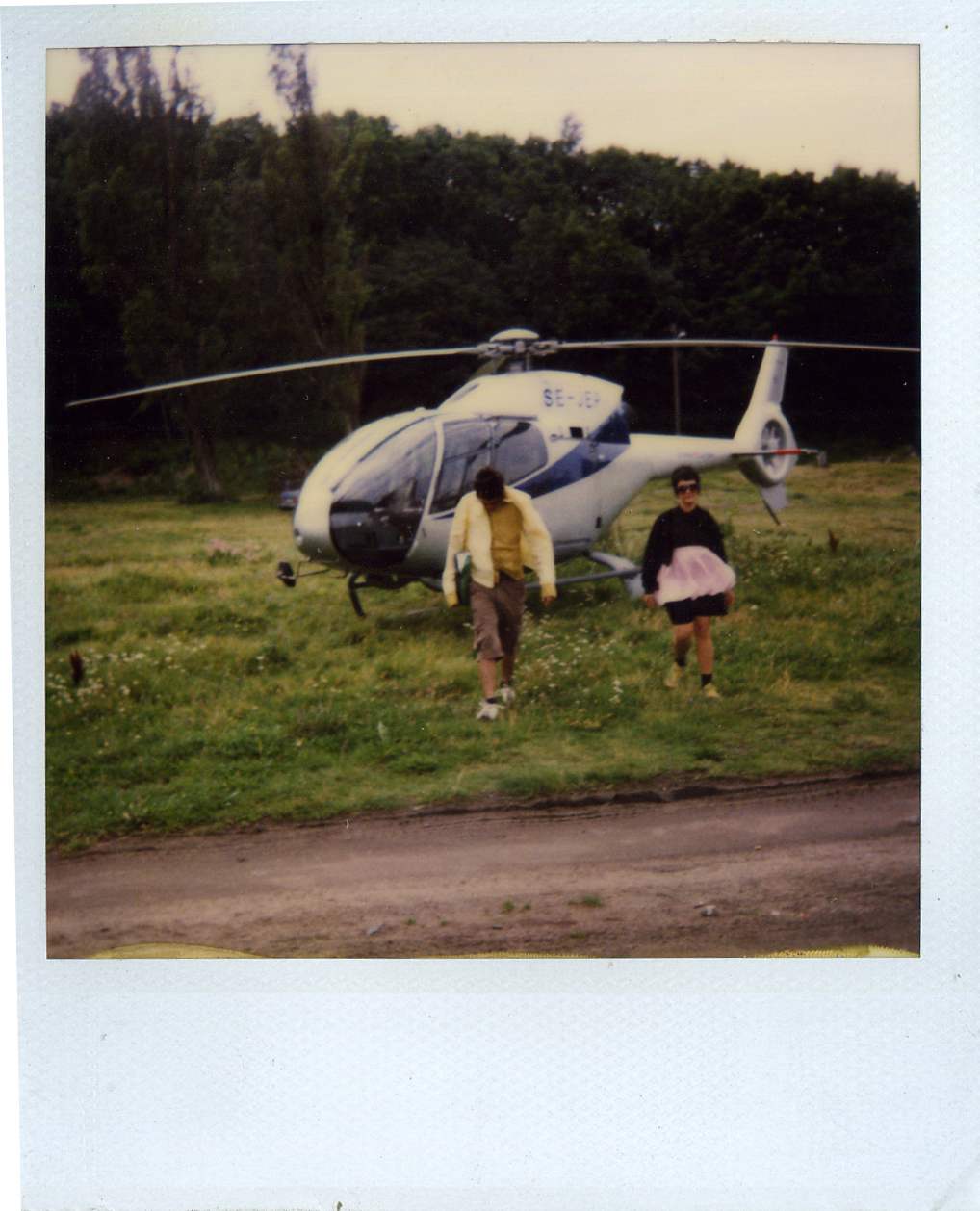 |
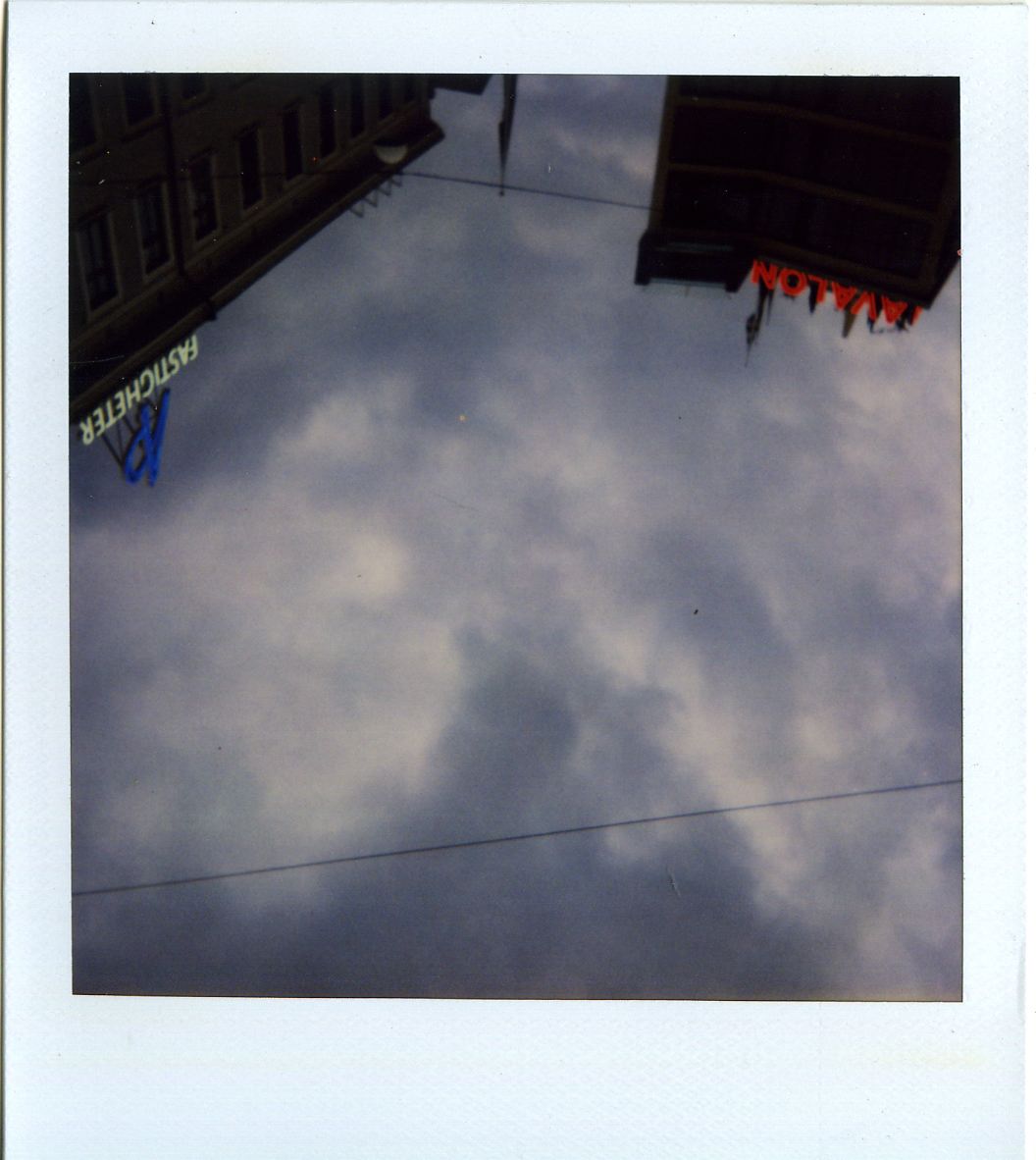 |
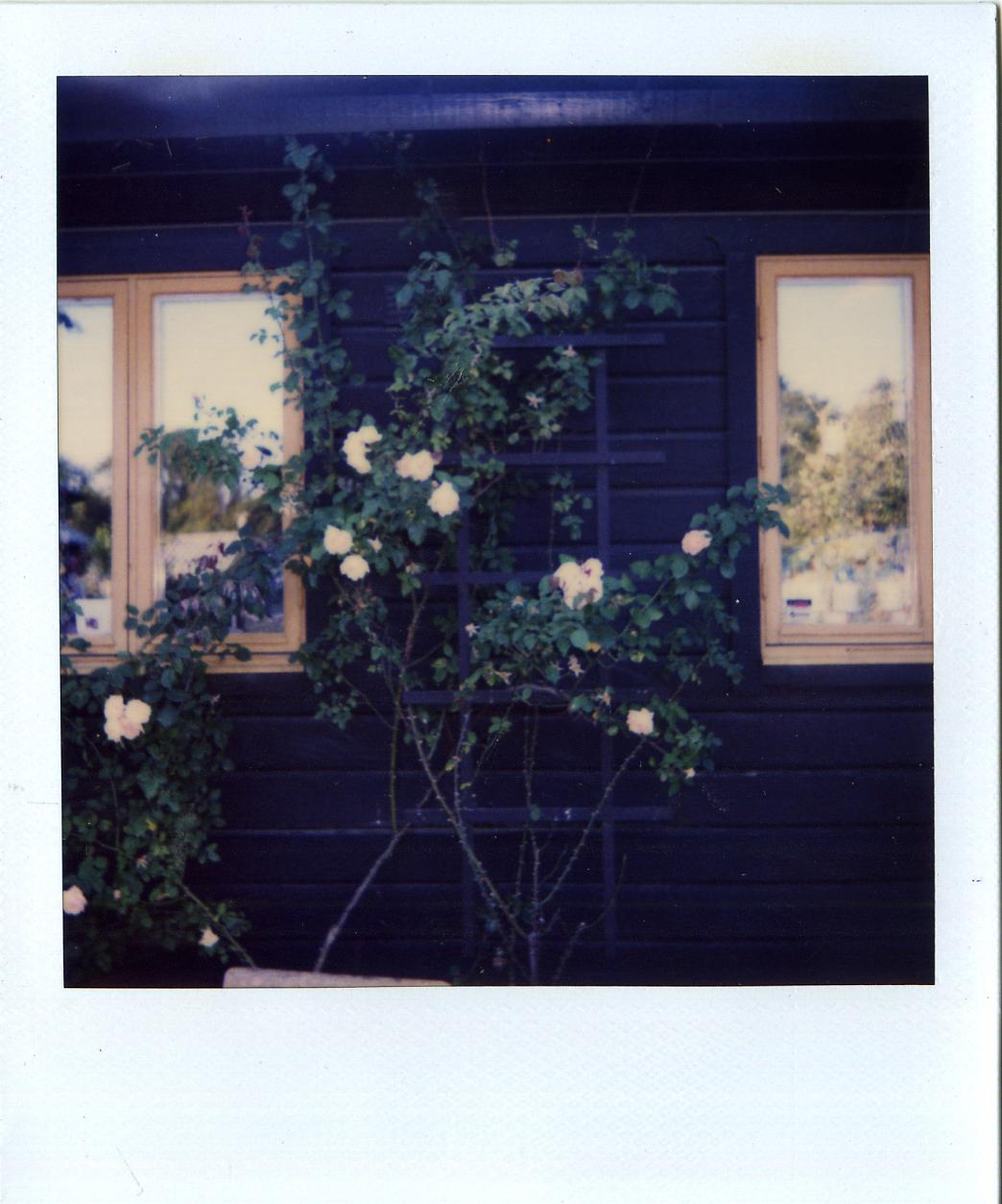 |
|||
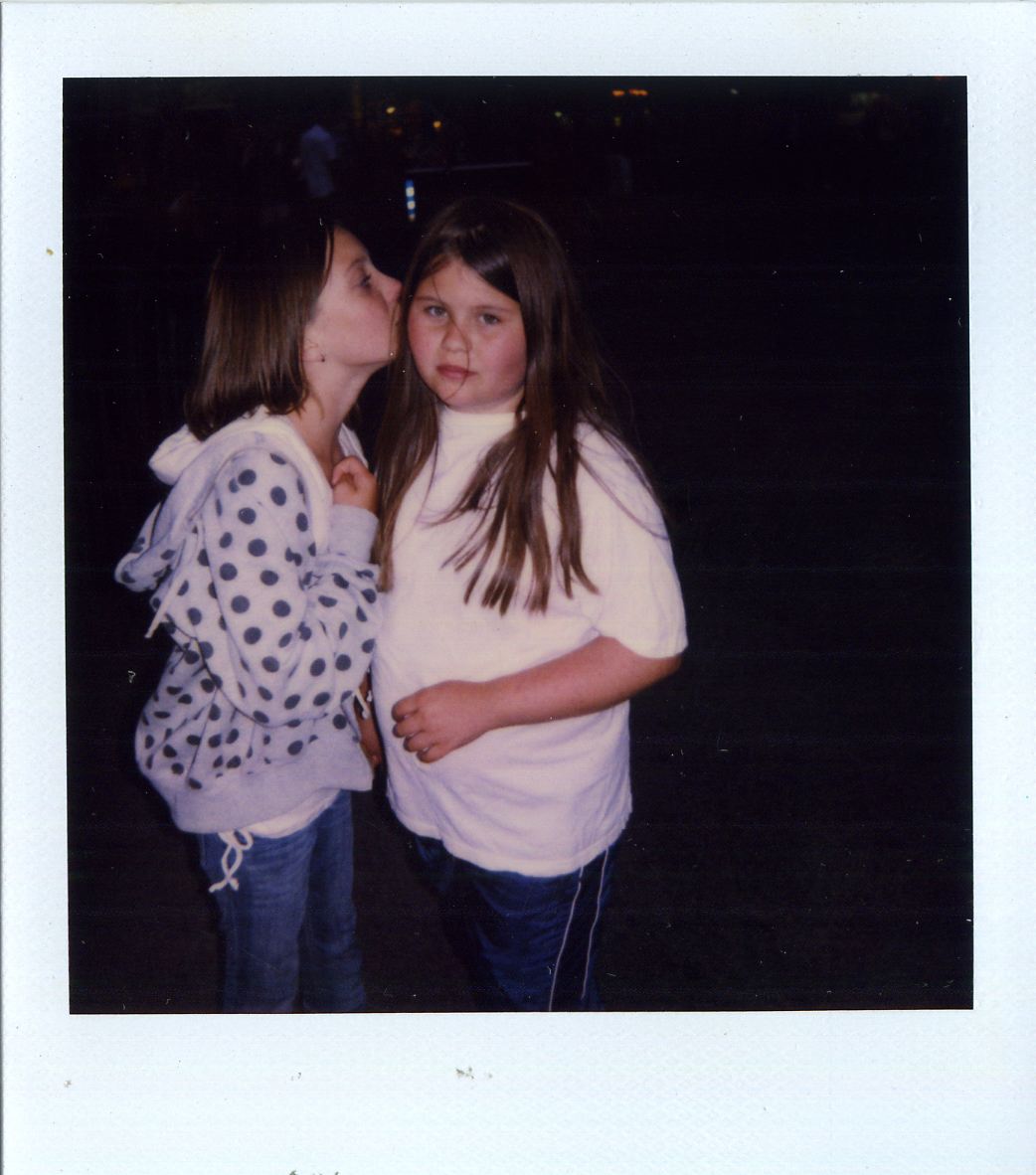 |
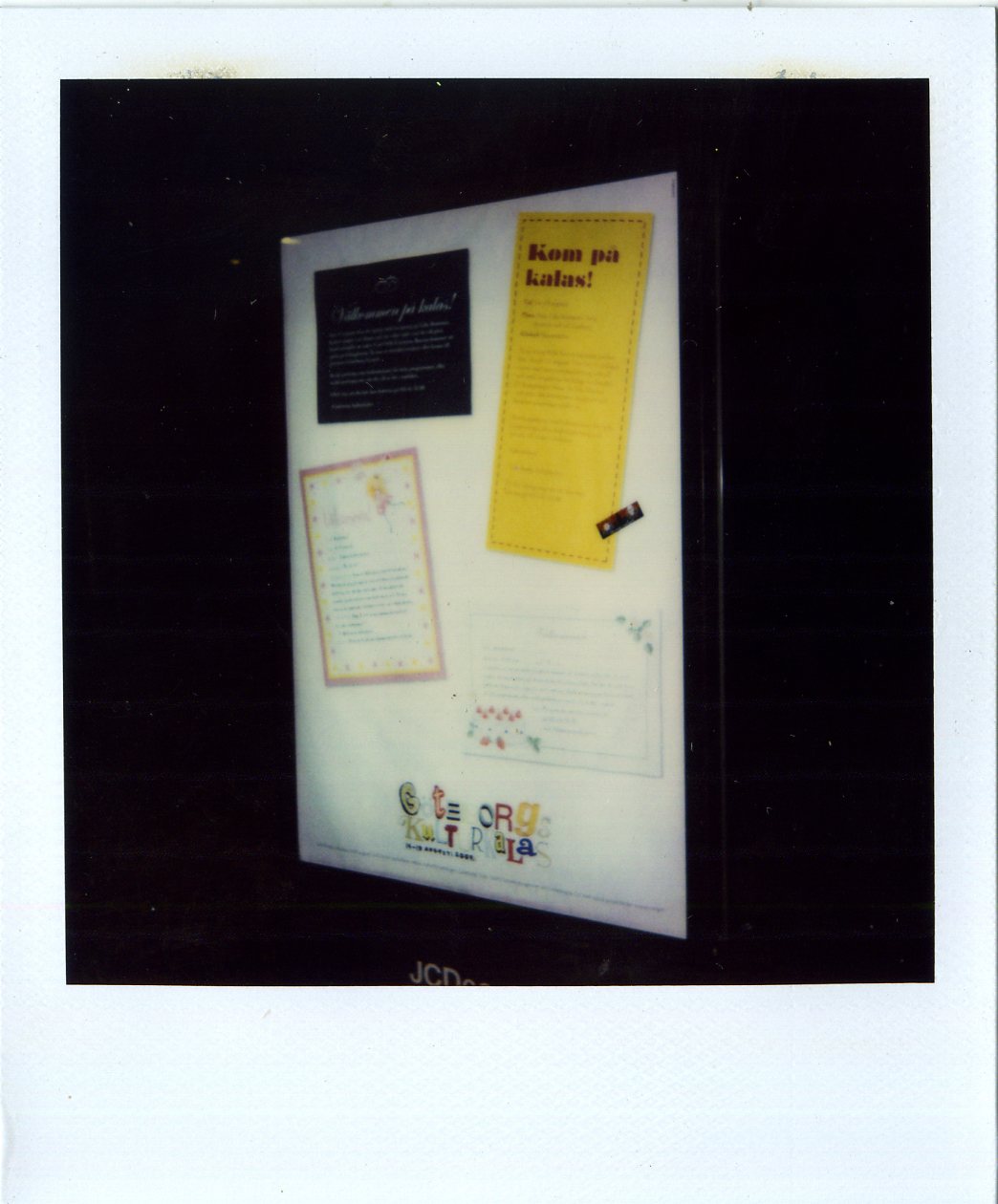 |
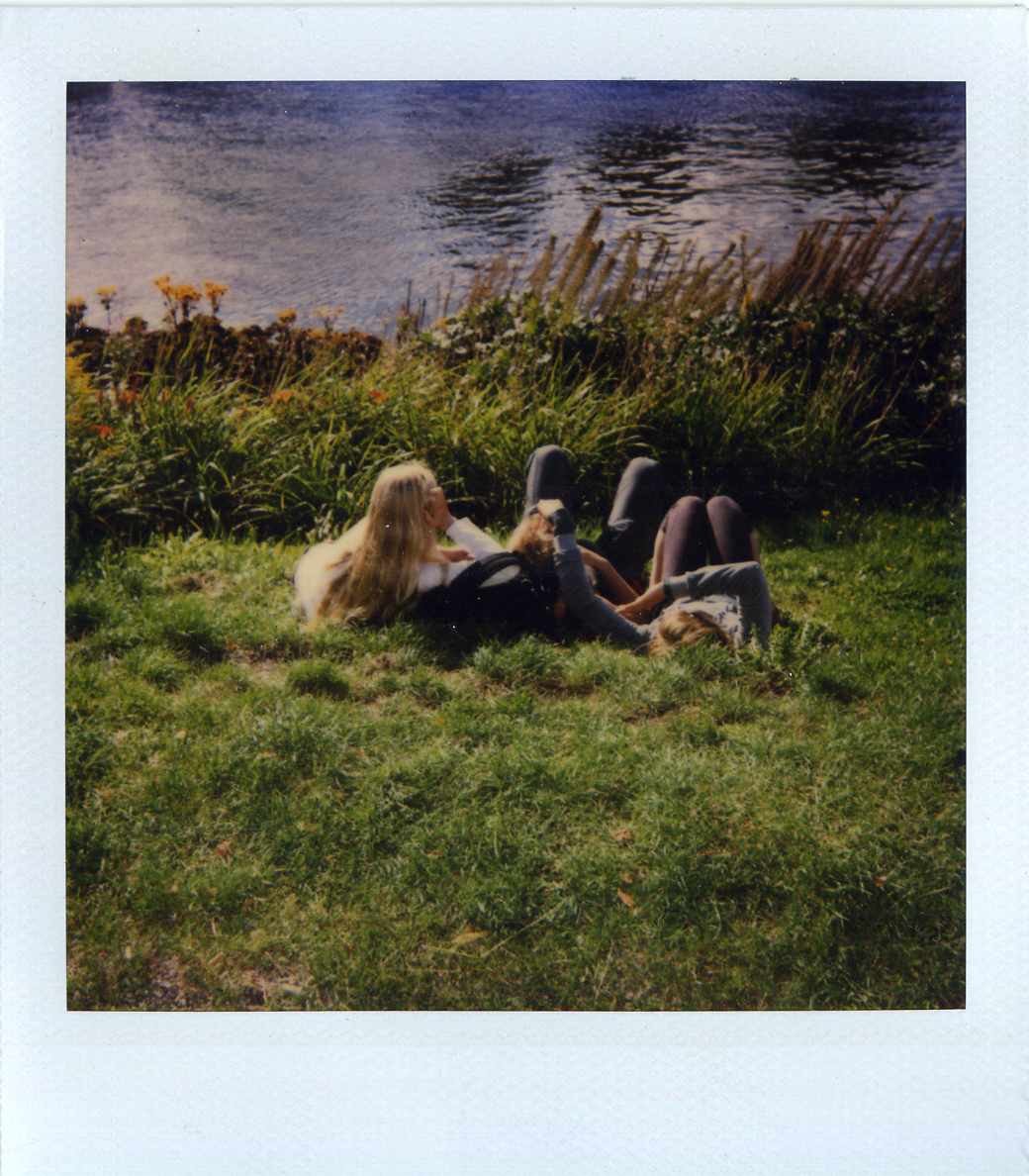 |
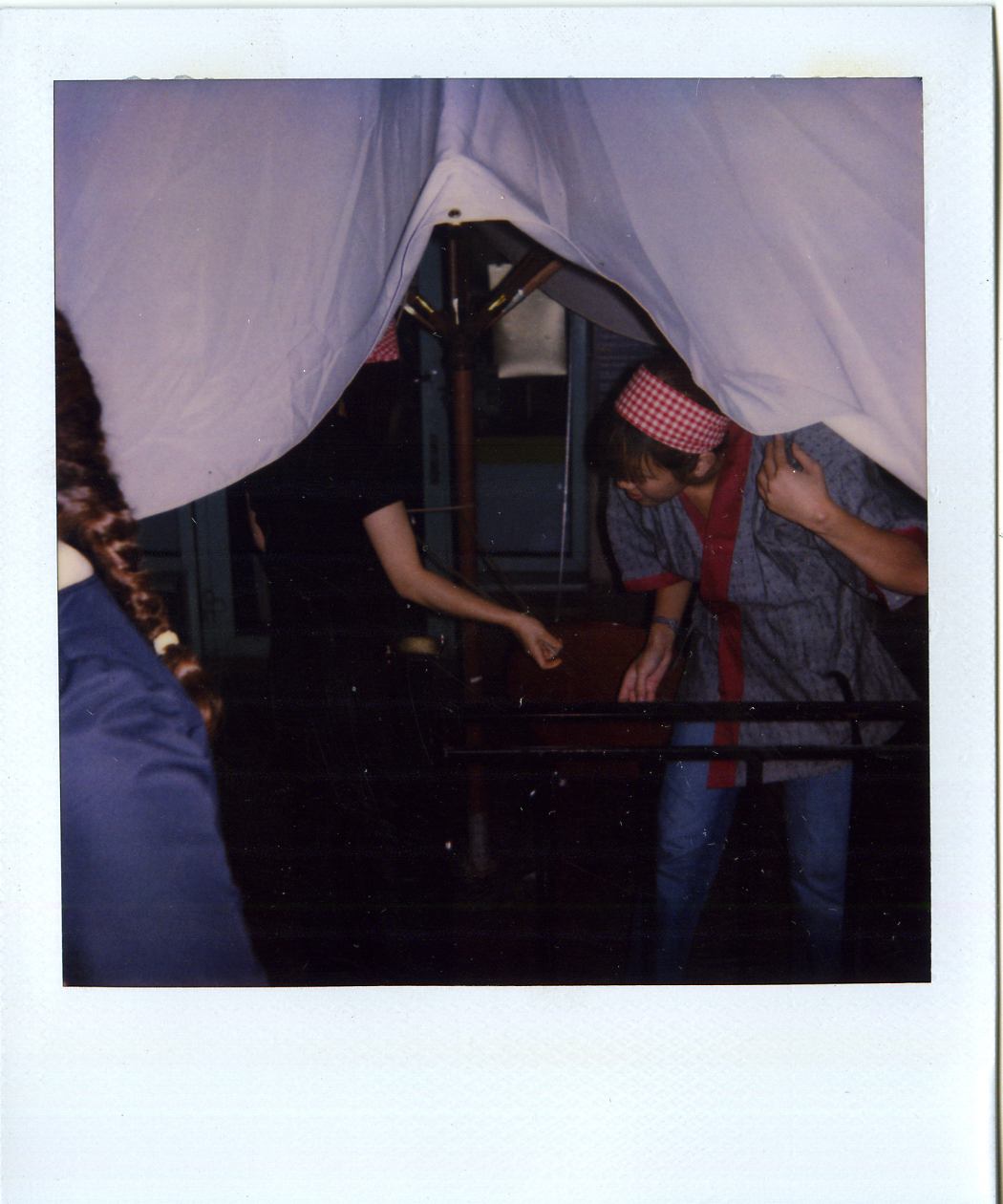 |
|||
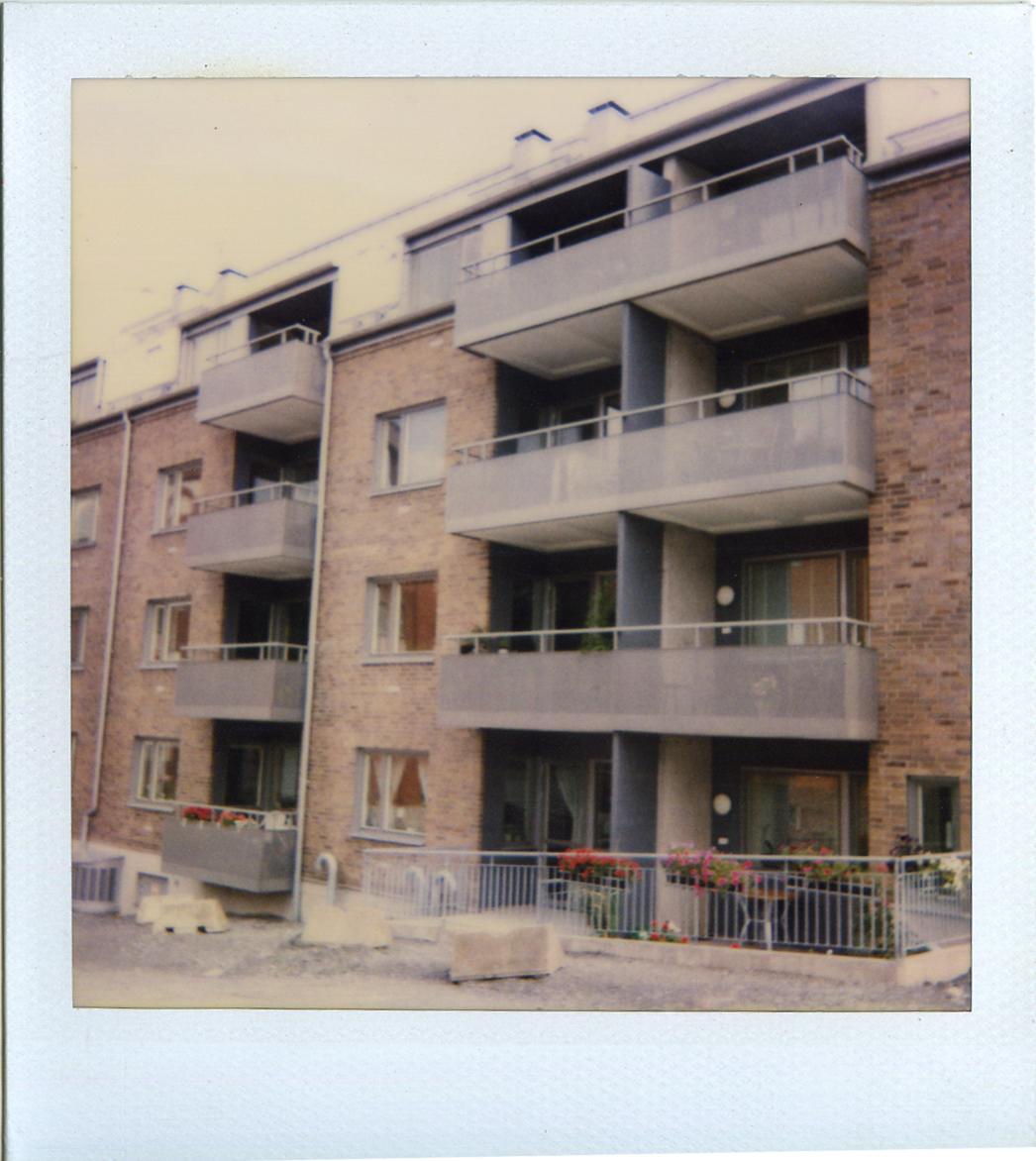 |
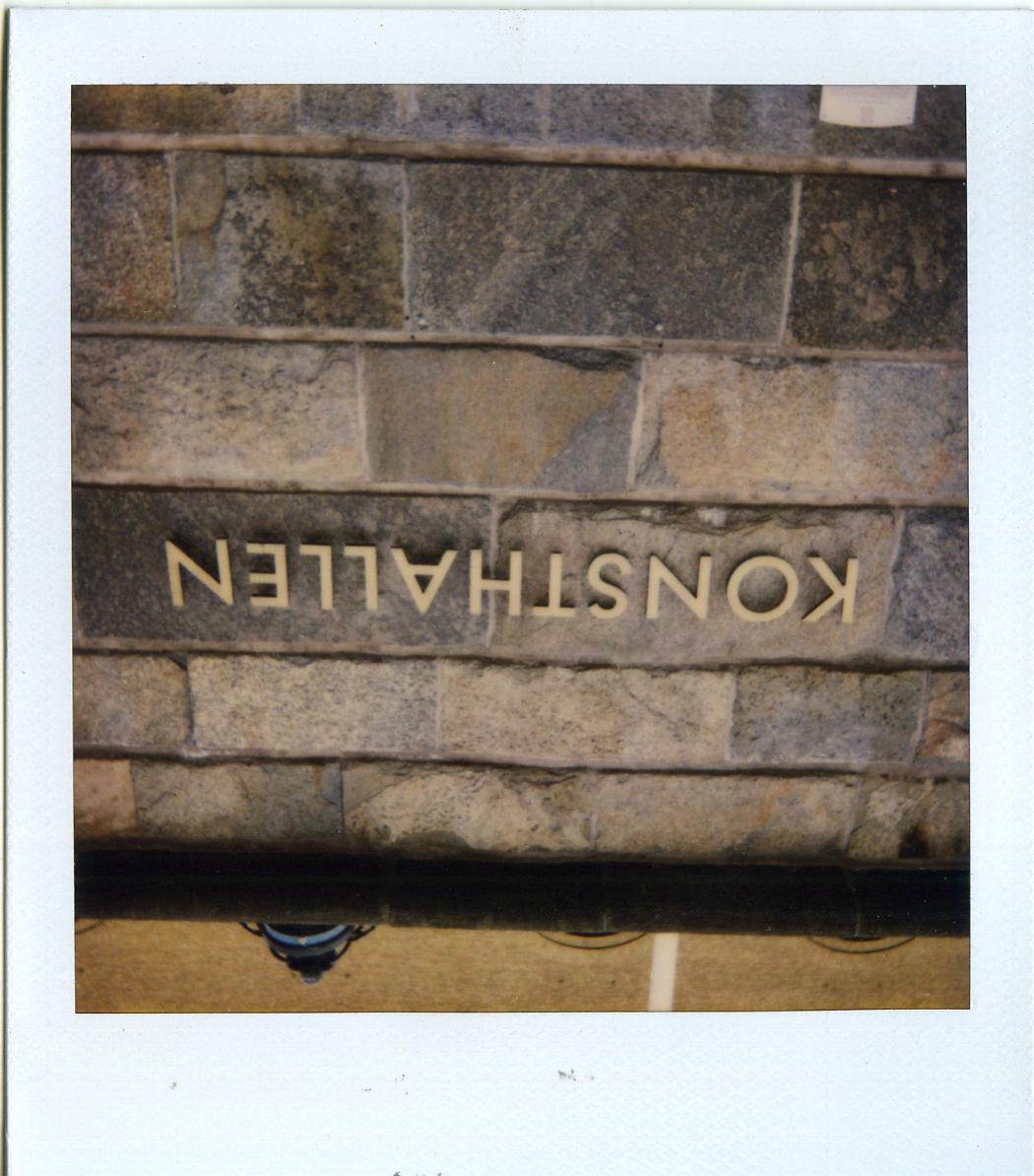 |
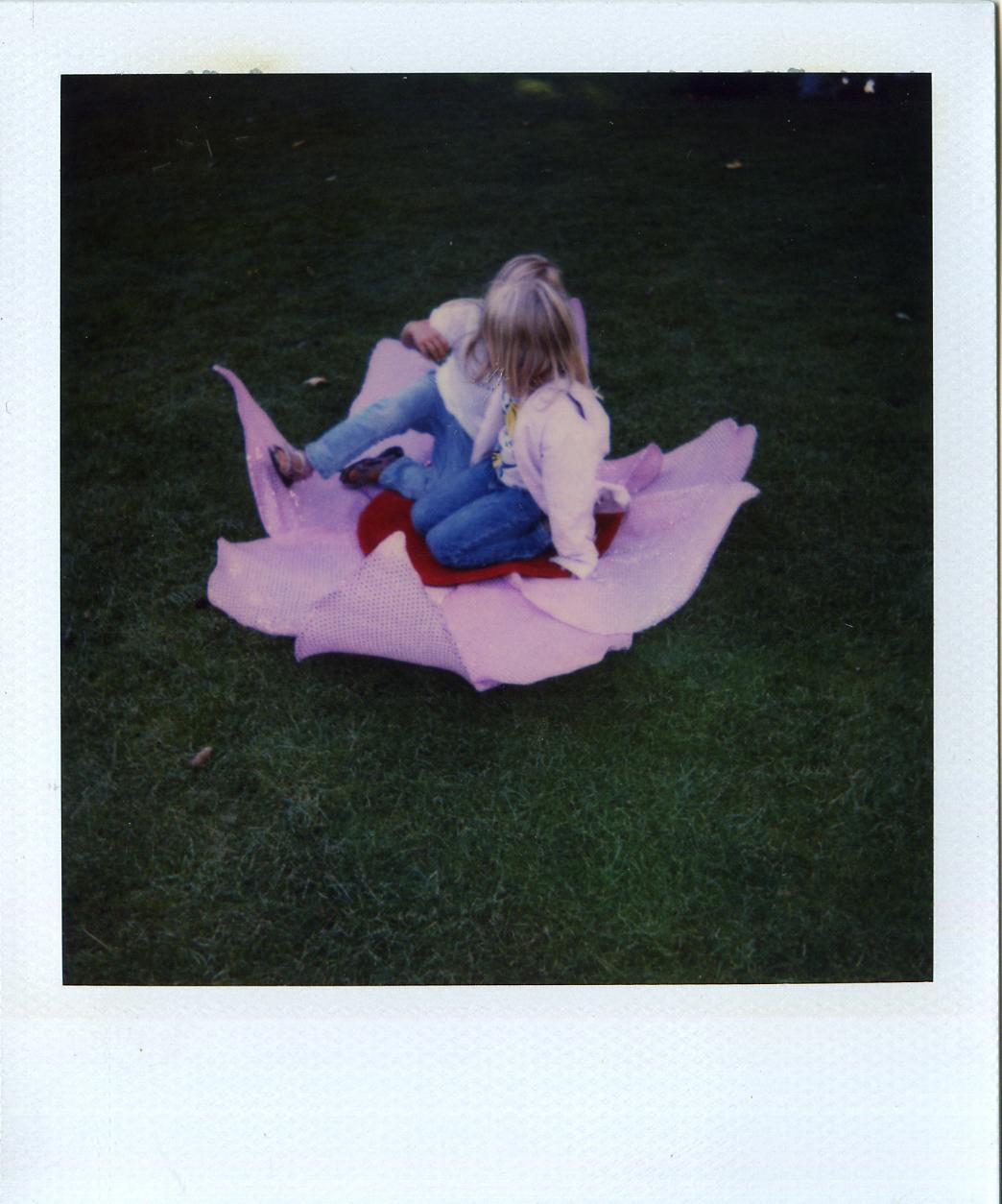 |
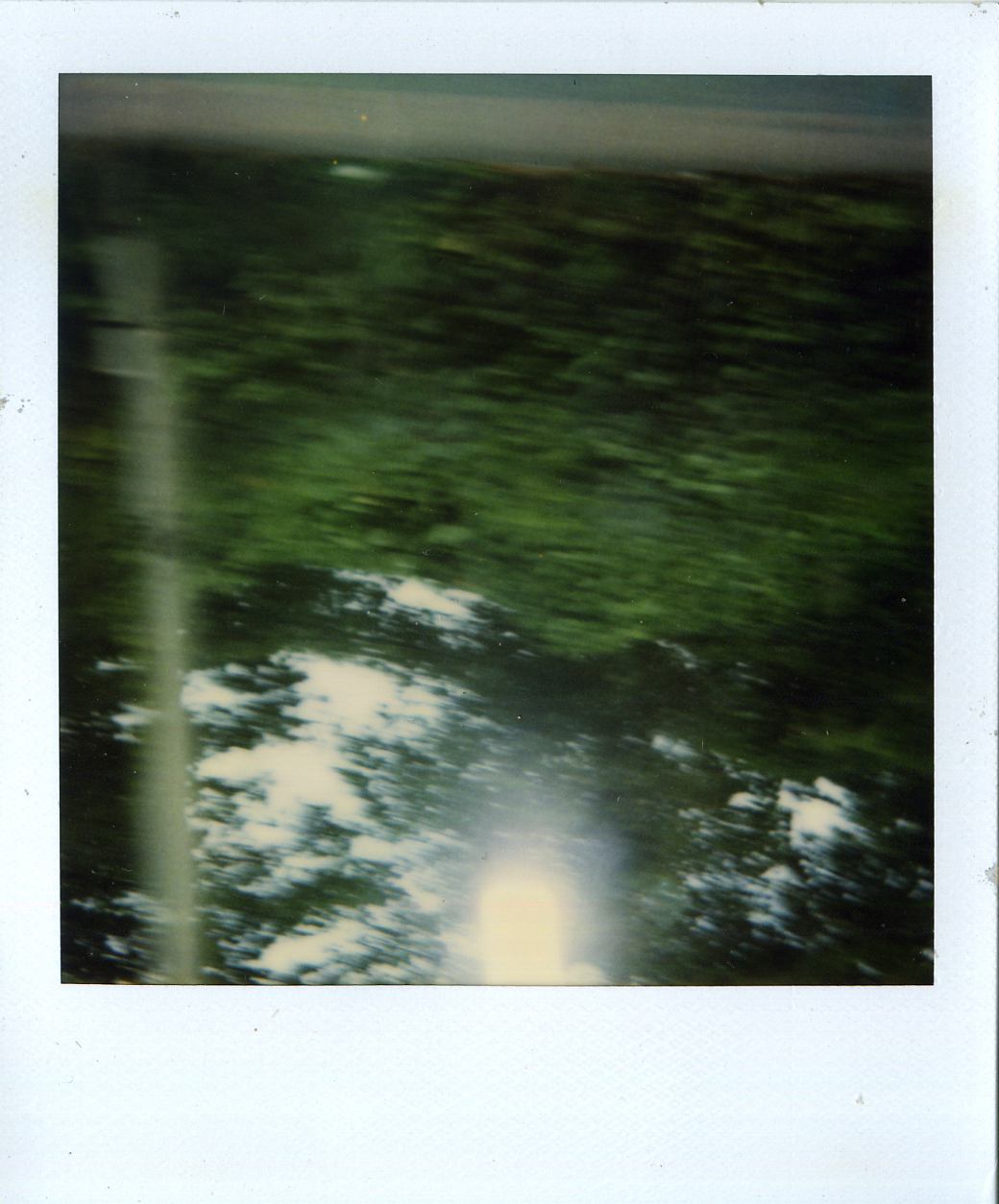 |
|||
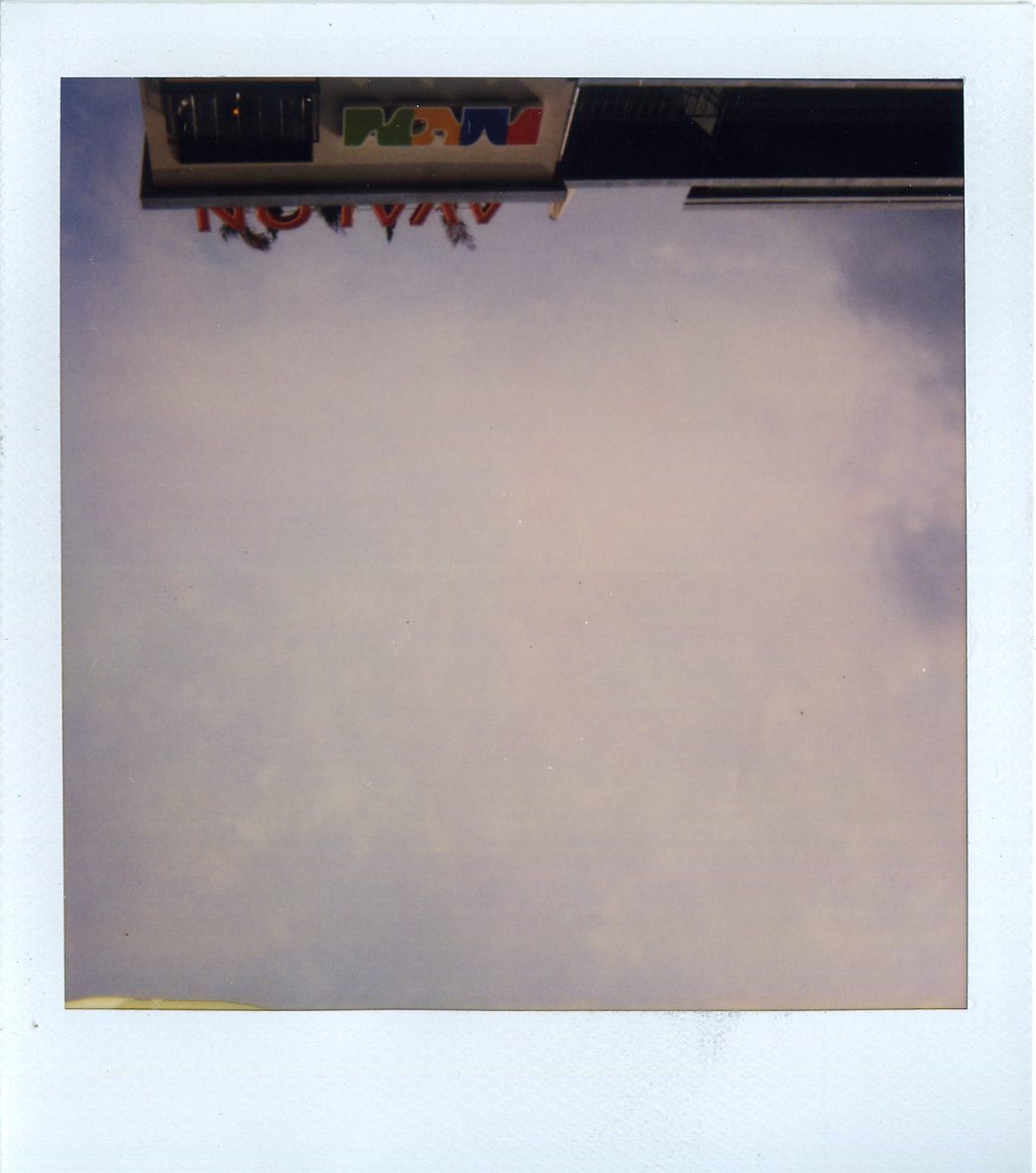 |
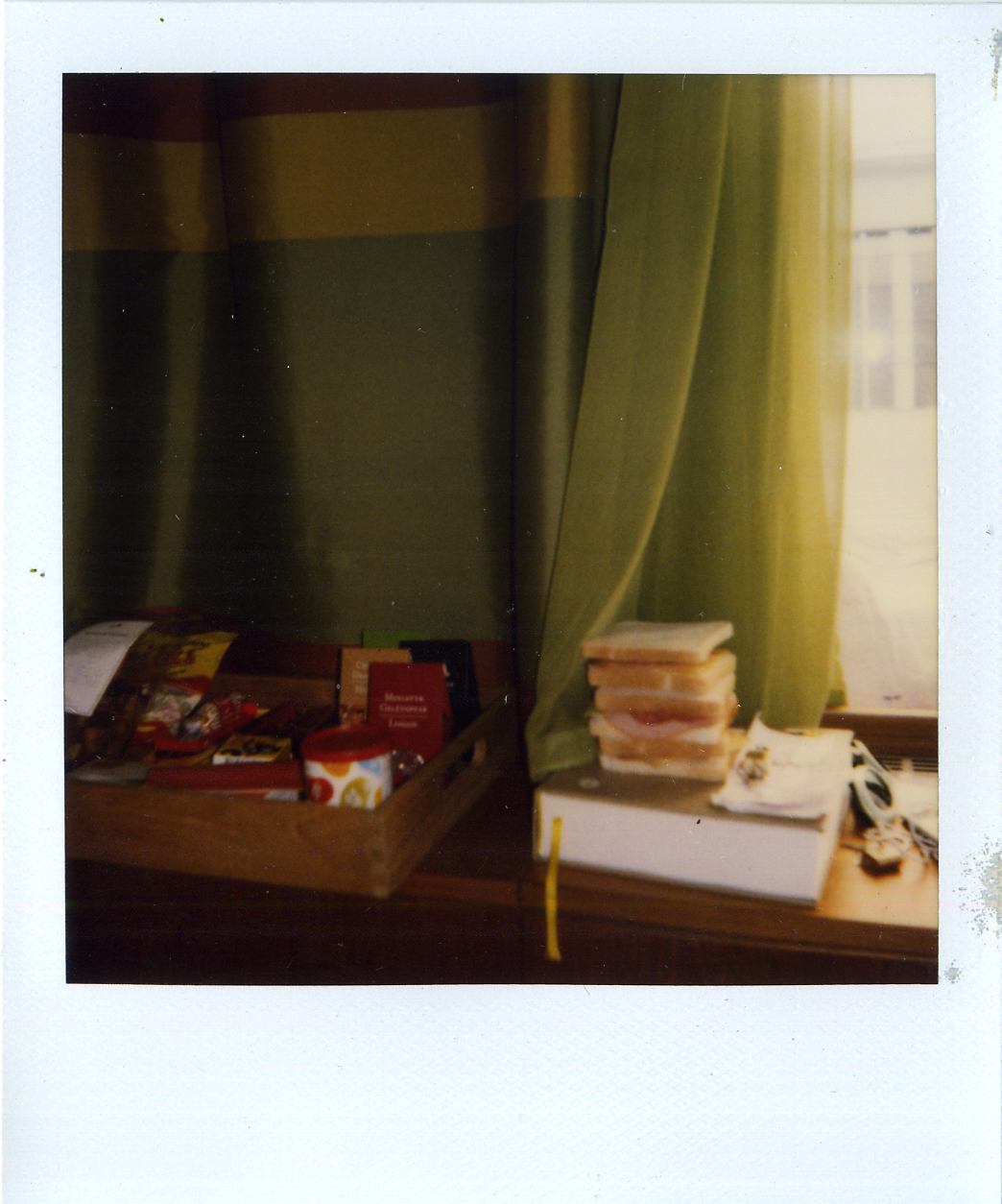 |
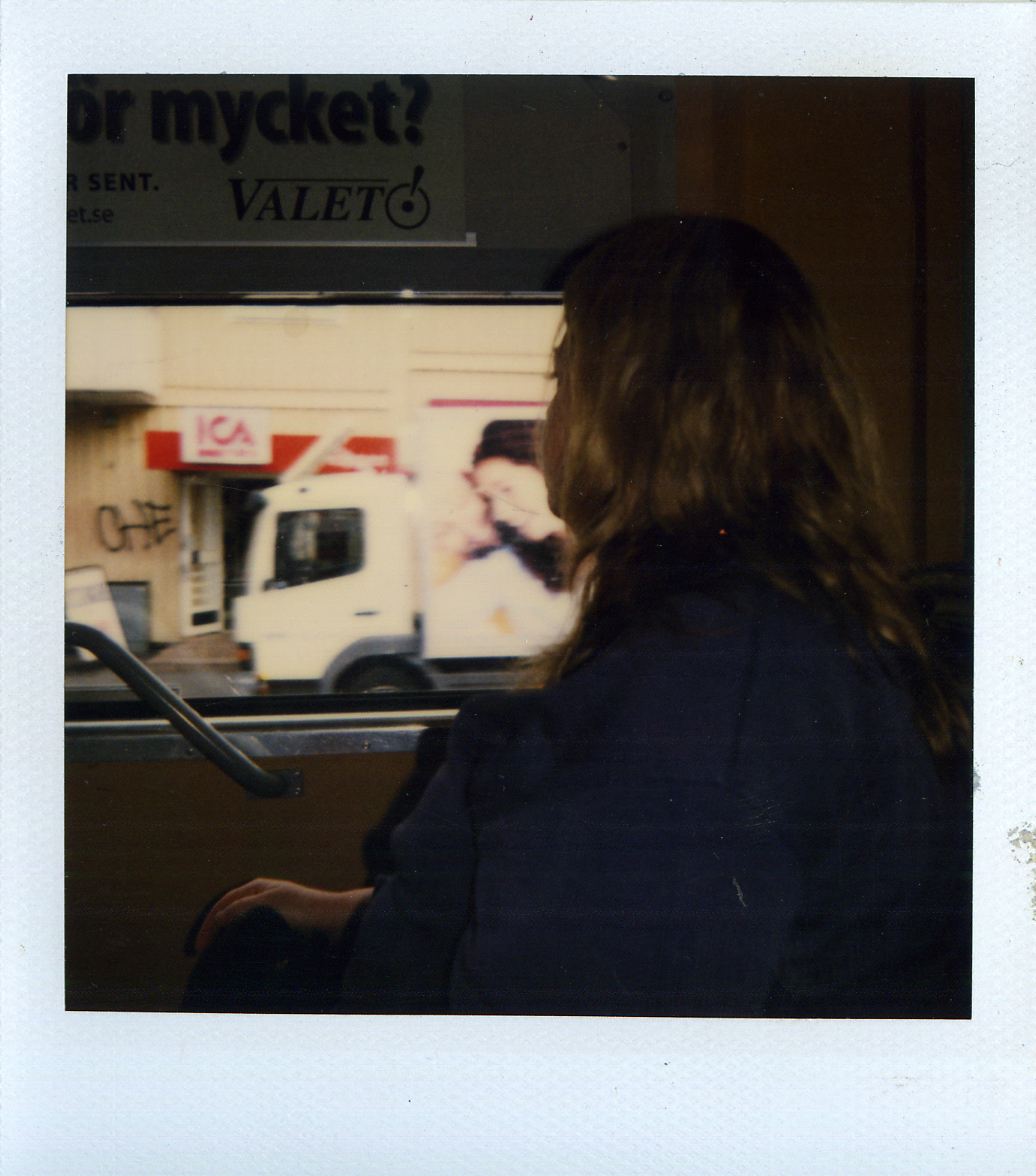 |
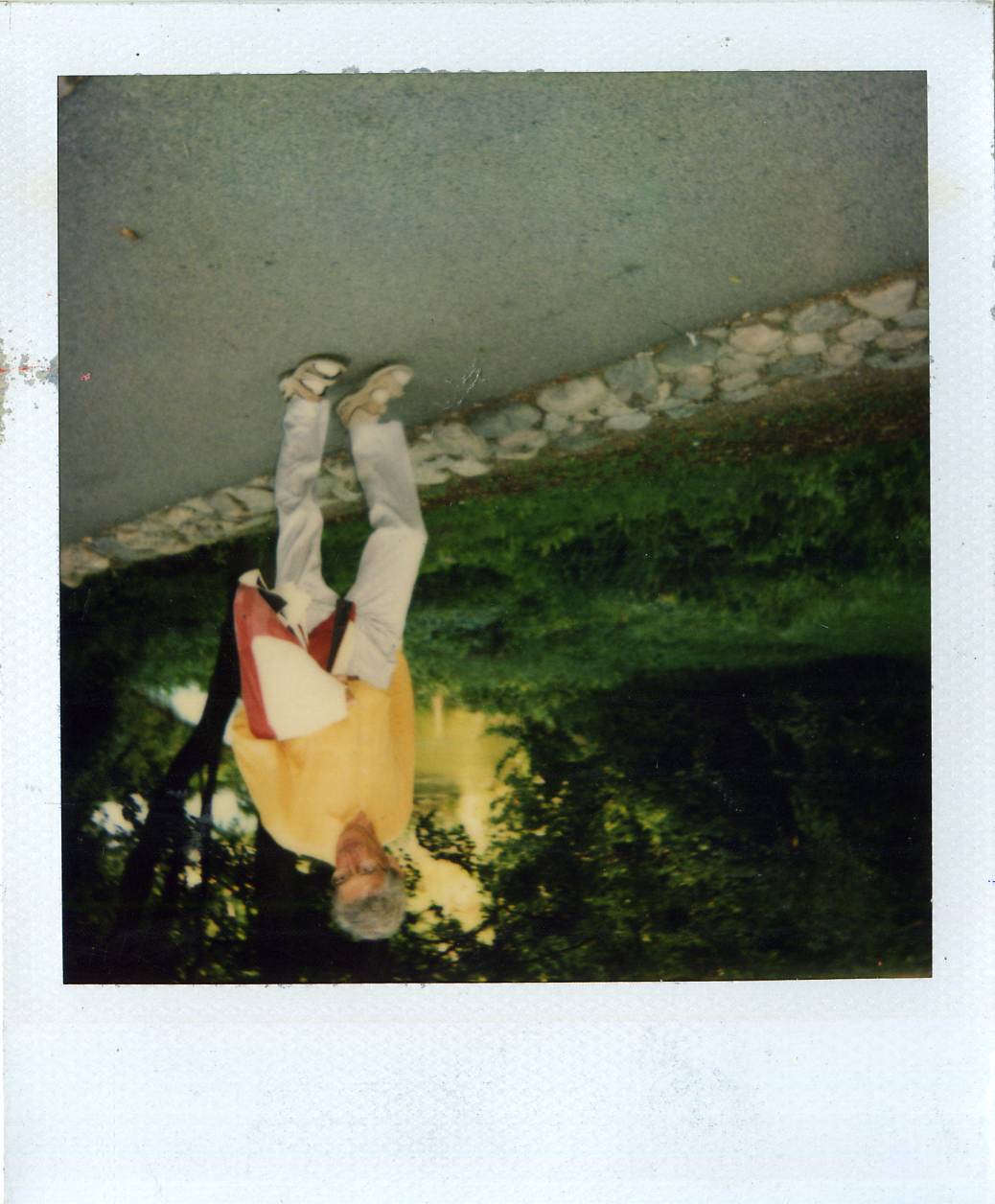 |
|||
 |
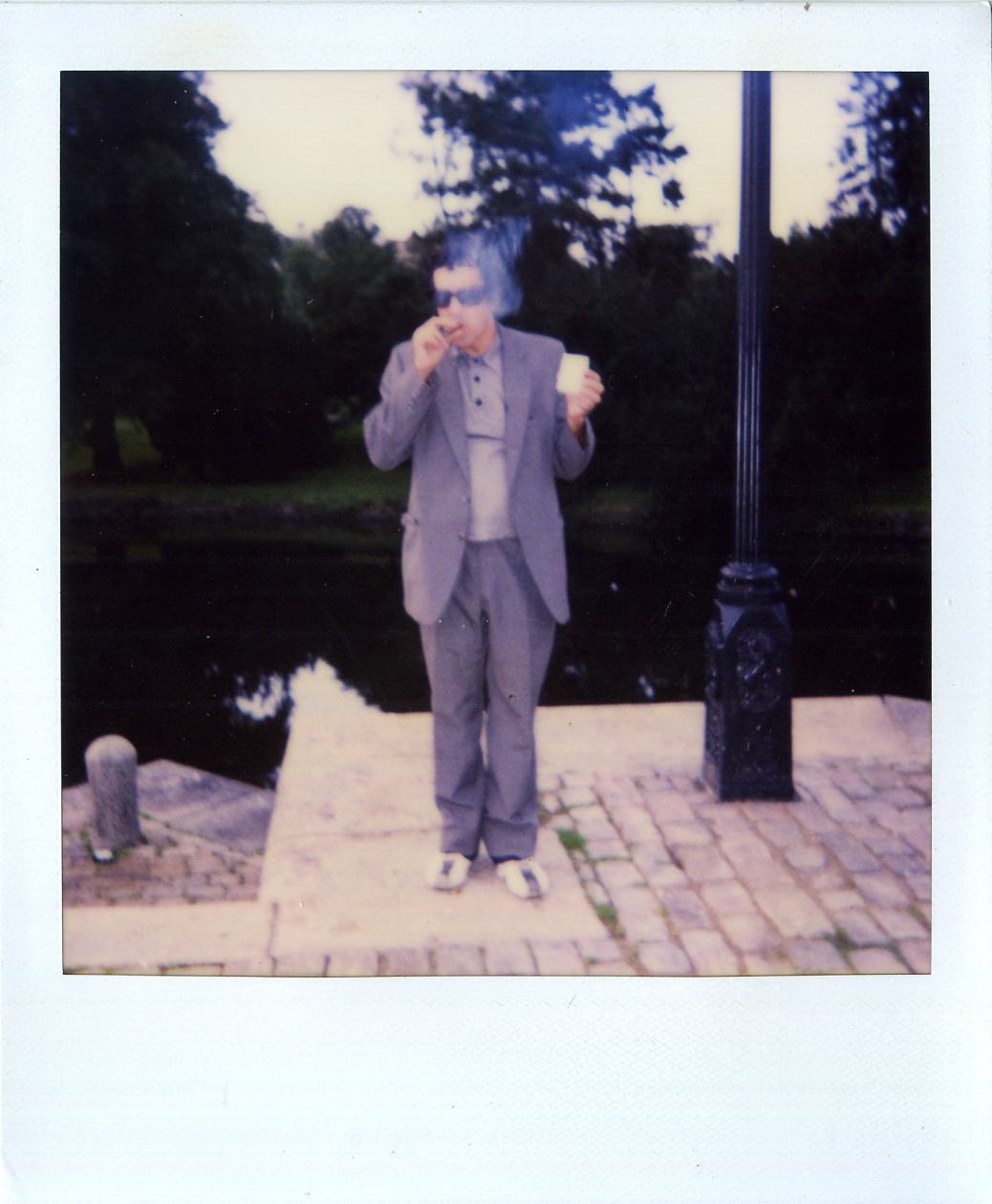 |
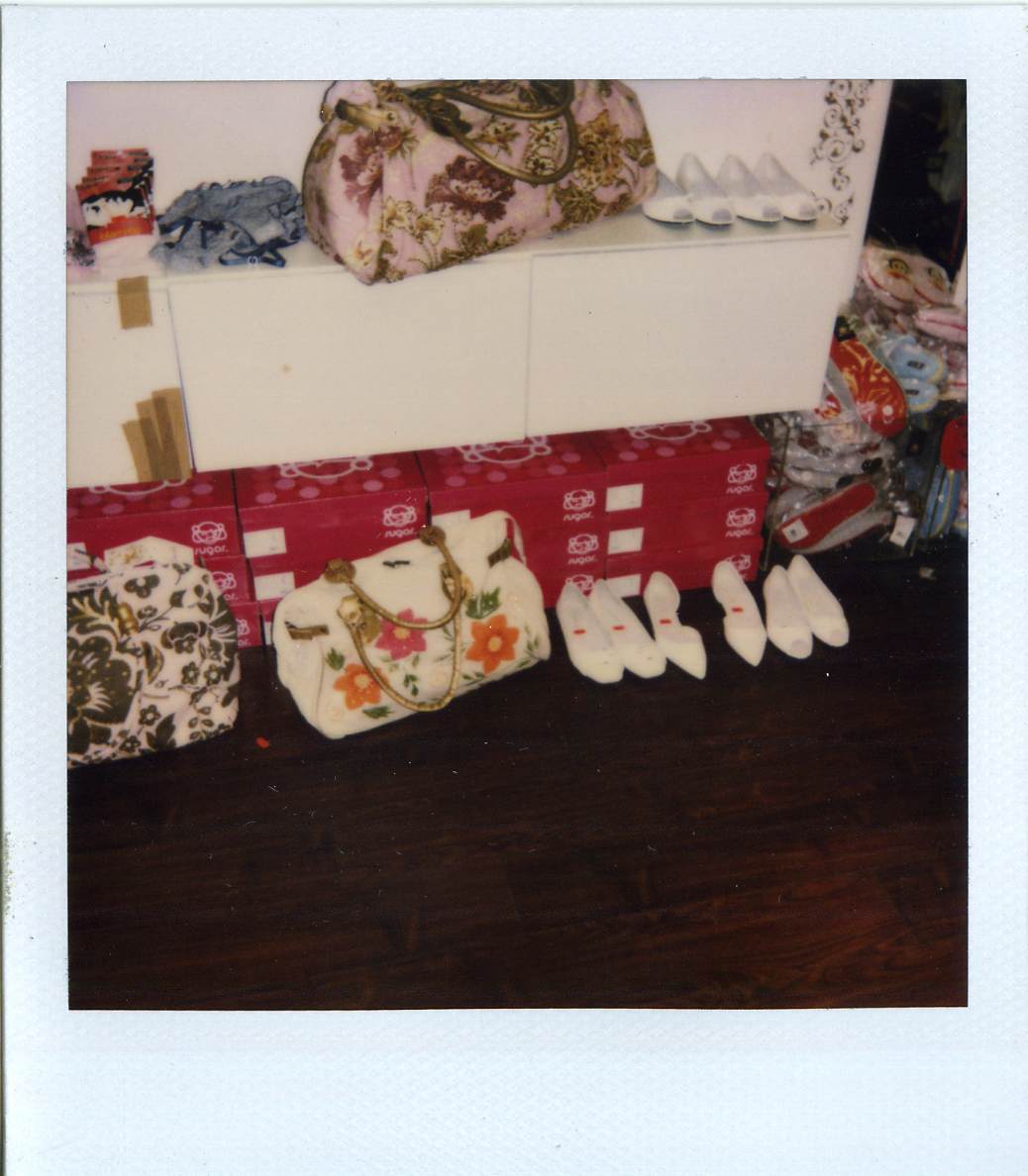 |
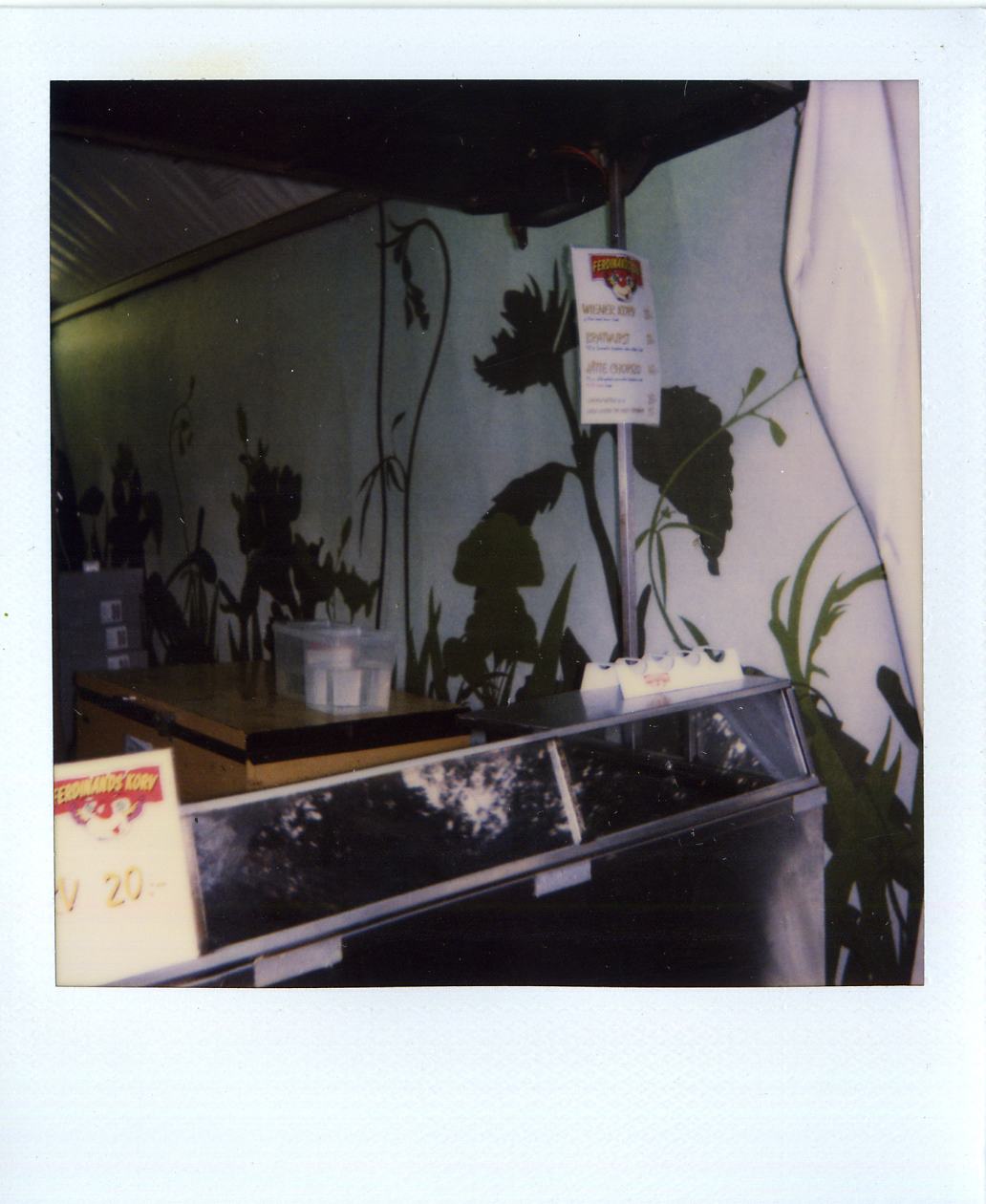 |
|||
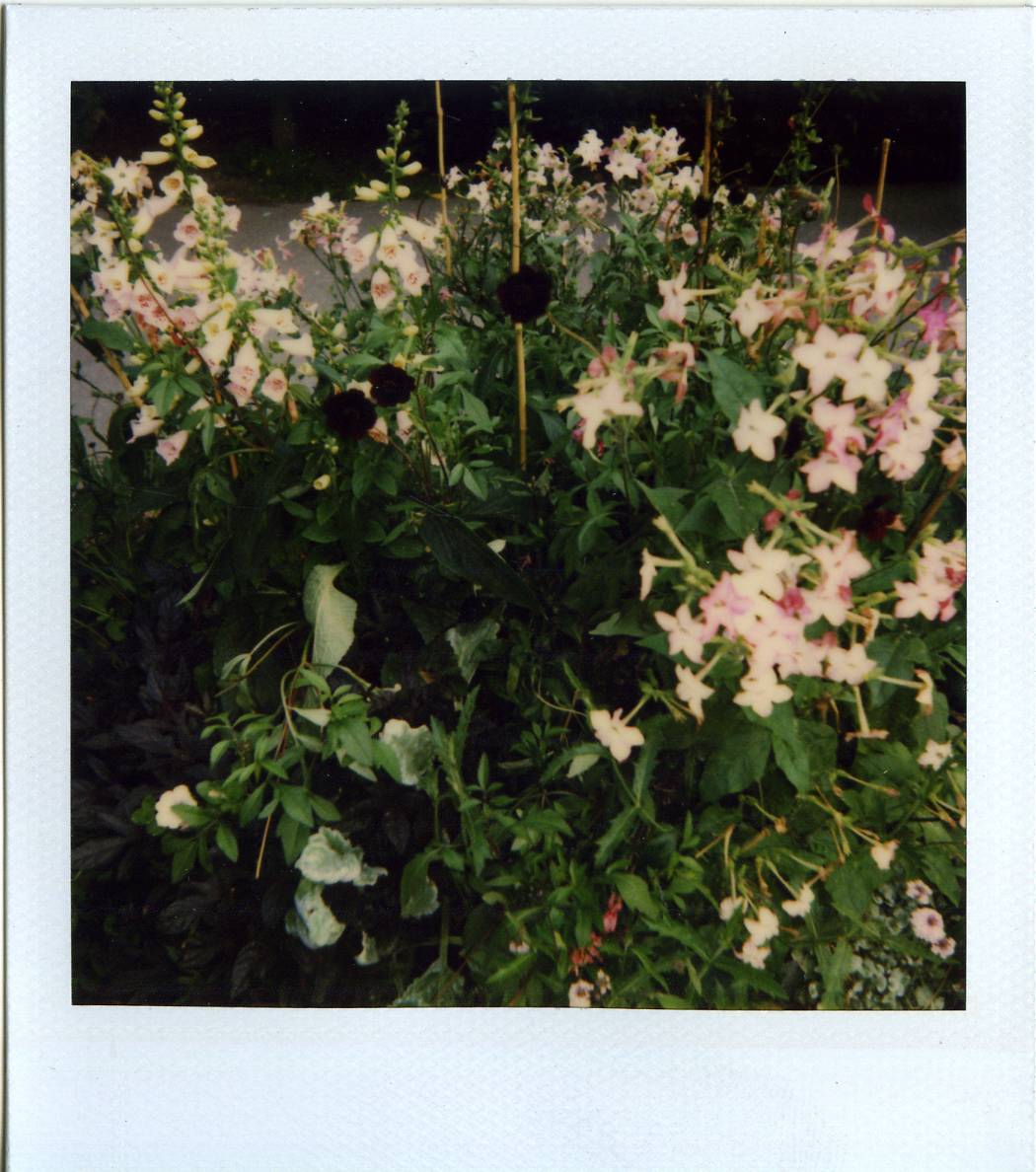 |
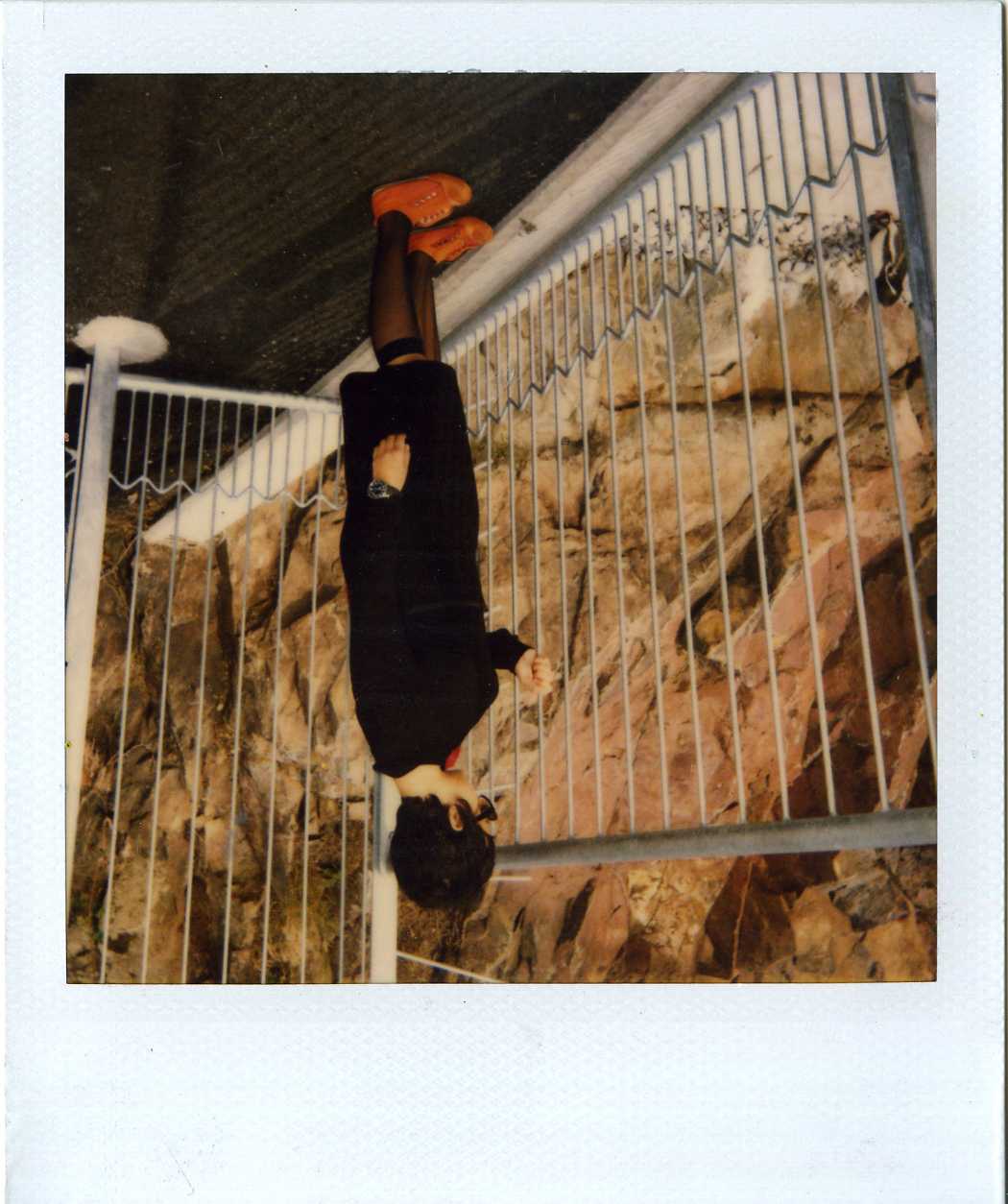 |
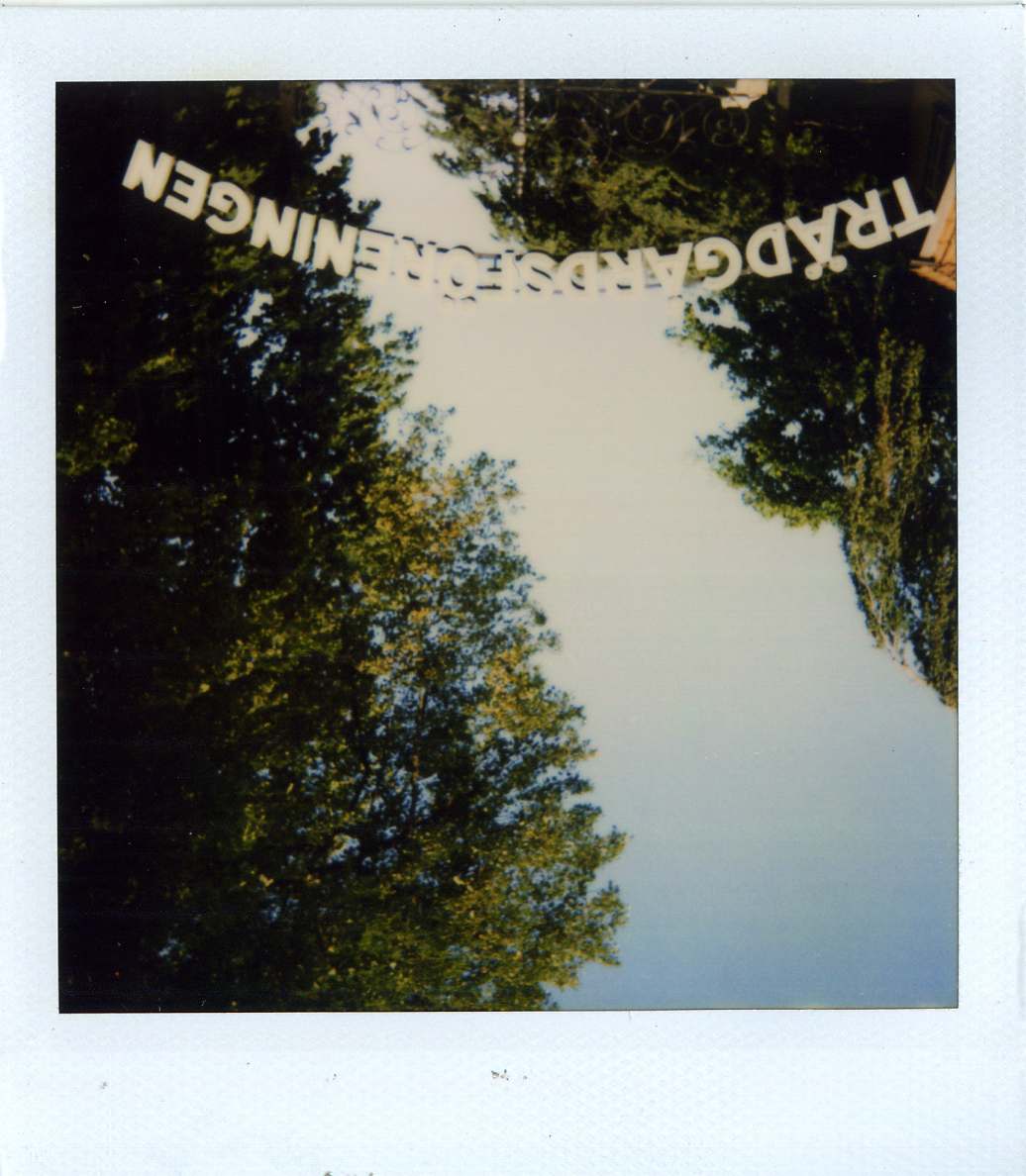 |
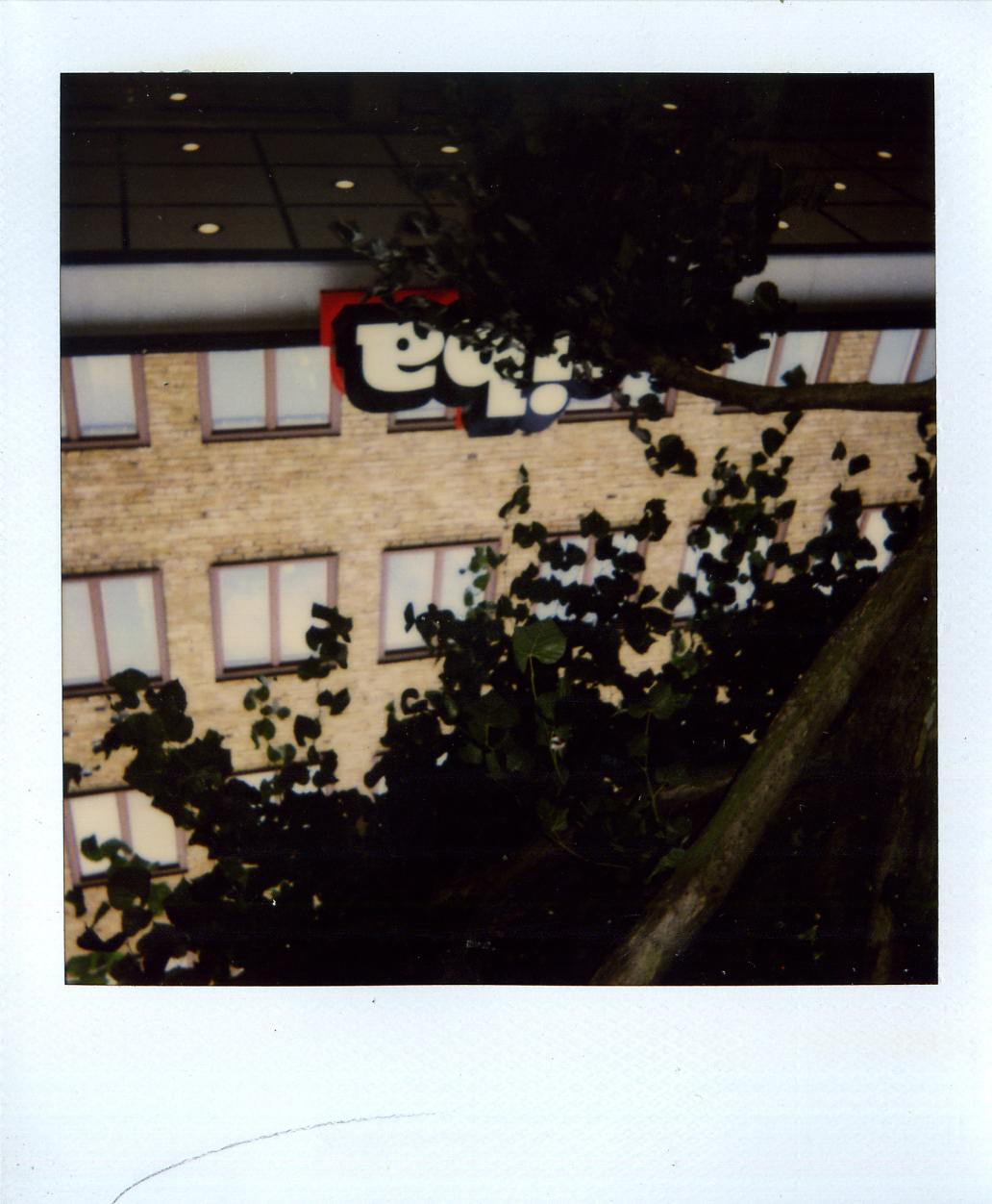 |
|||
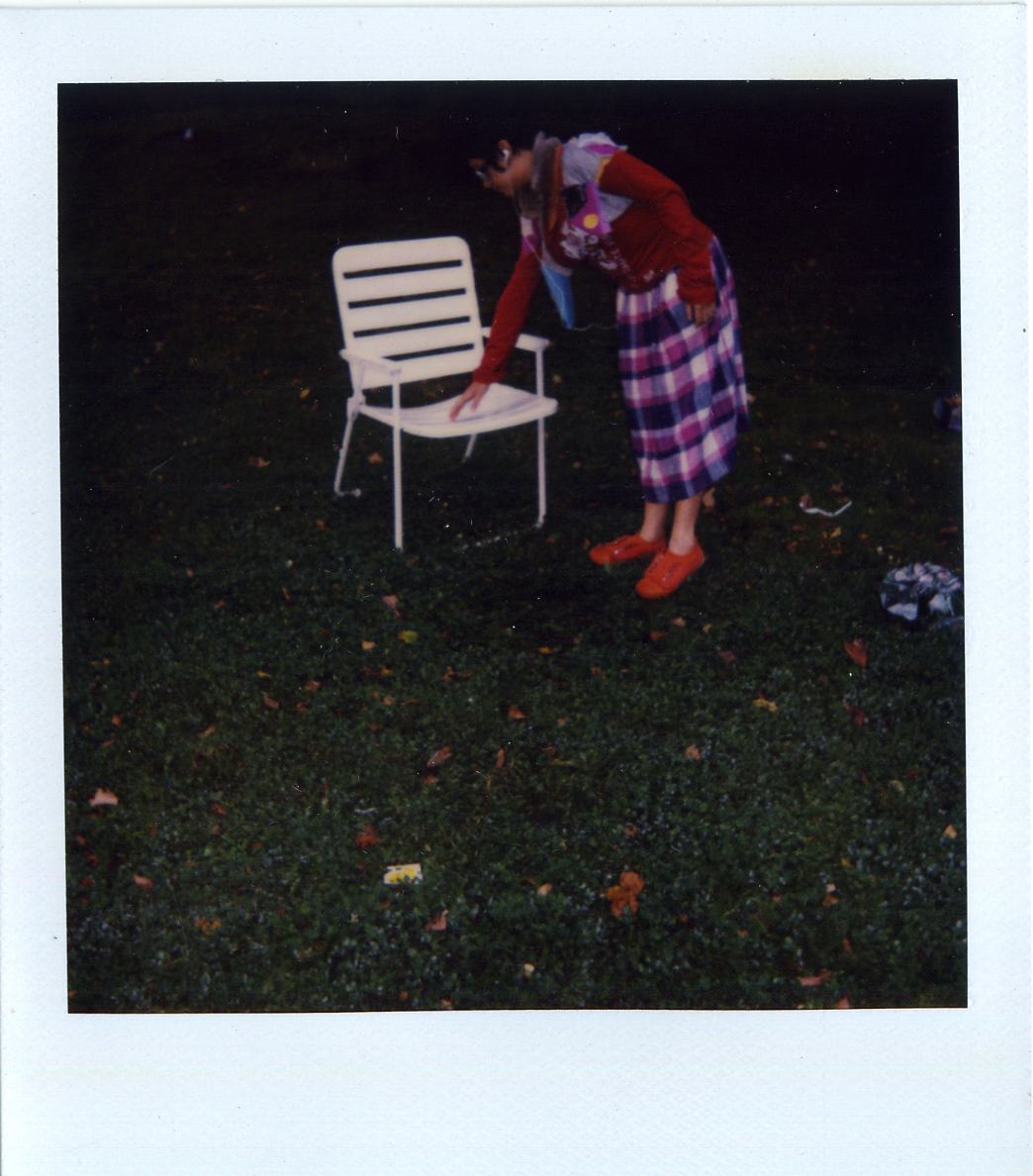 |
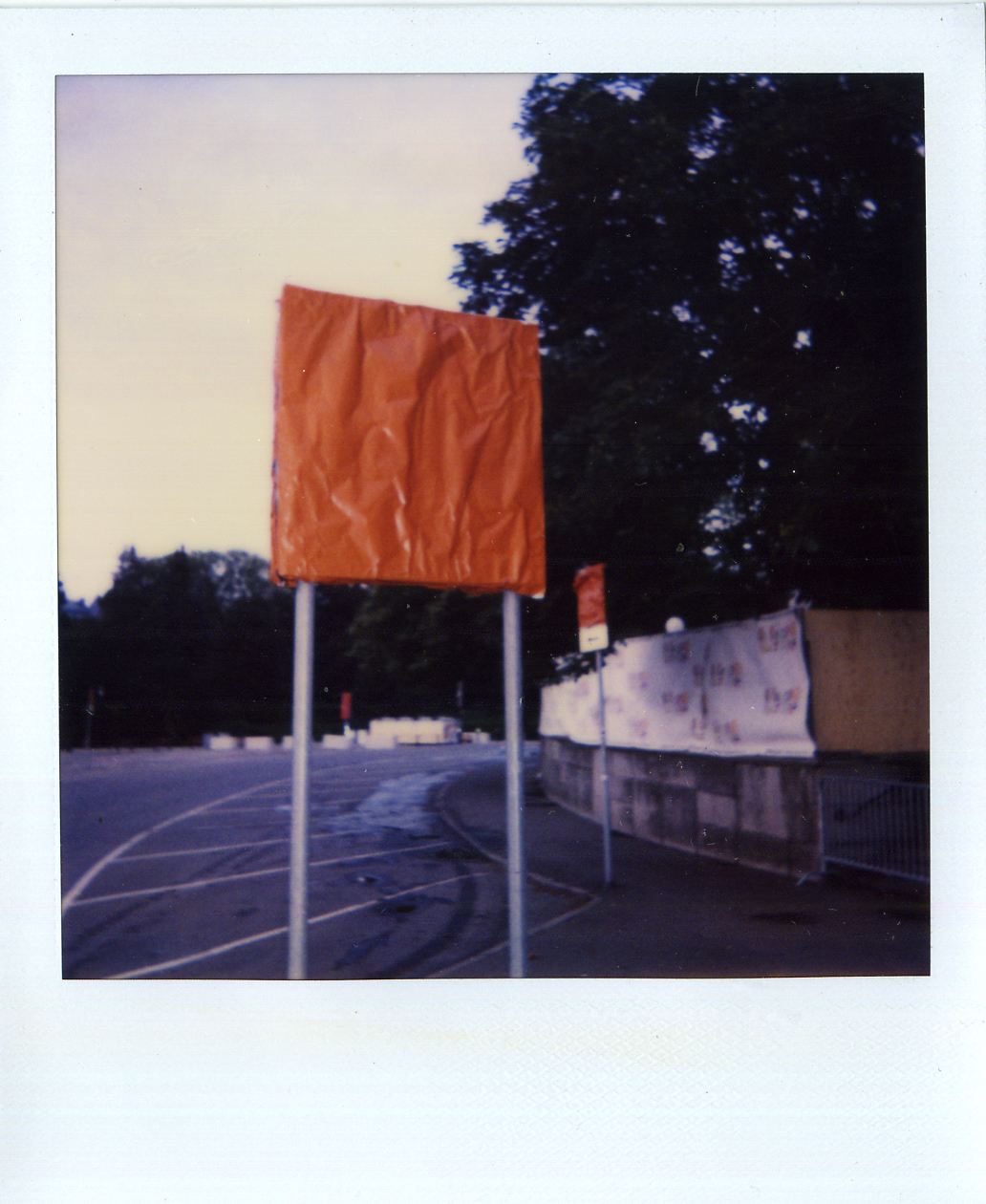 |
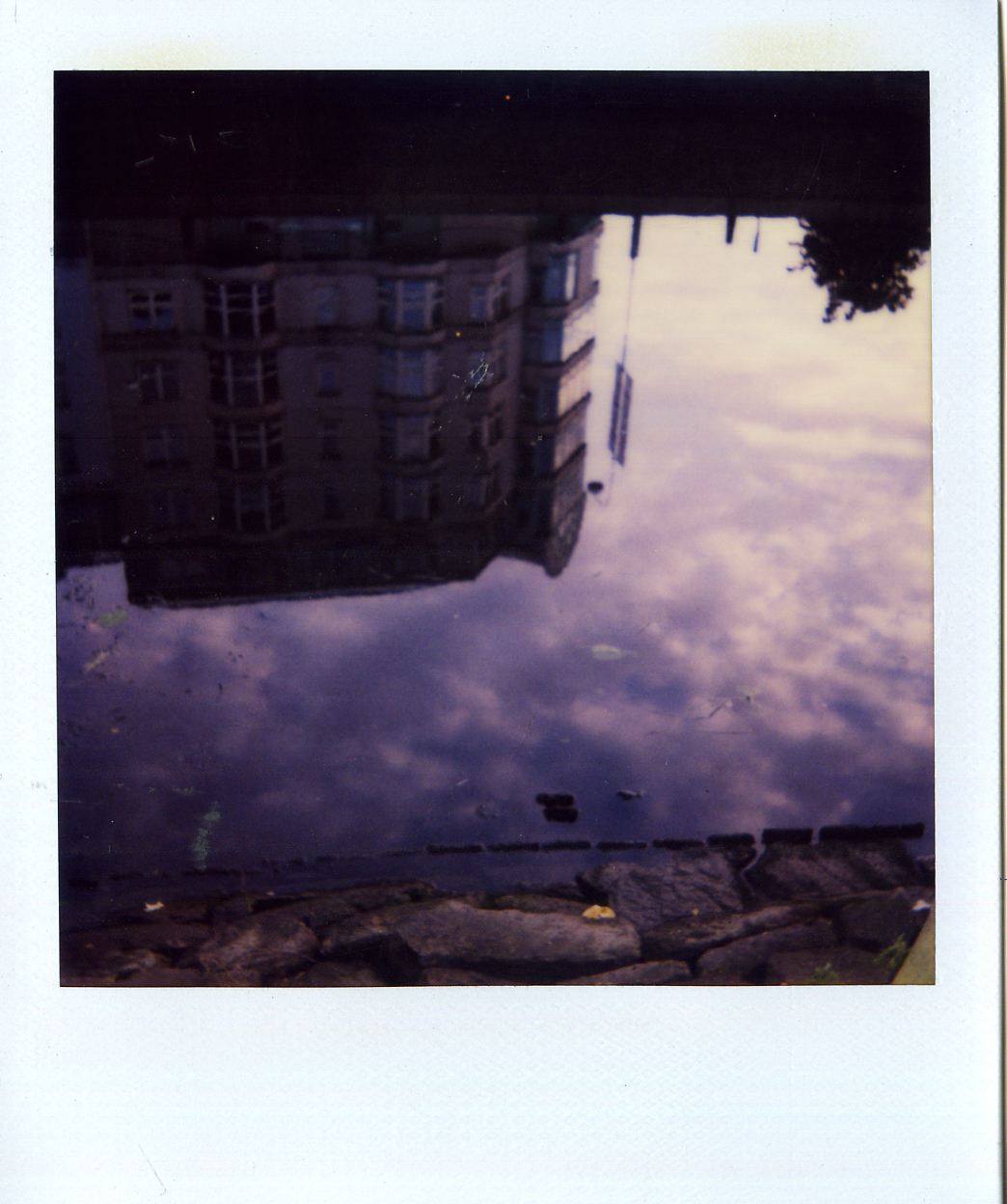 |
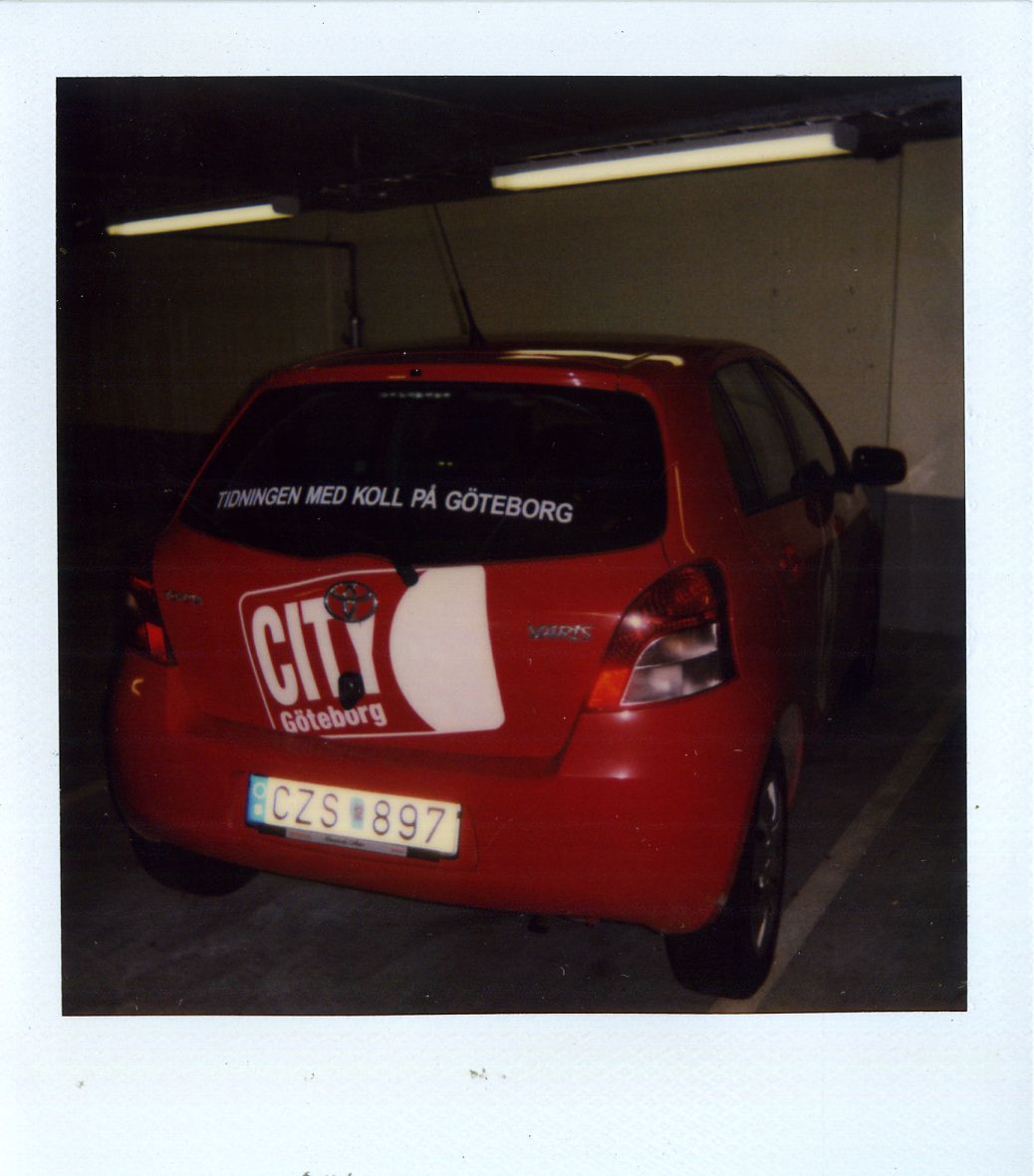 |
|||
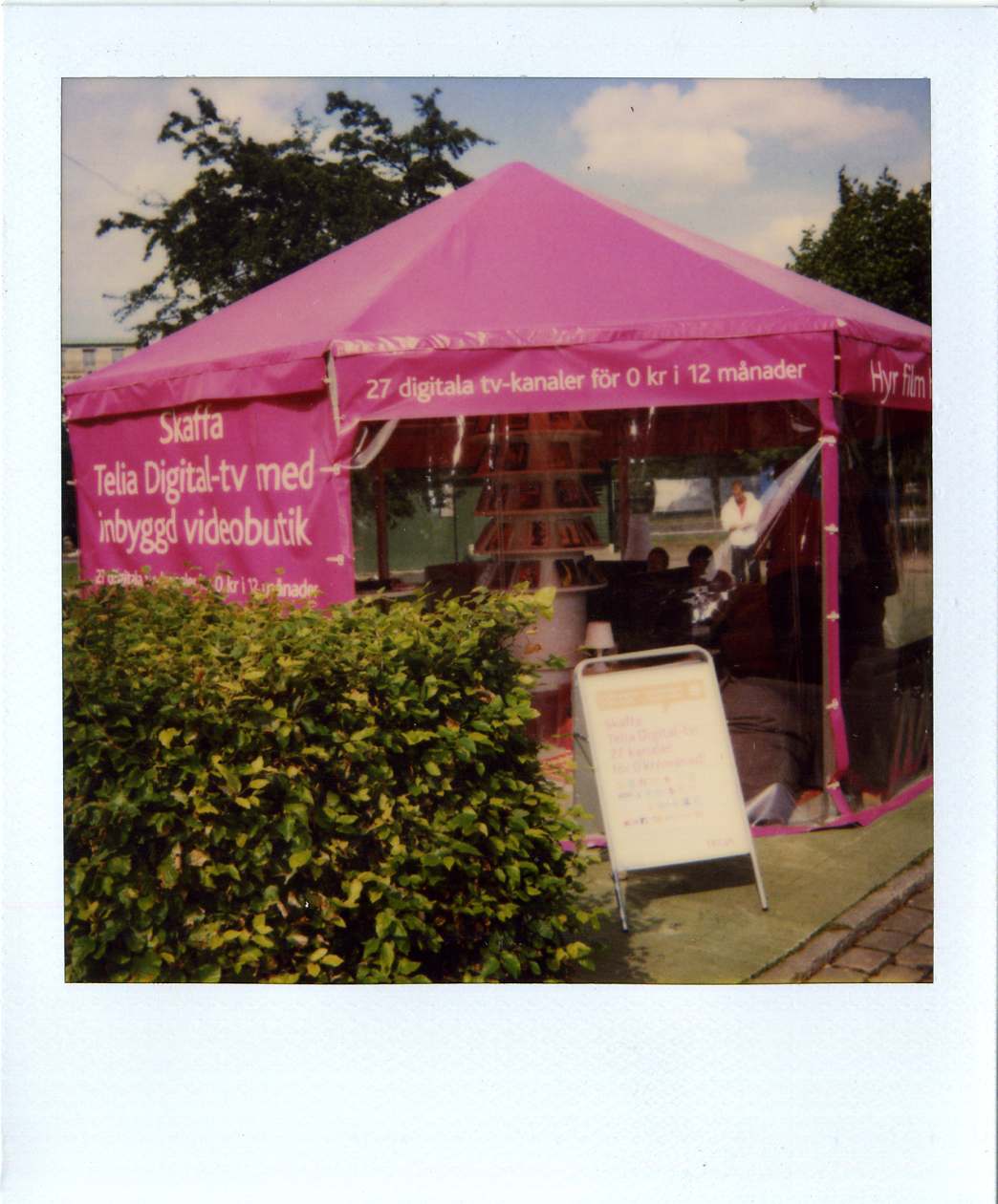 |
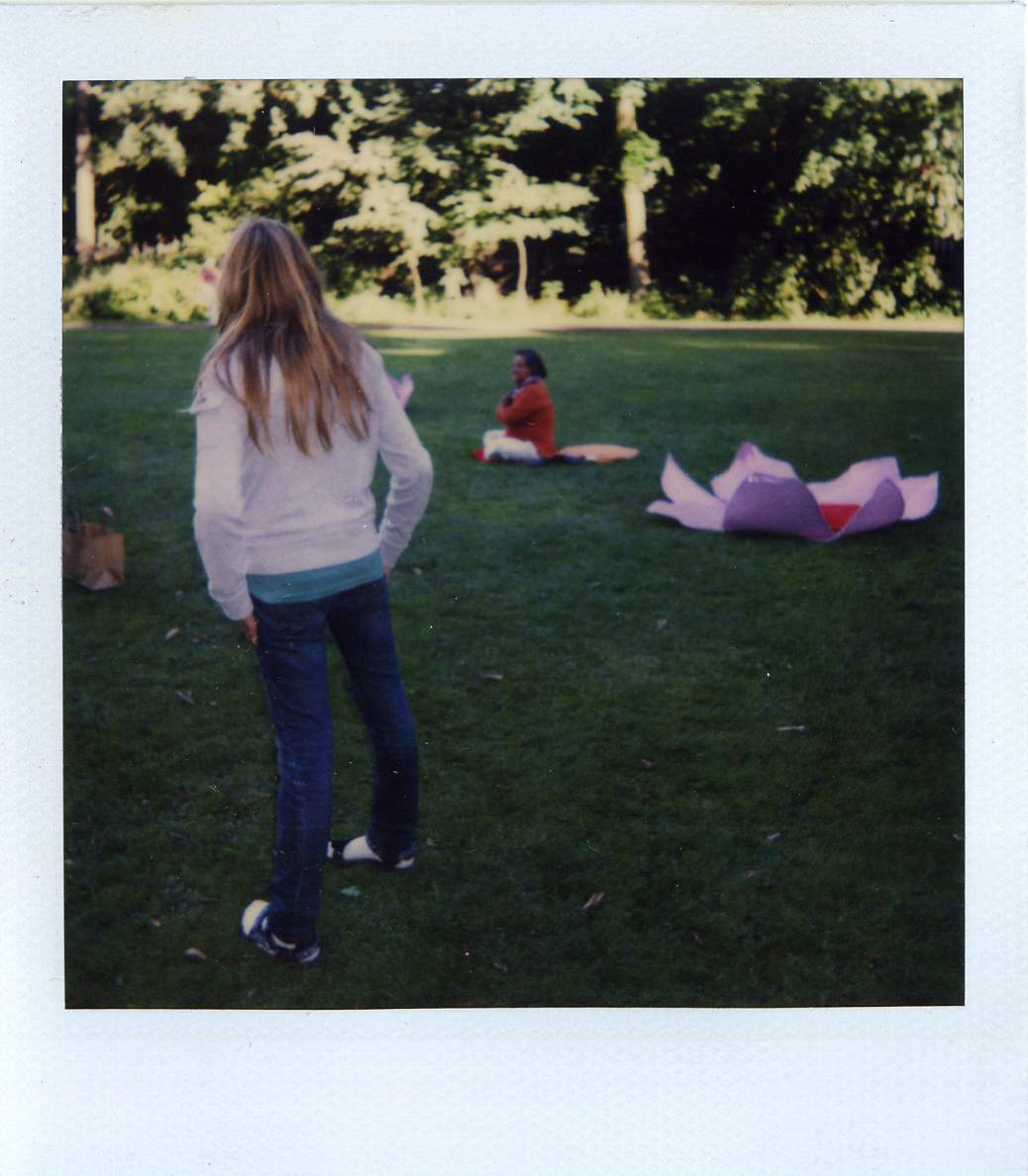 |
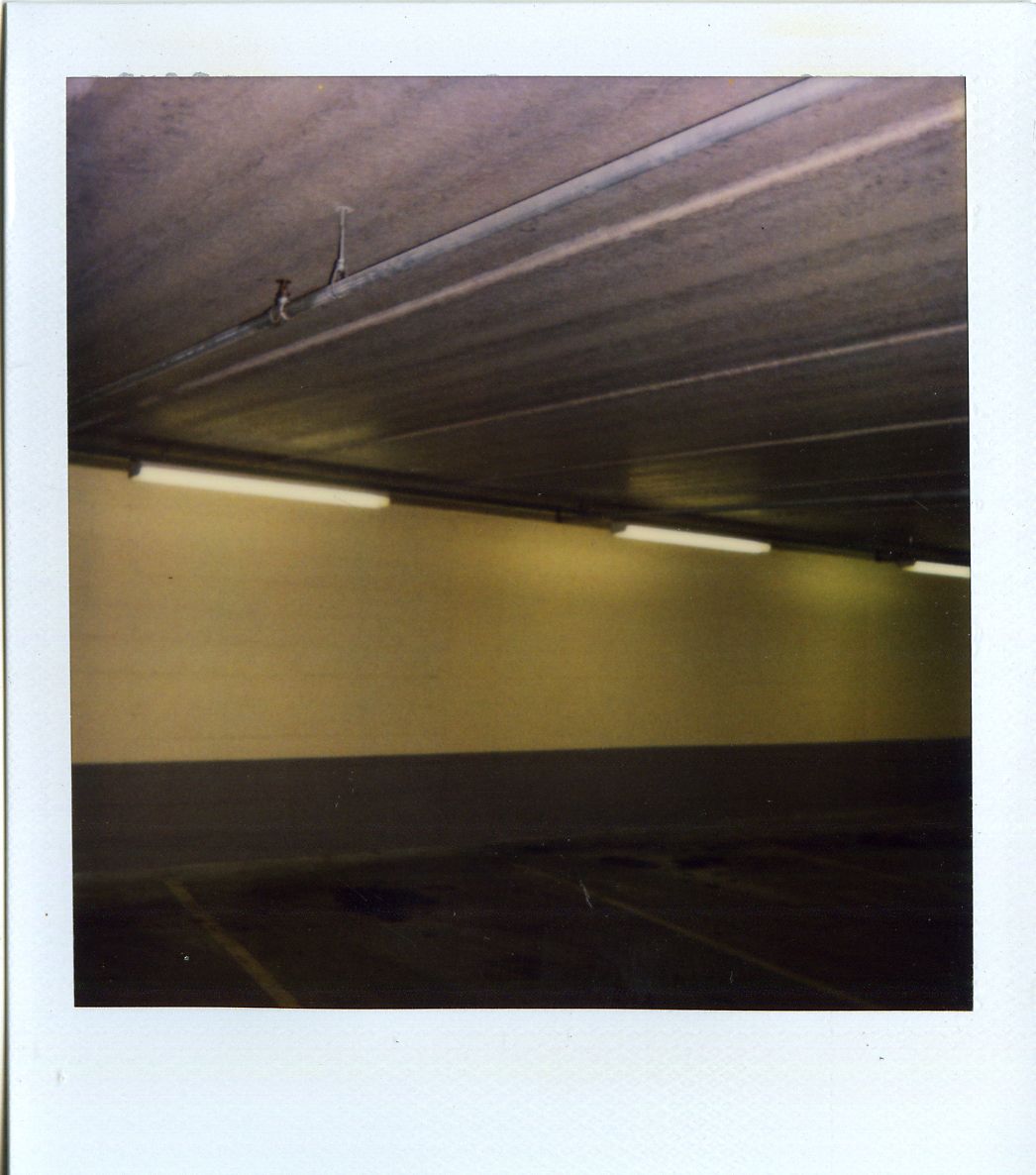 |
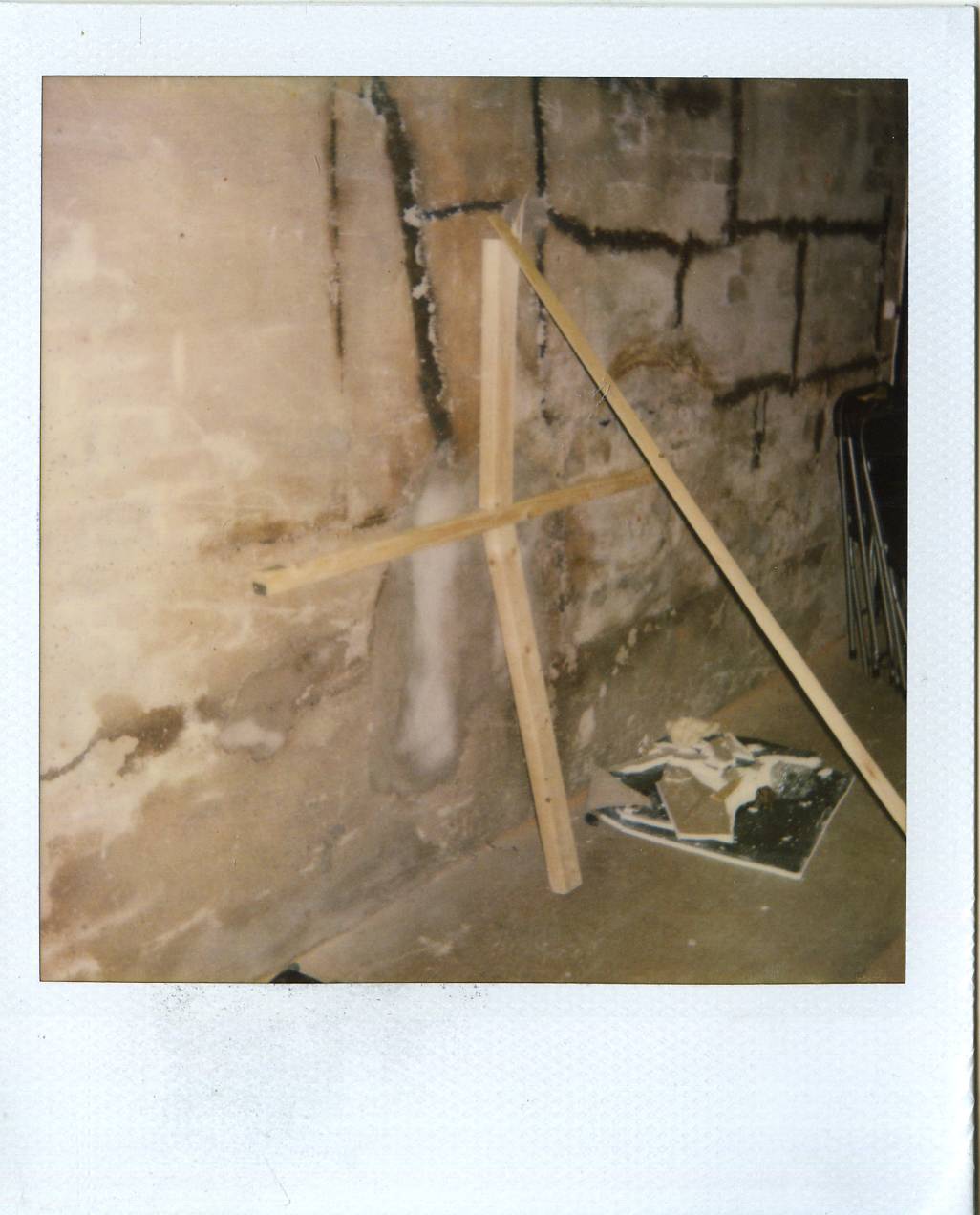 |
|||
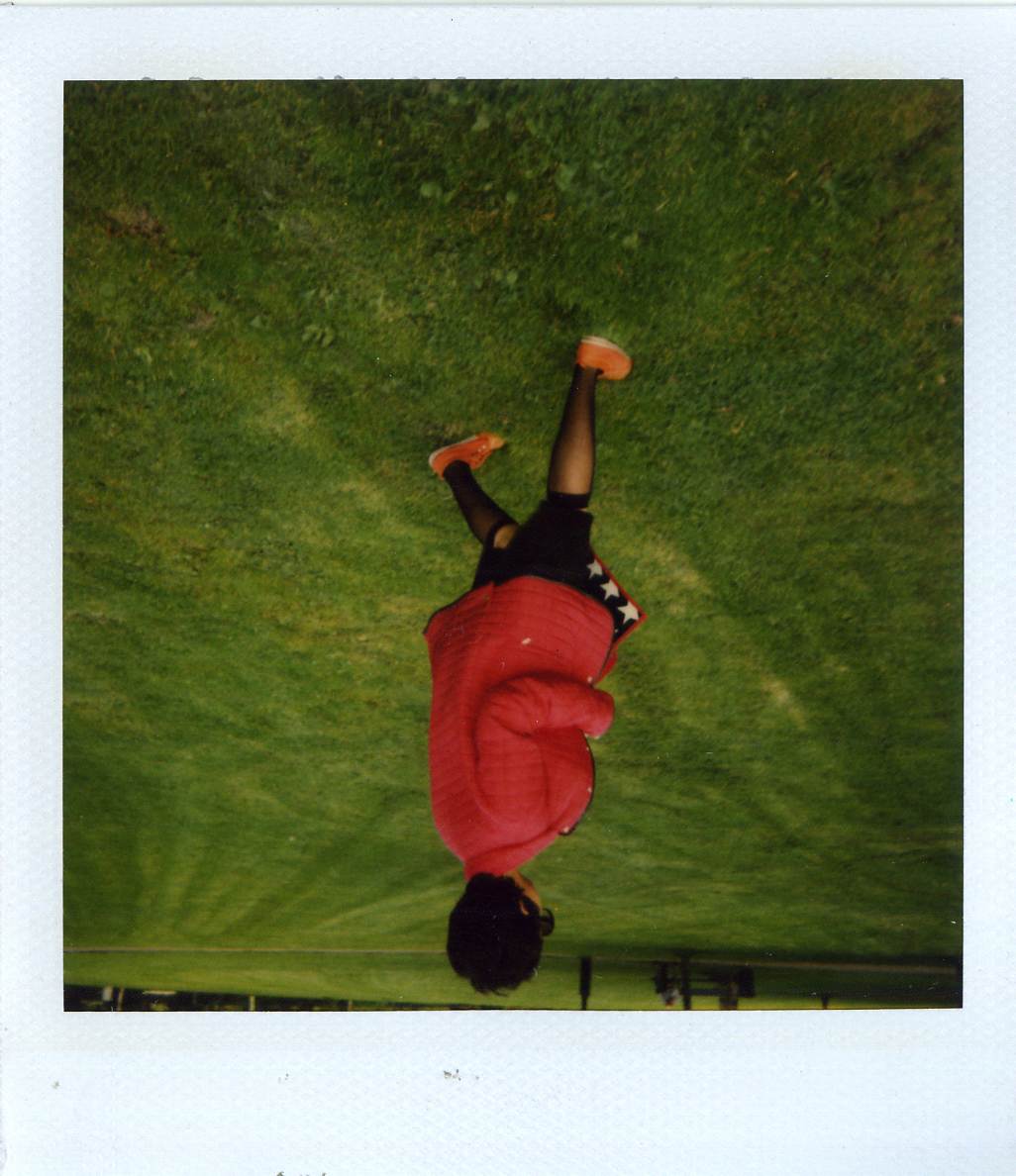 |
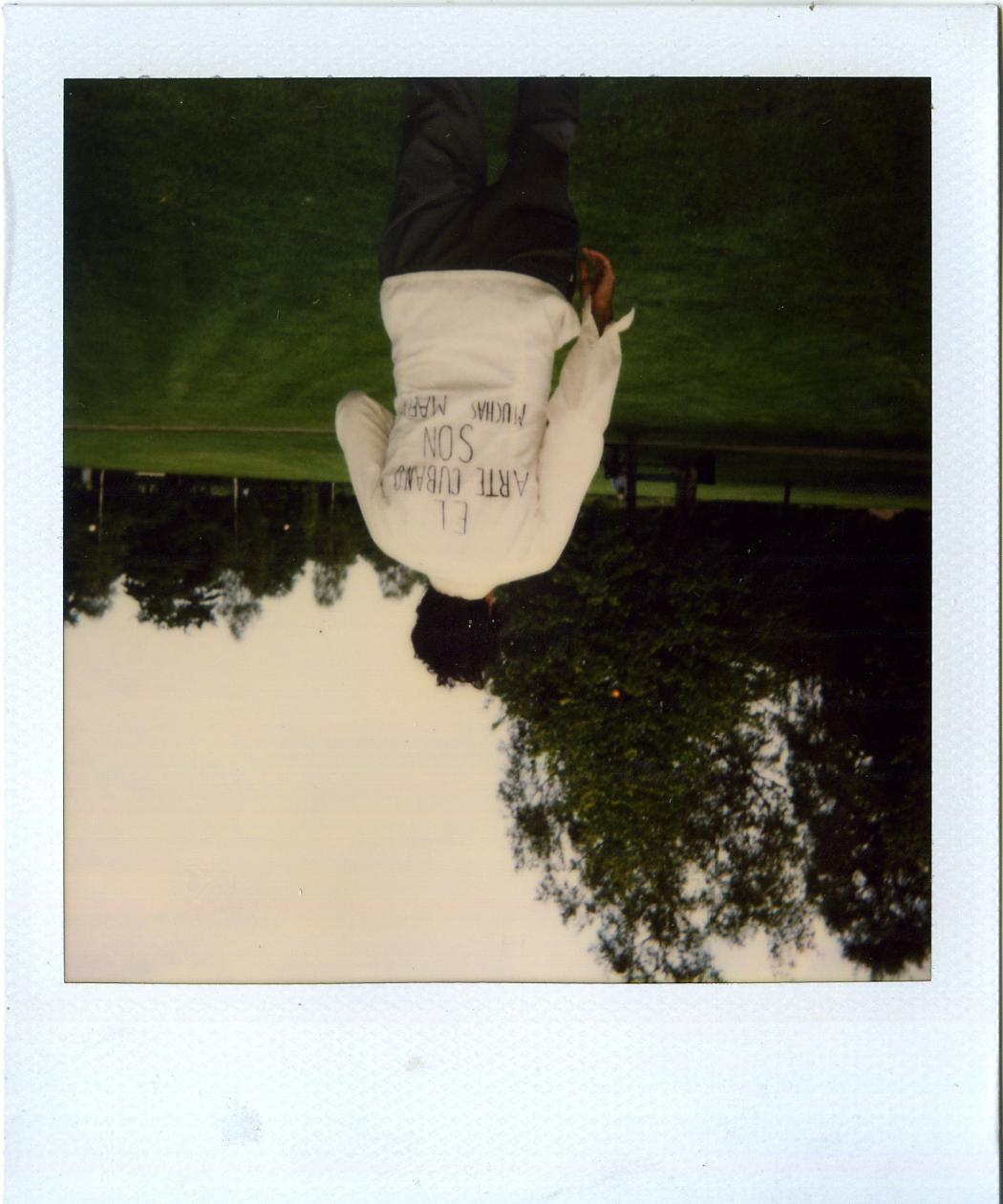 |
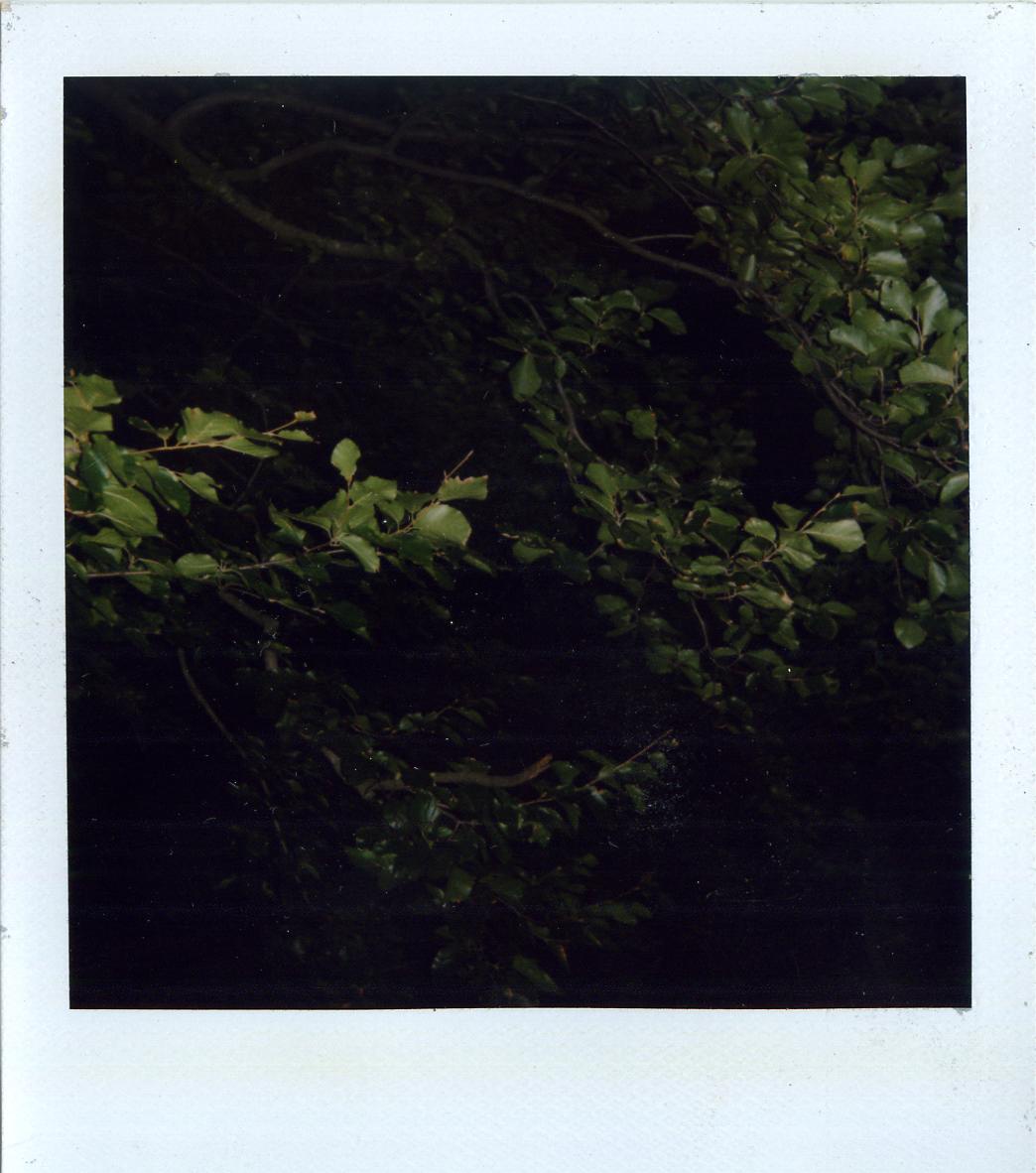 |
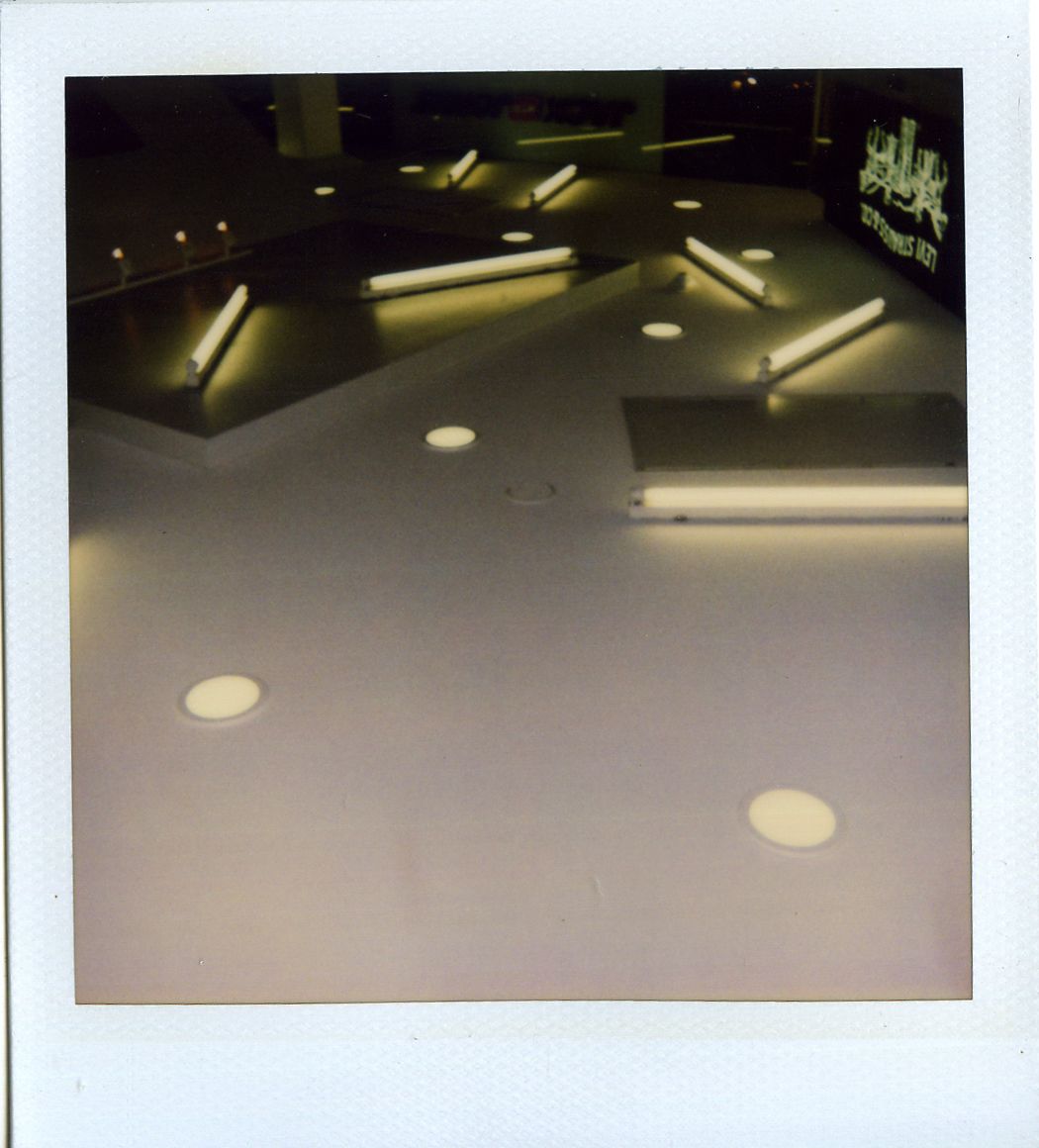 |
|||
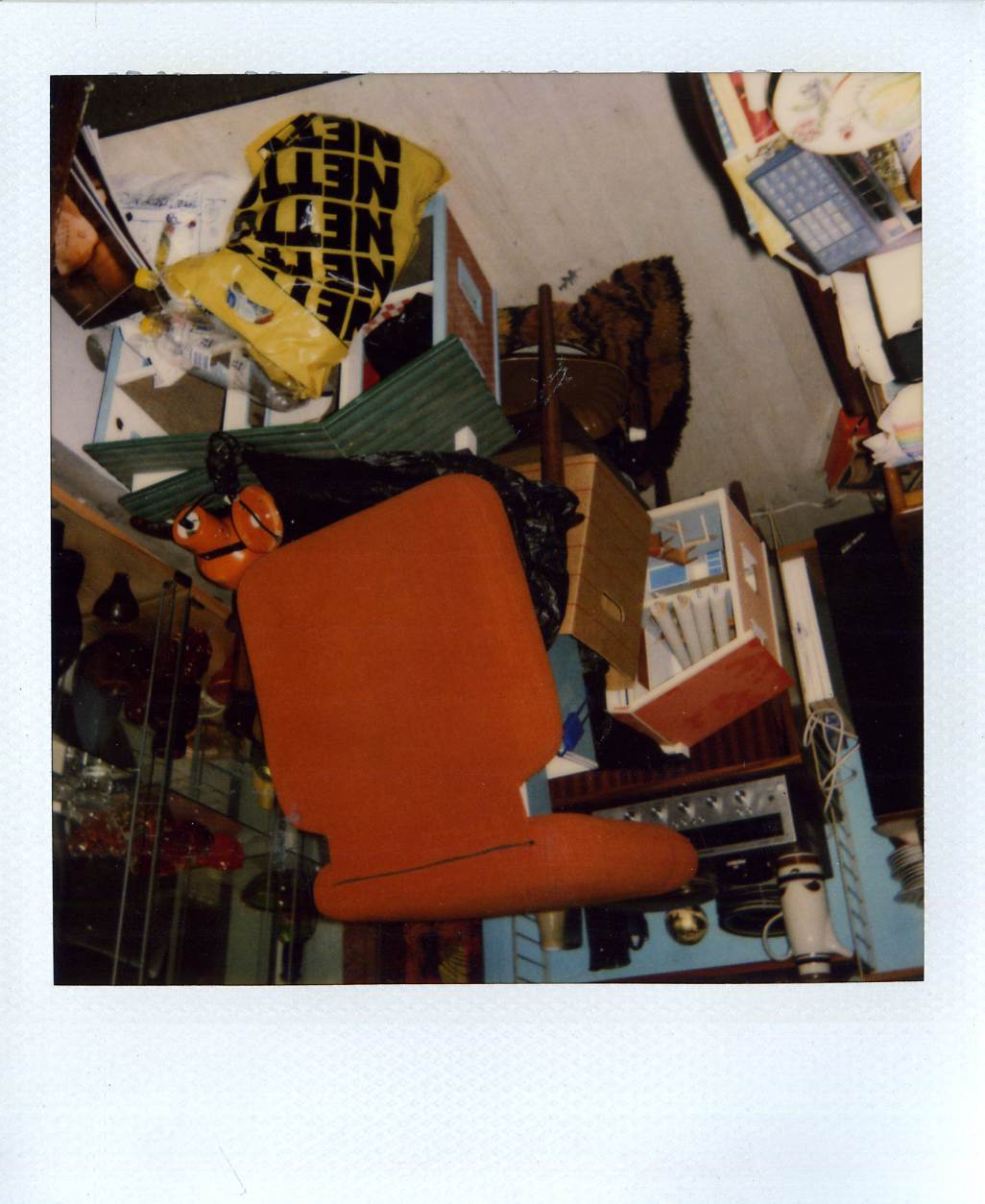 |
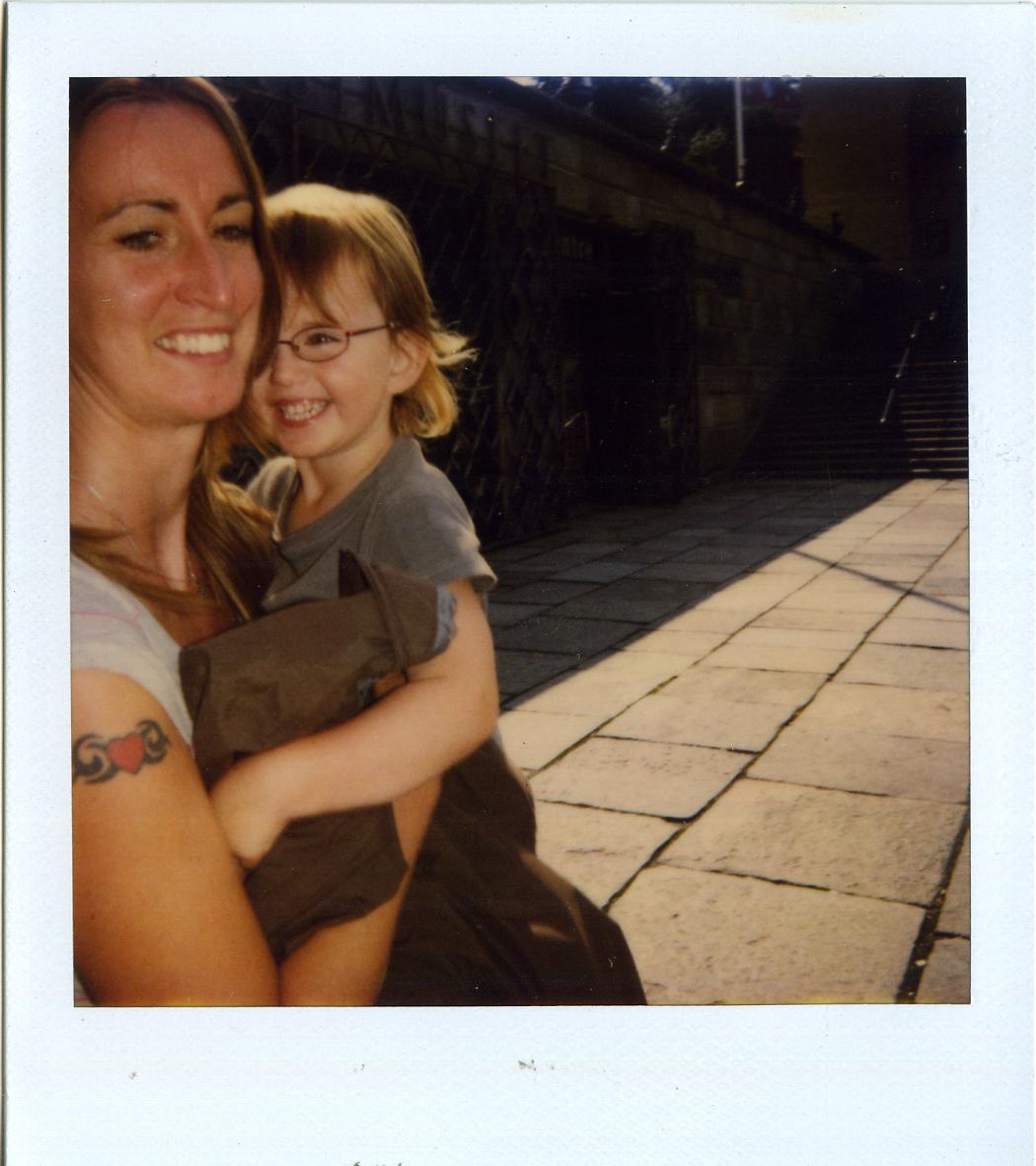 |
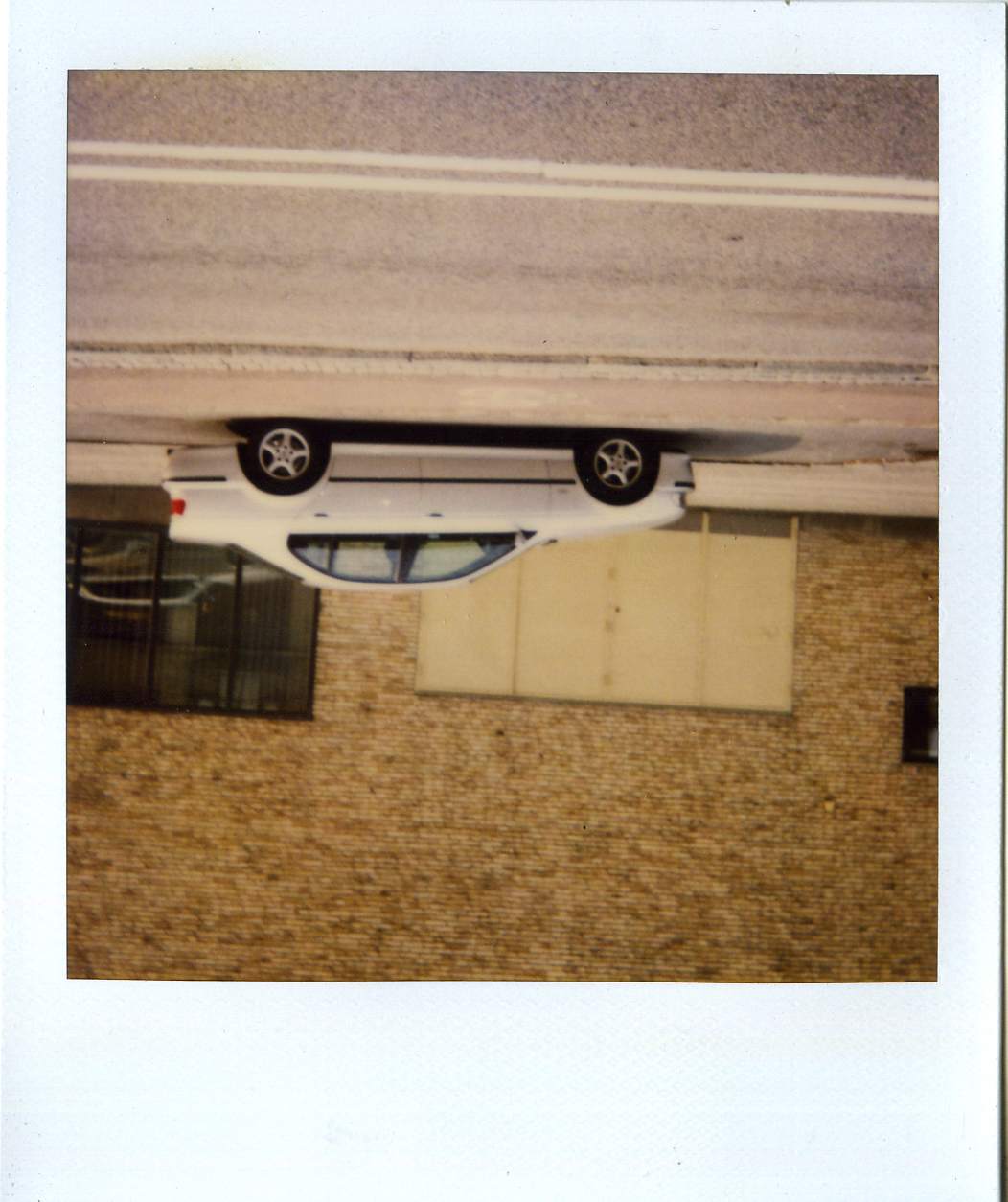 |
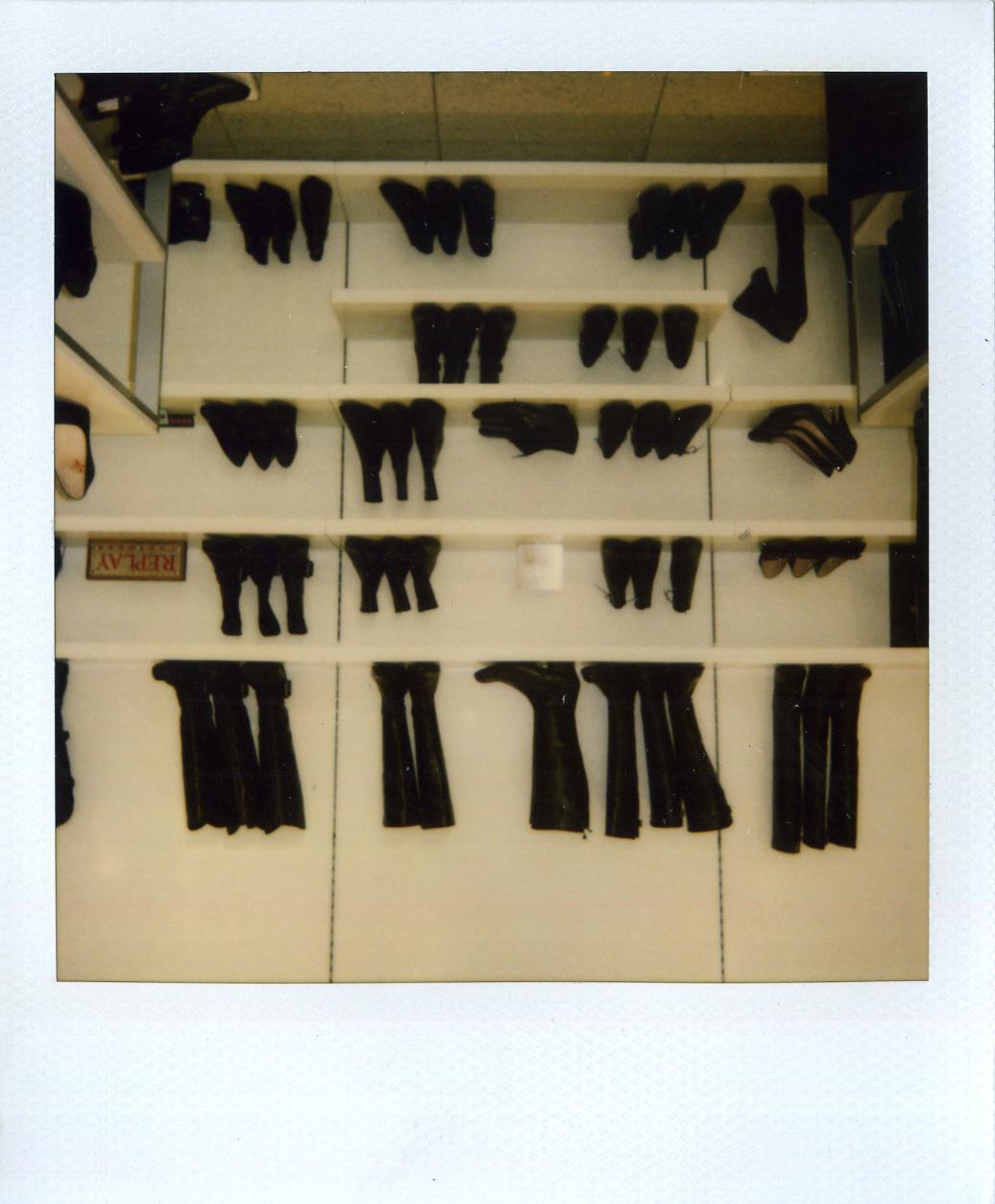 |
|||
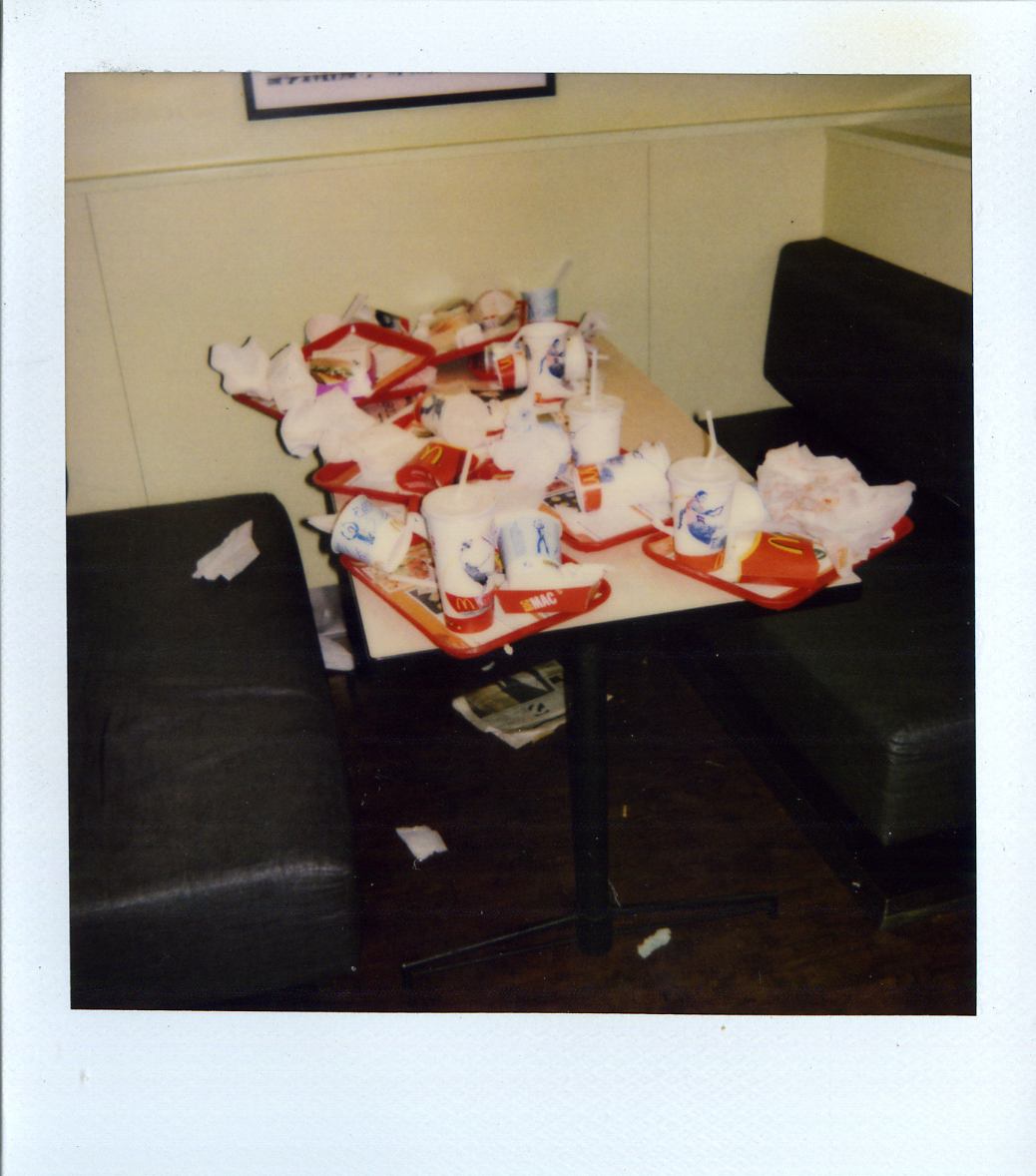 |
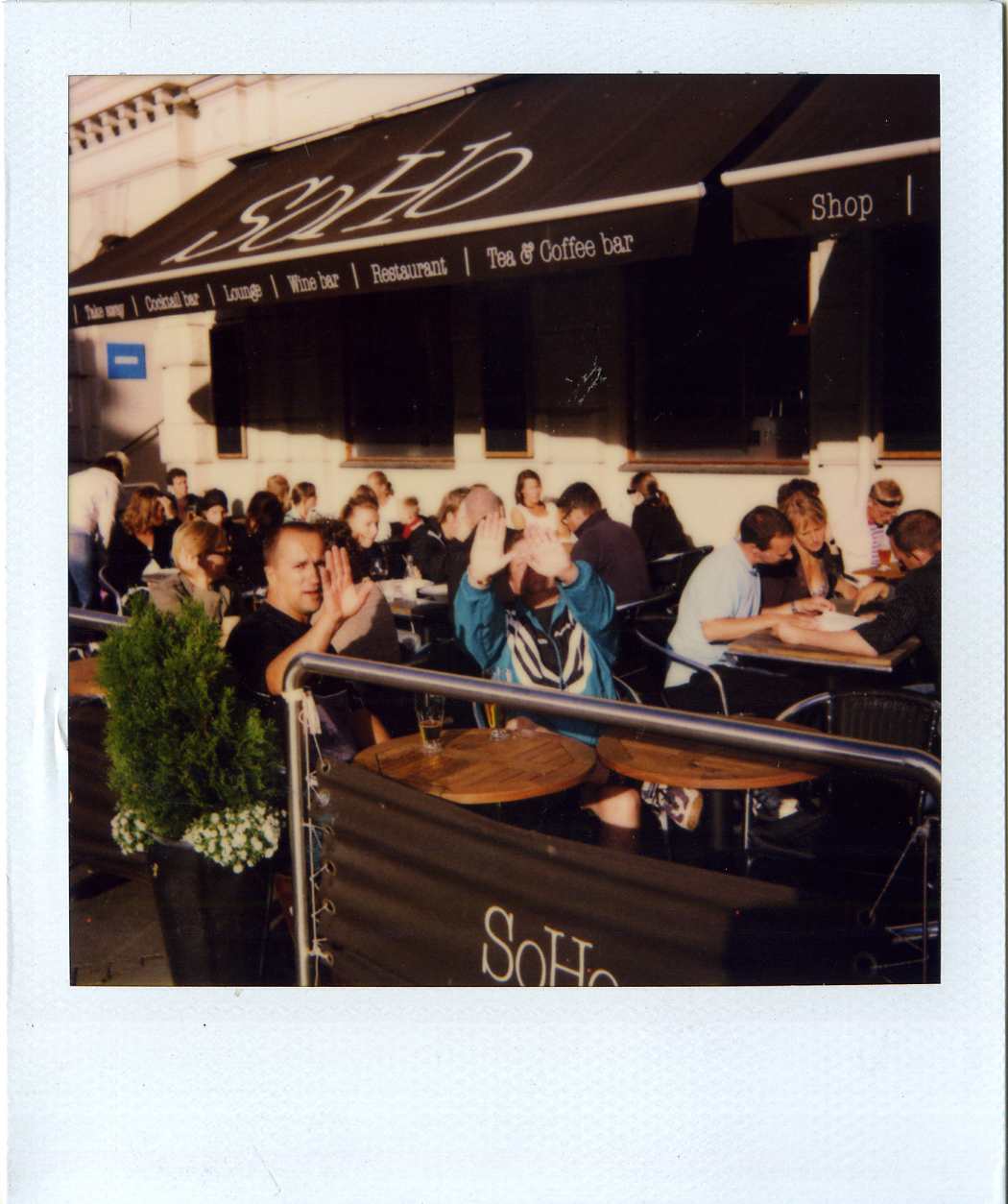 |
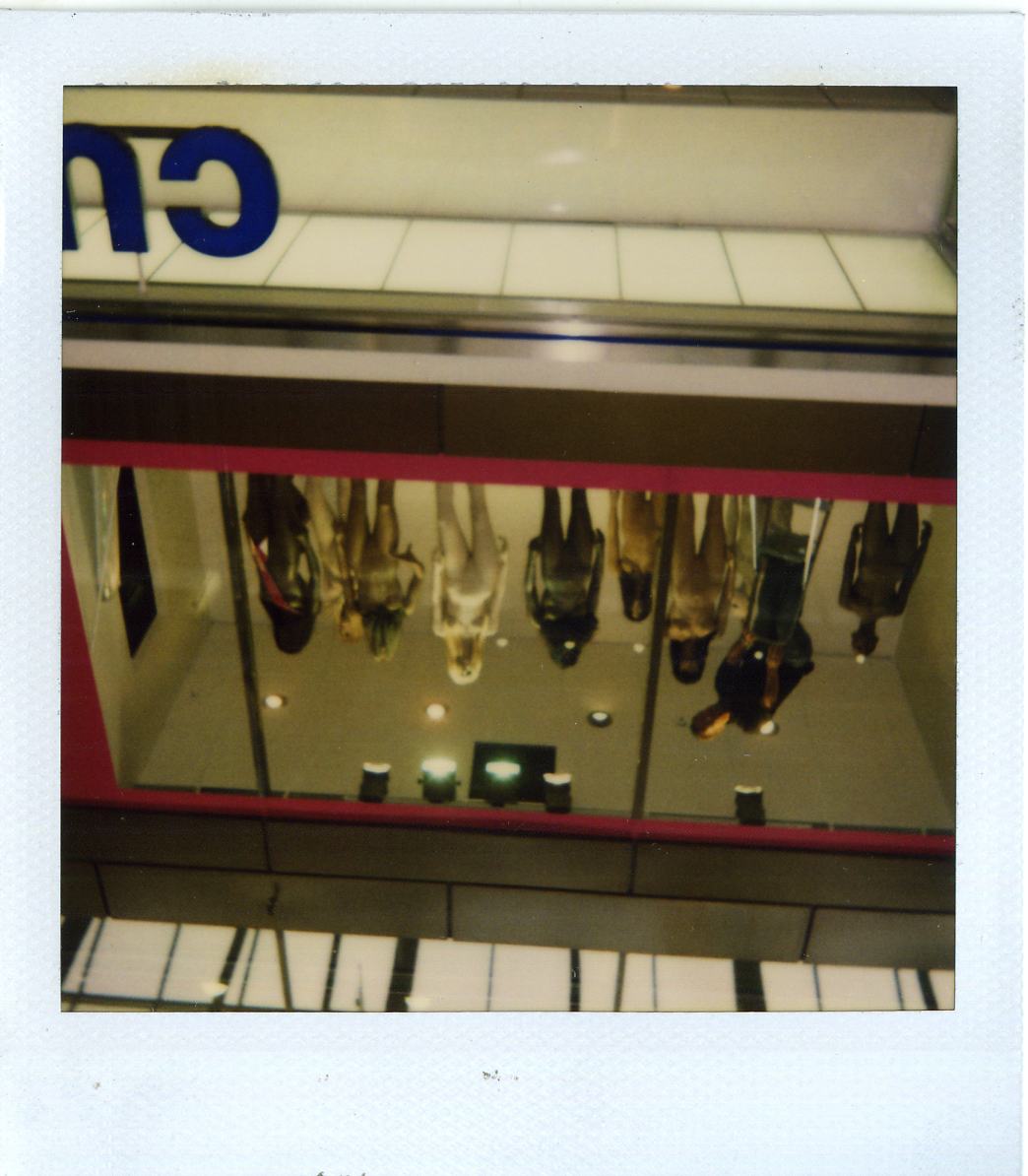 |
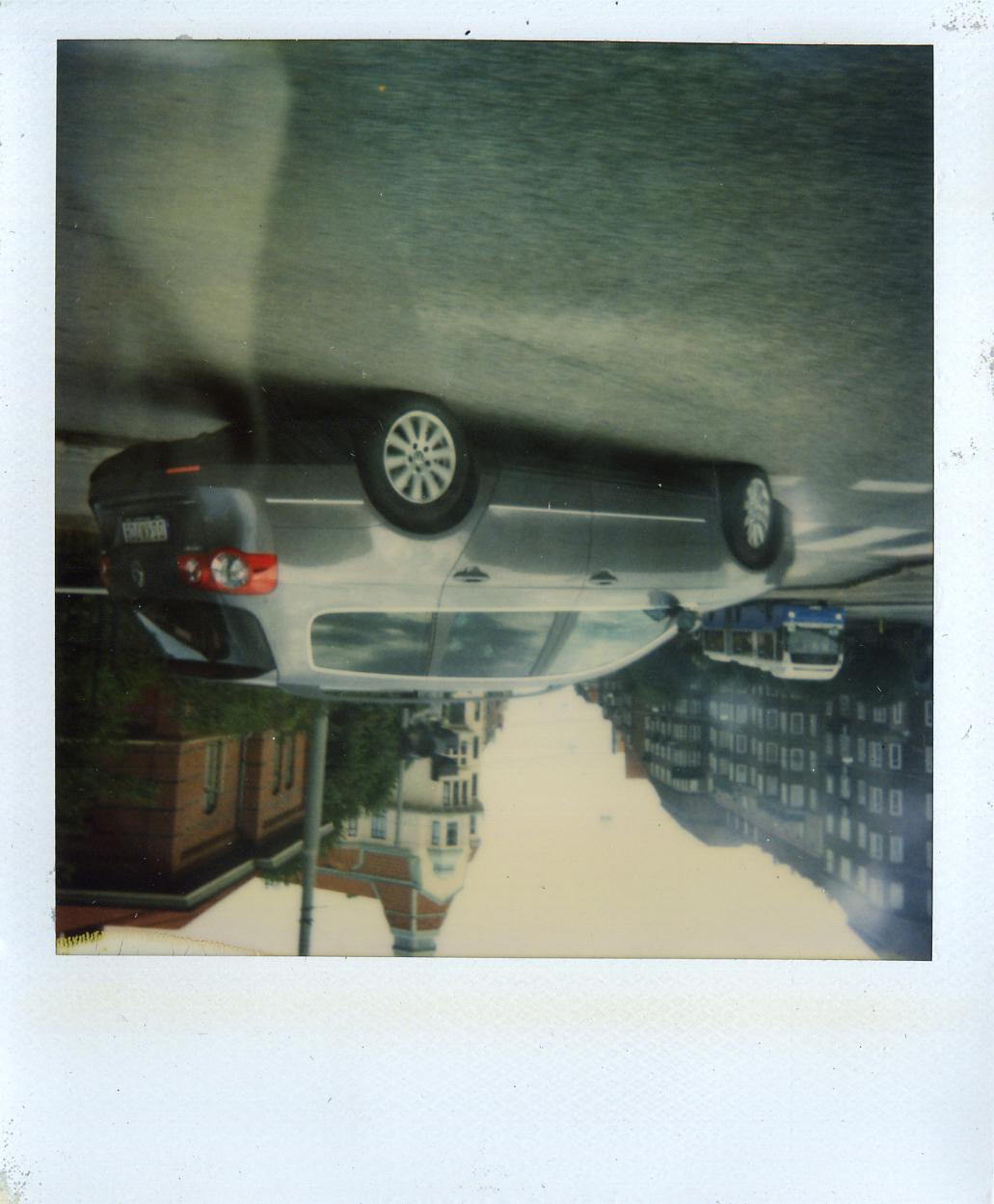 |
|||
 |
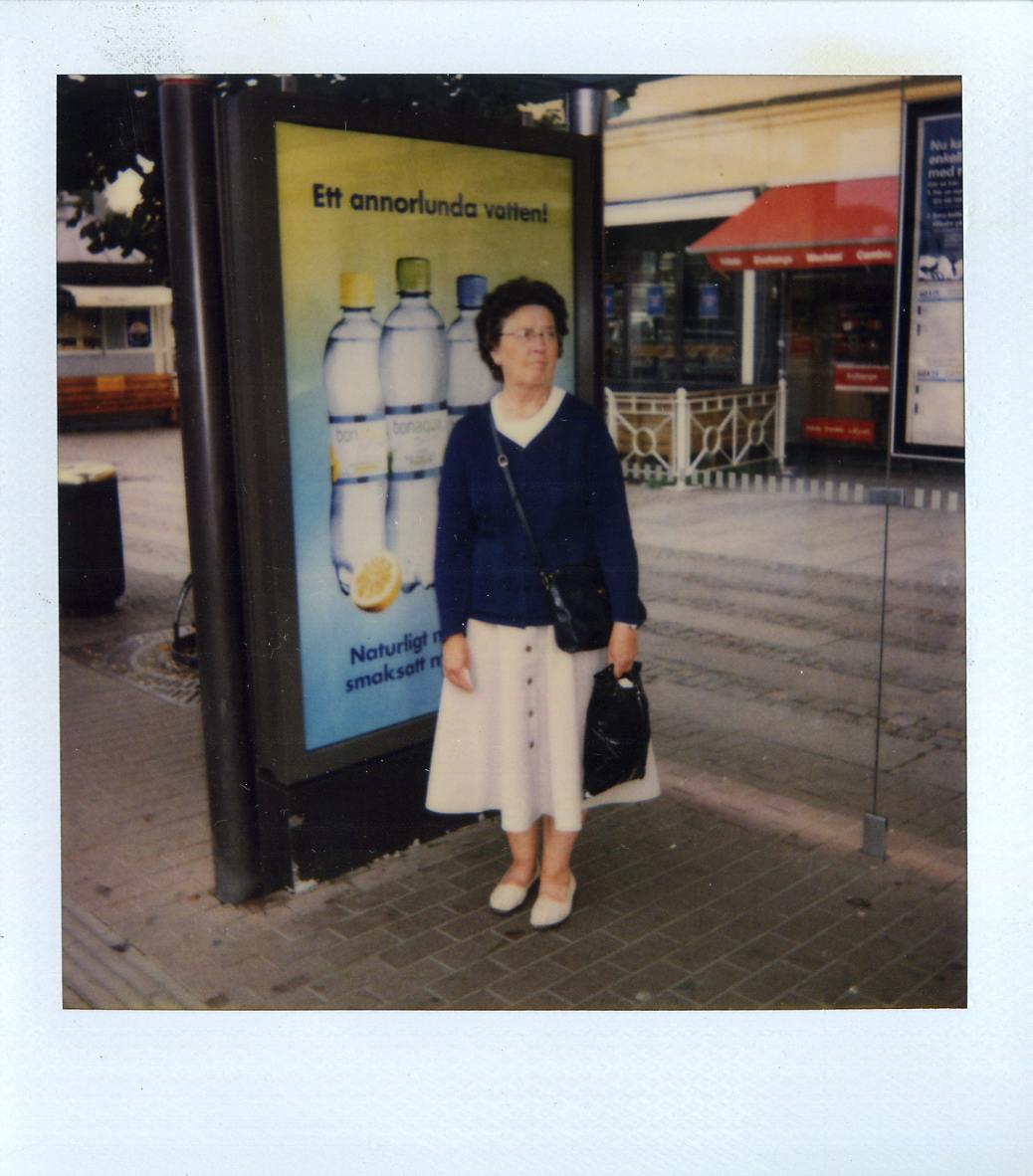 |
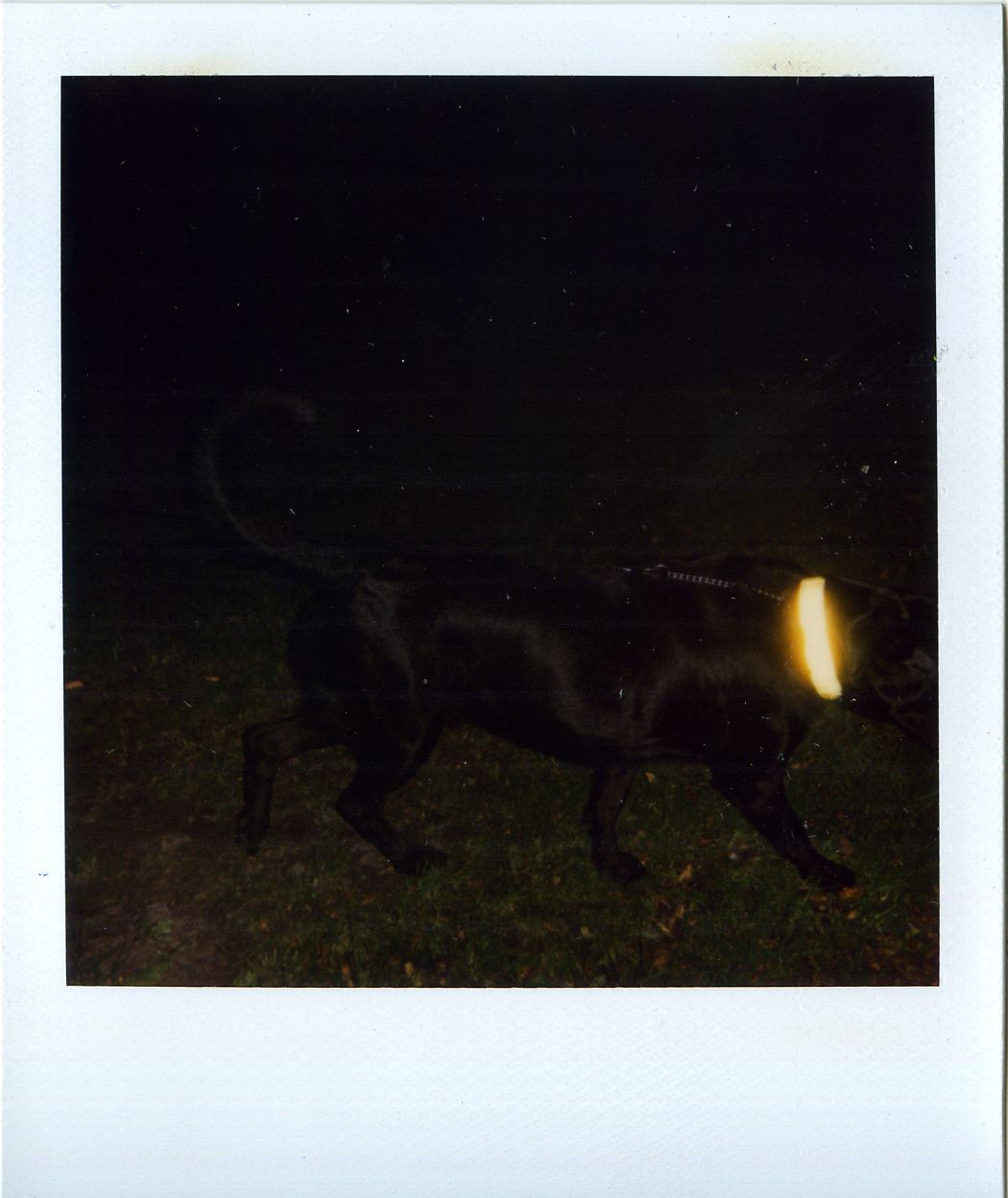 |
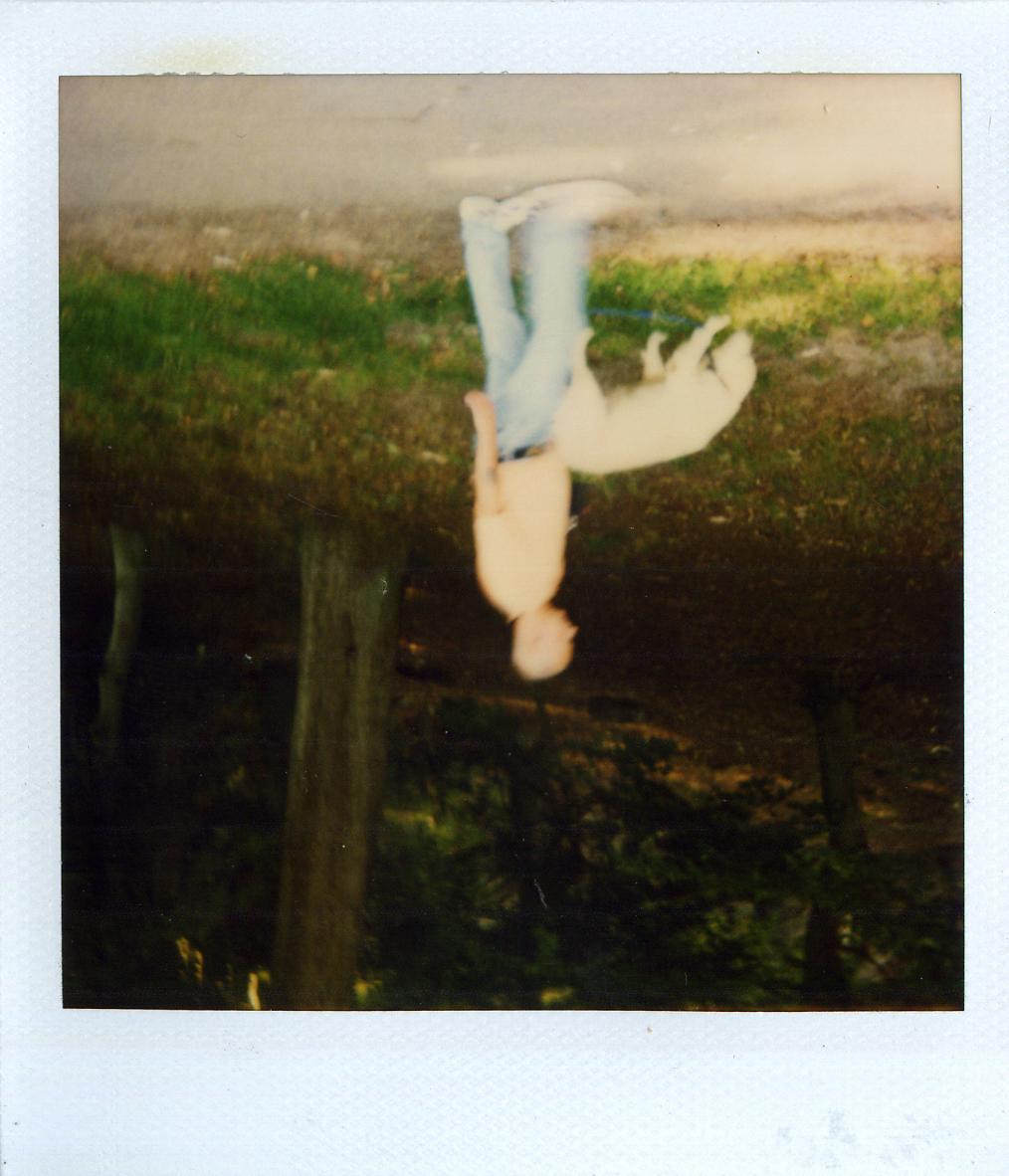 |
|||
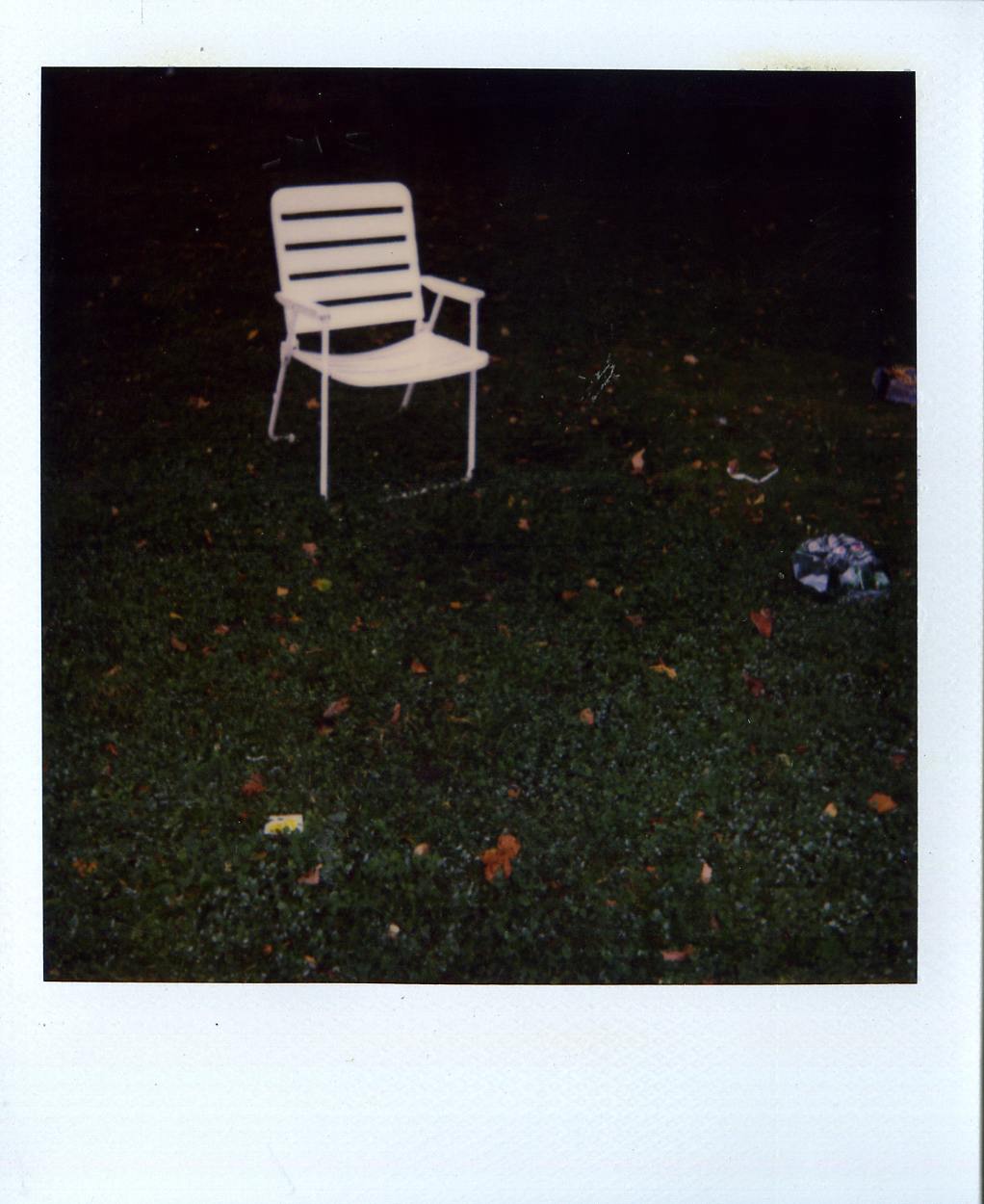 |
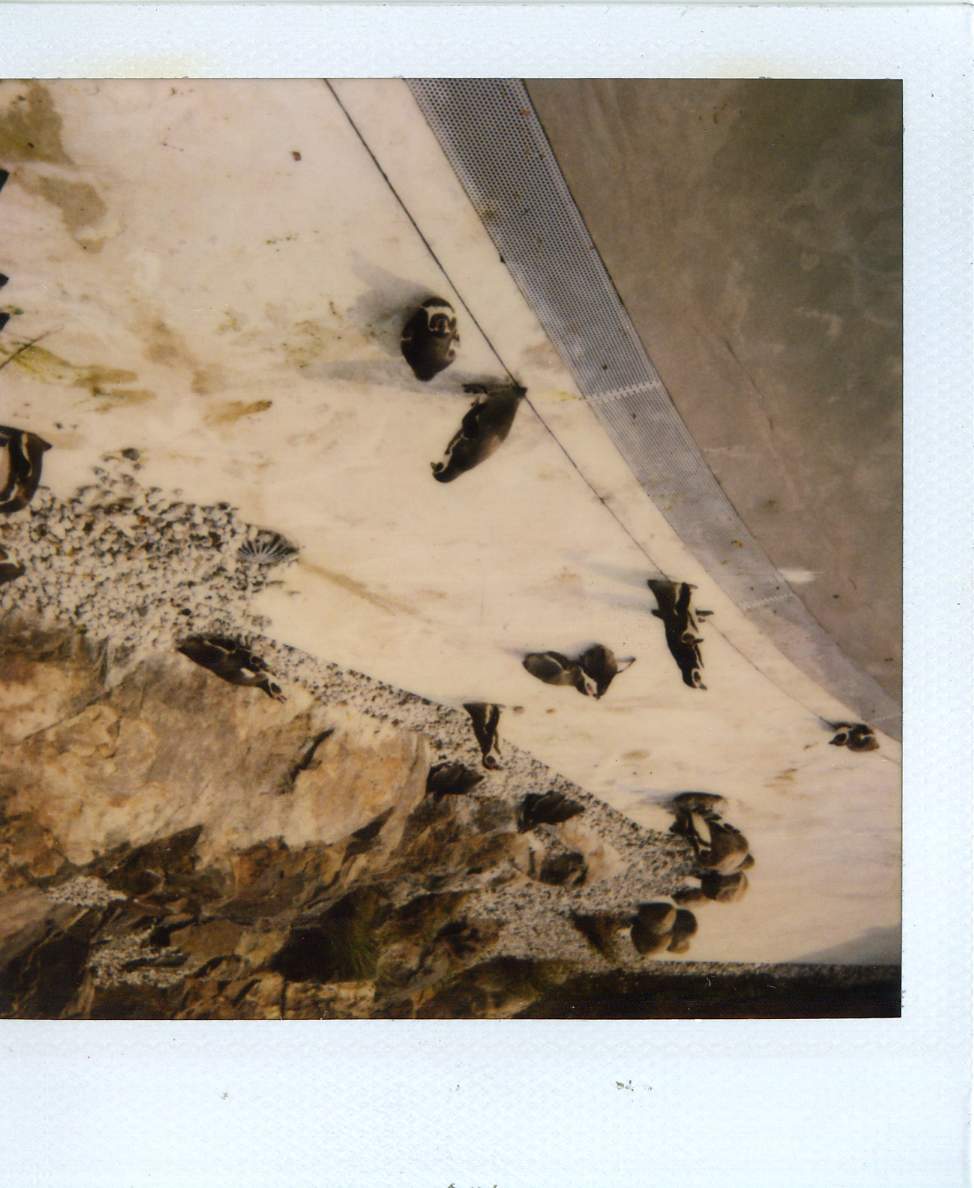 |
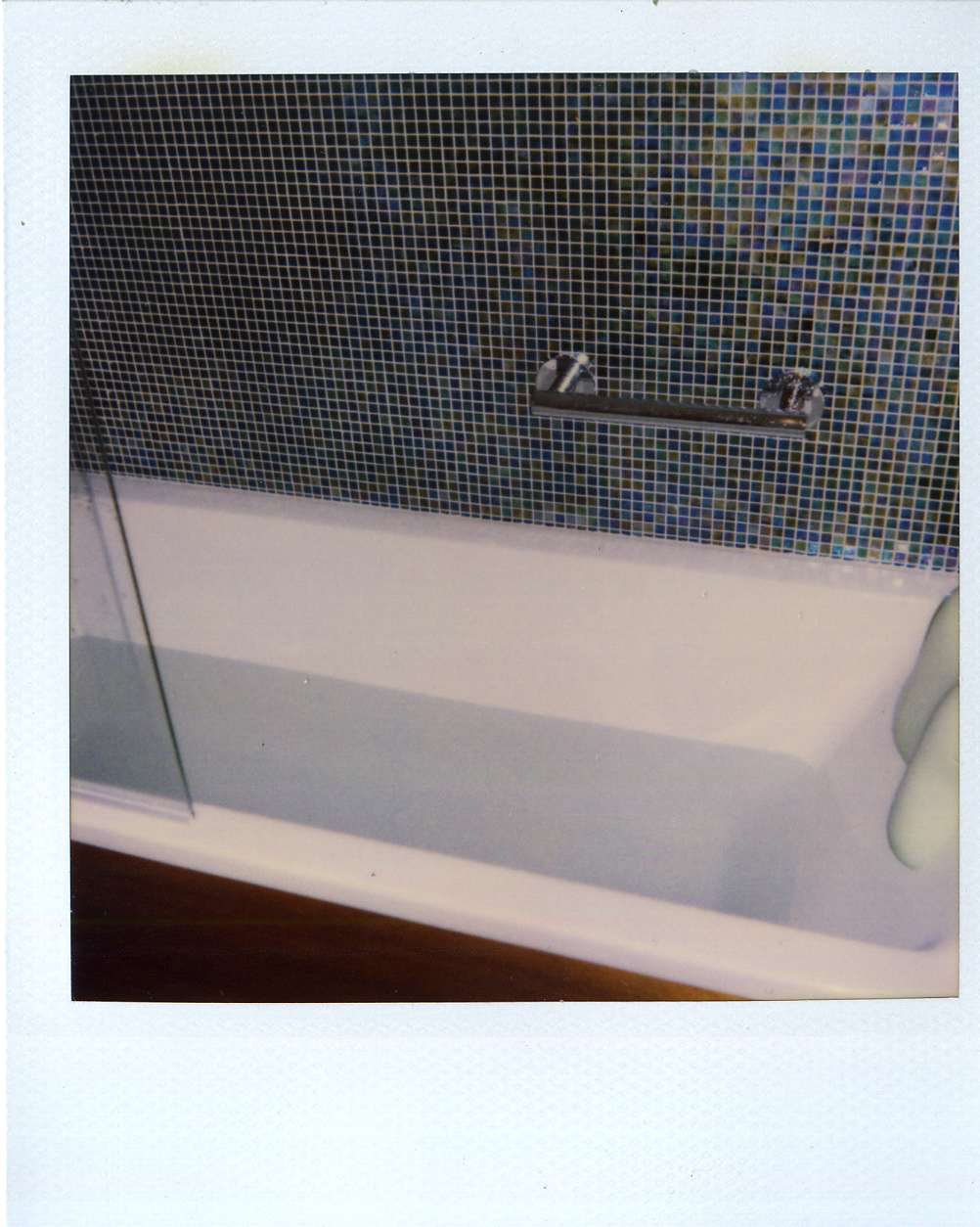 |
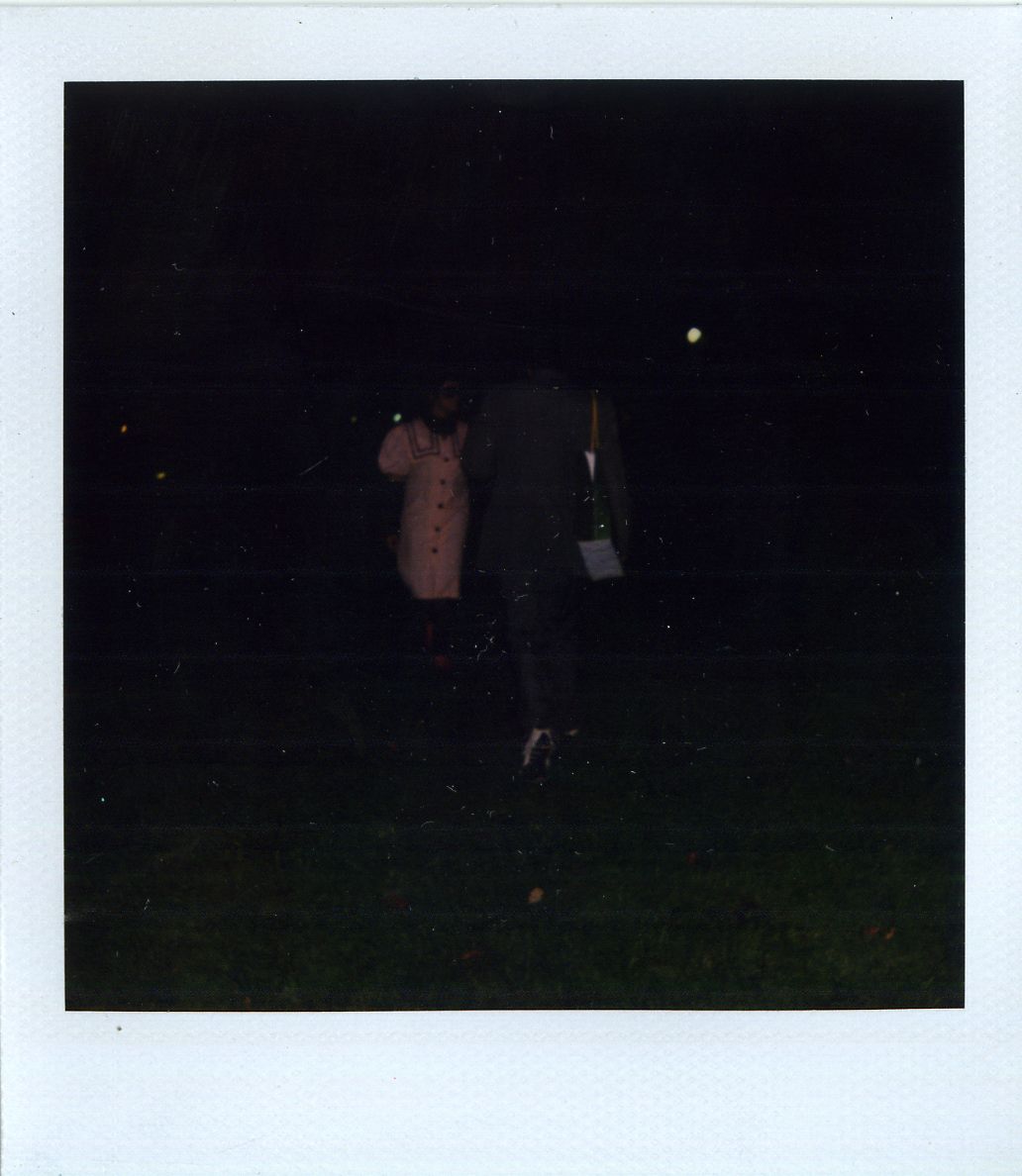 |
|||
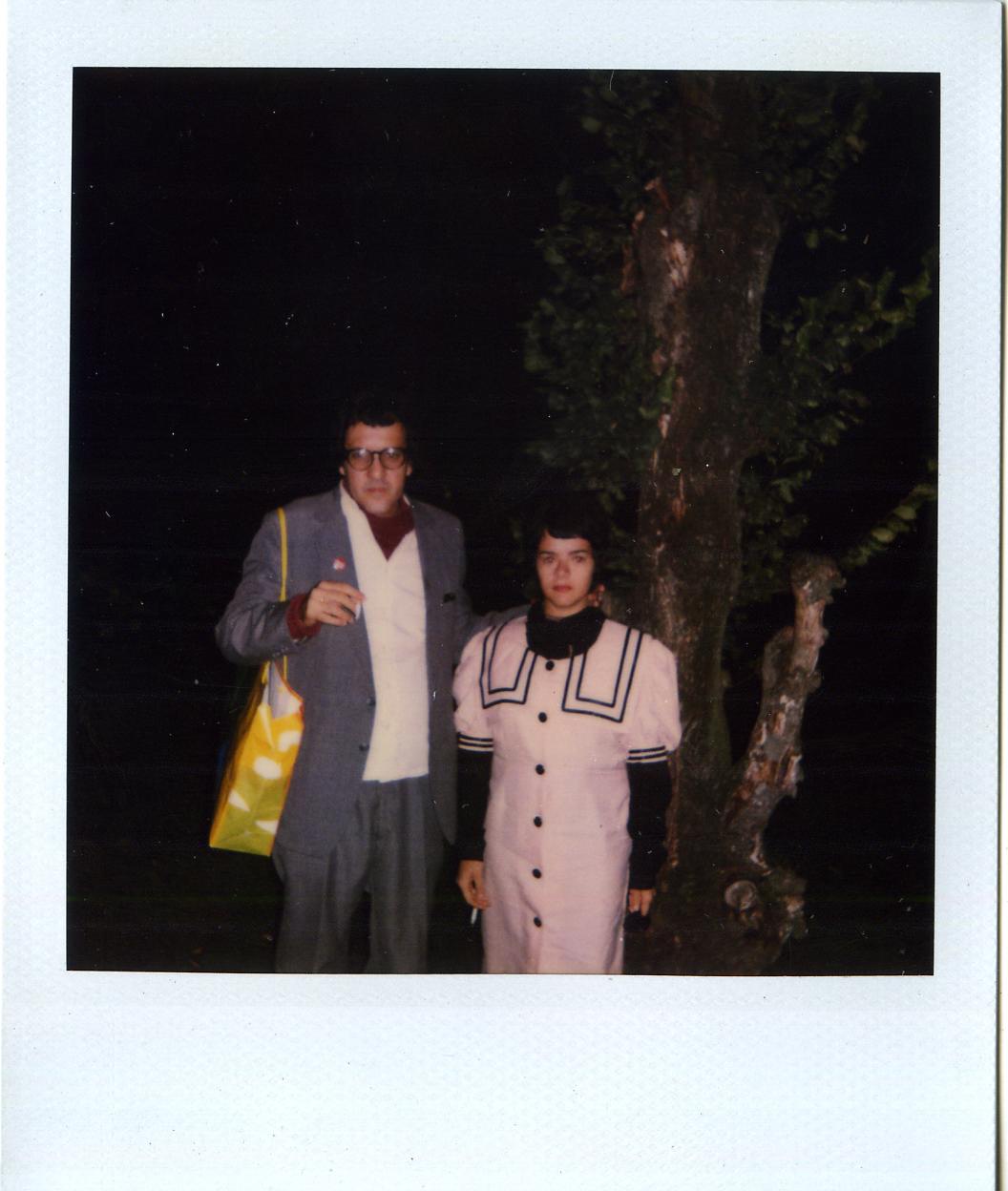 |
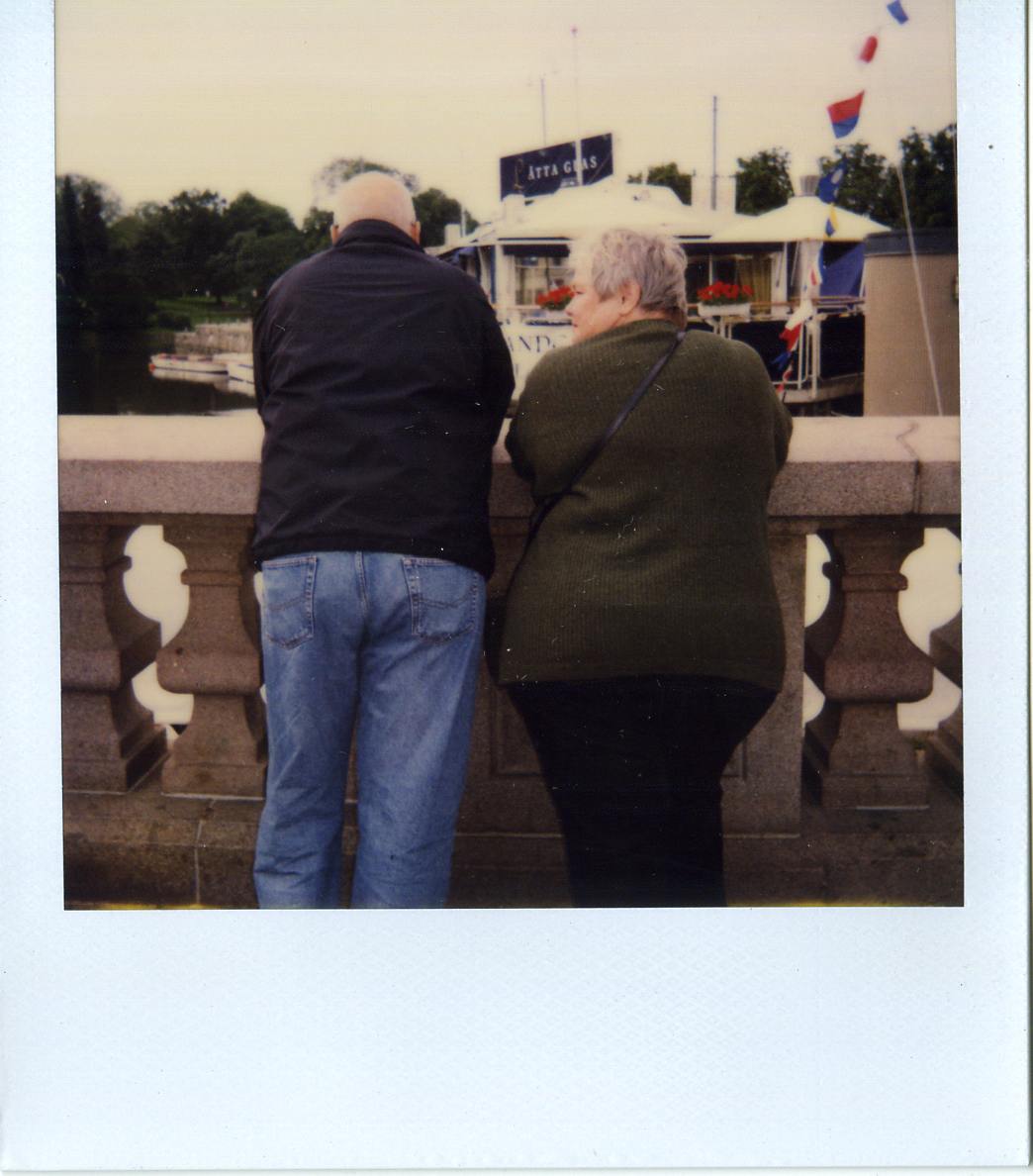 |
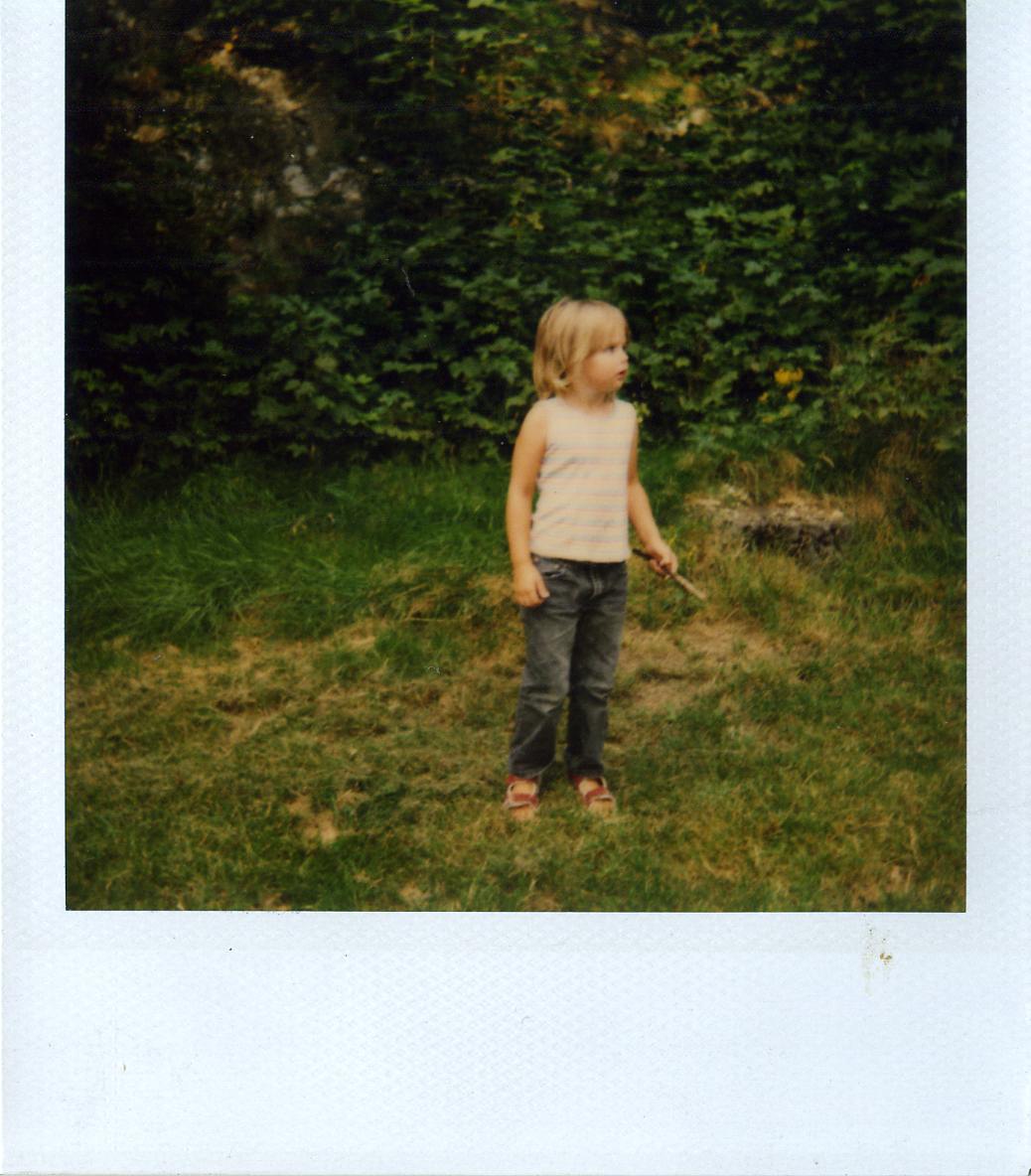 |
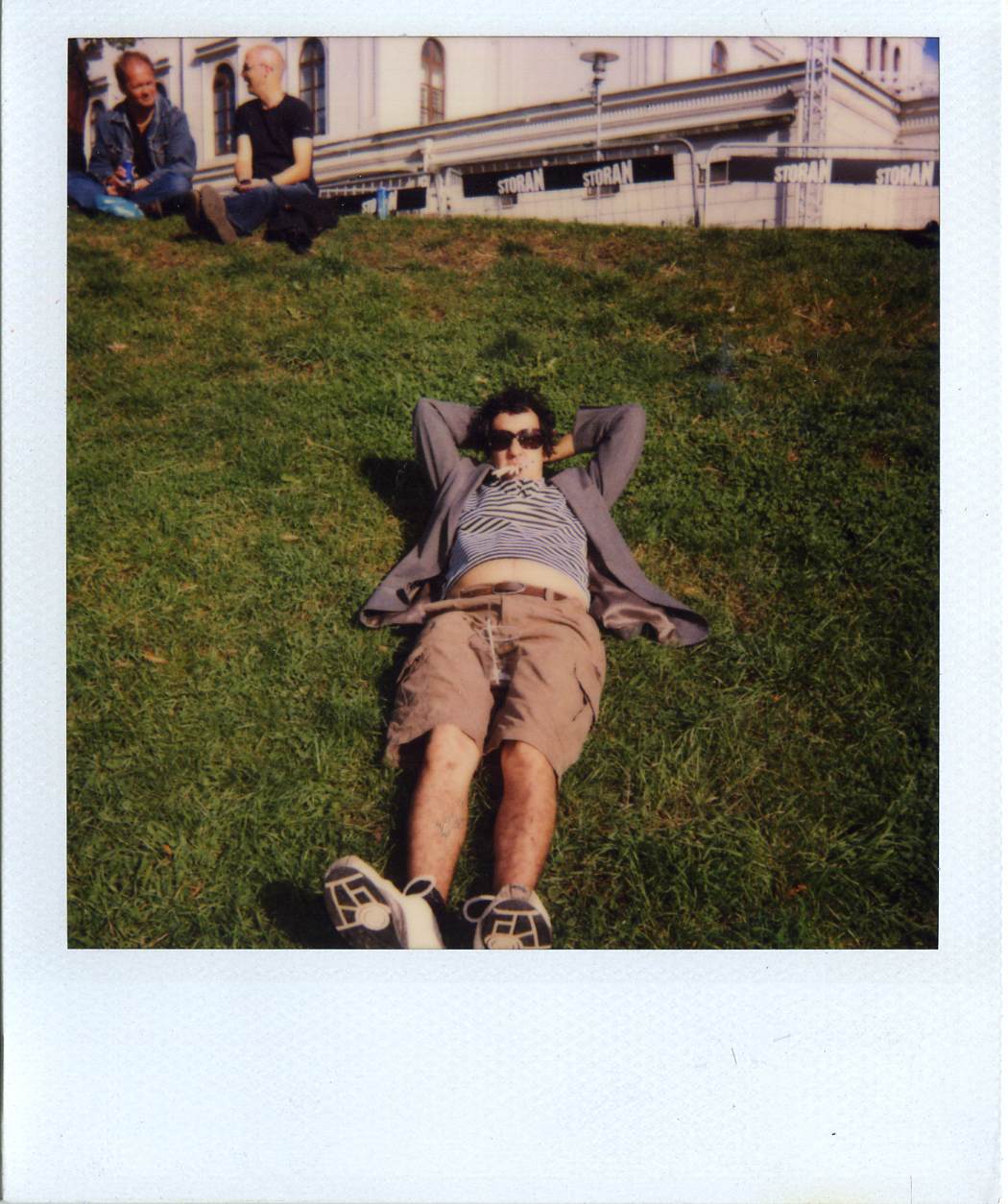 |
|||
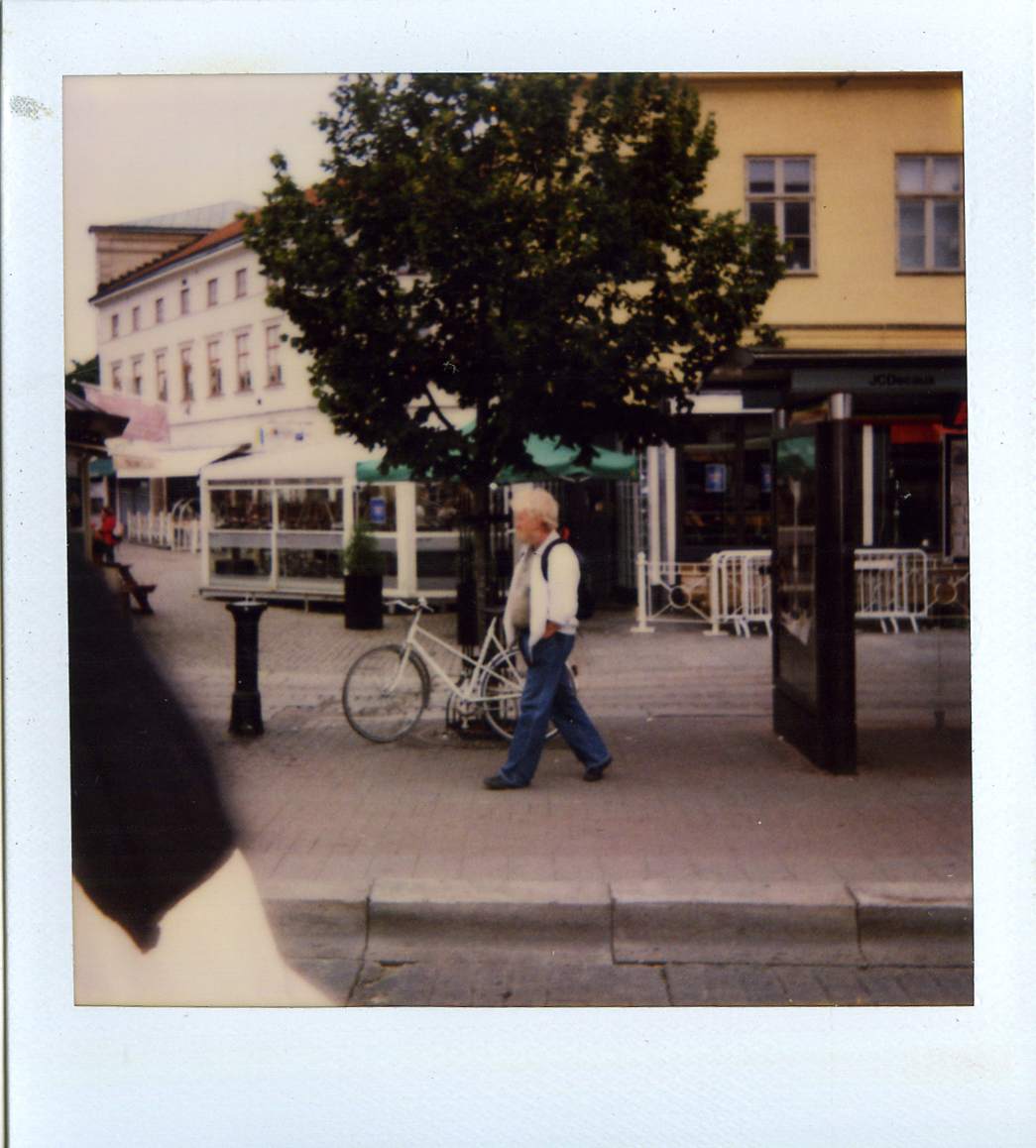 |
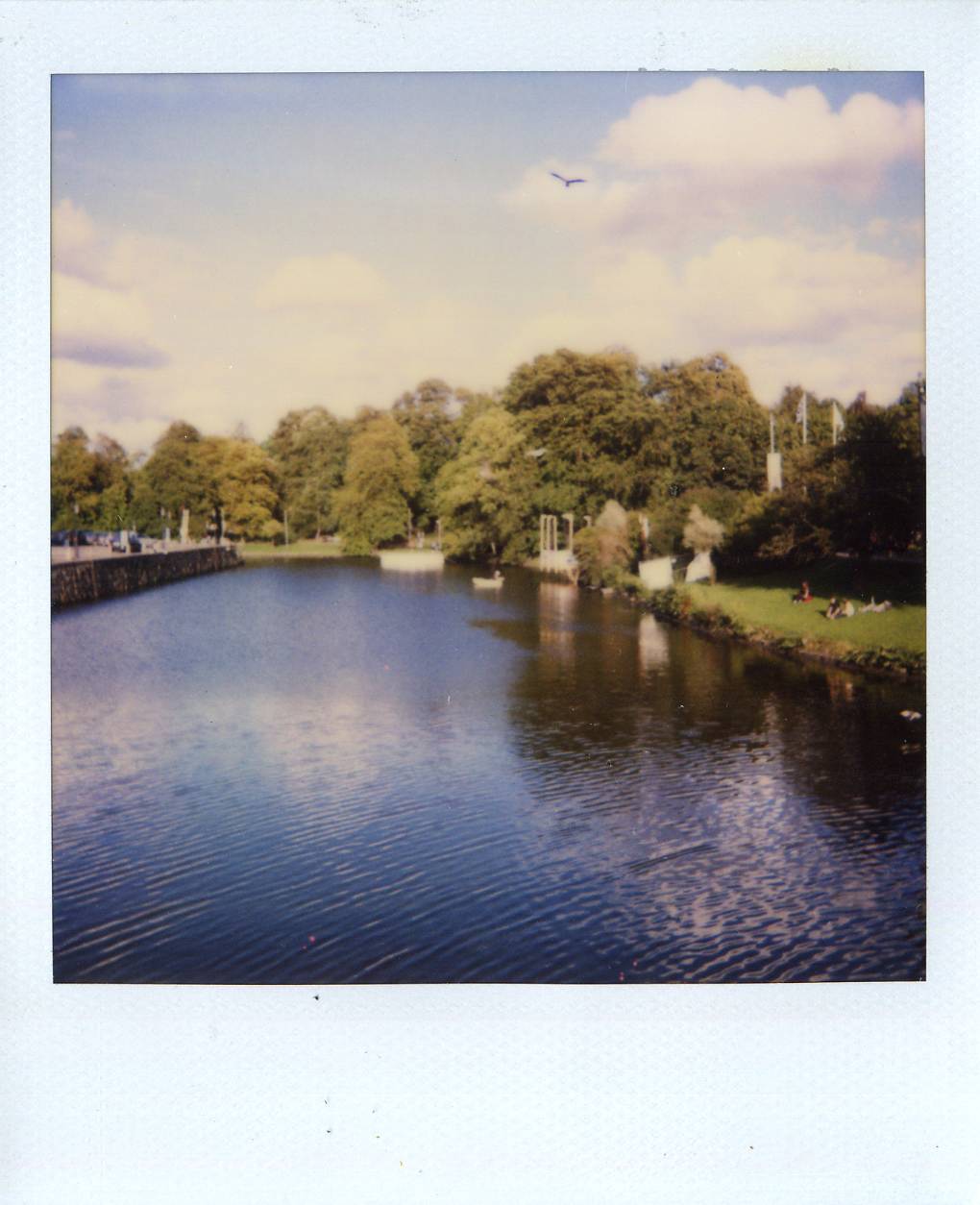 |
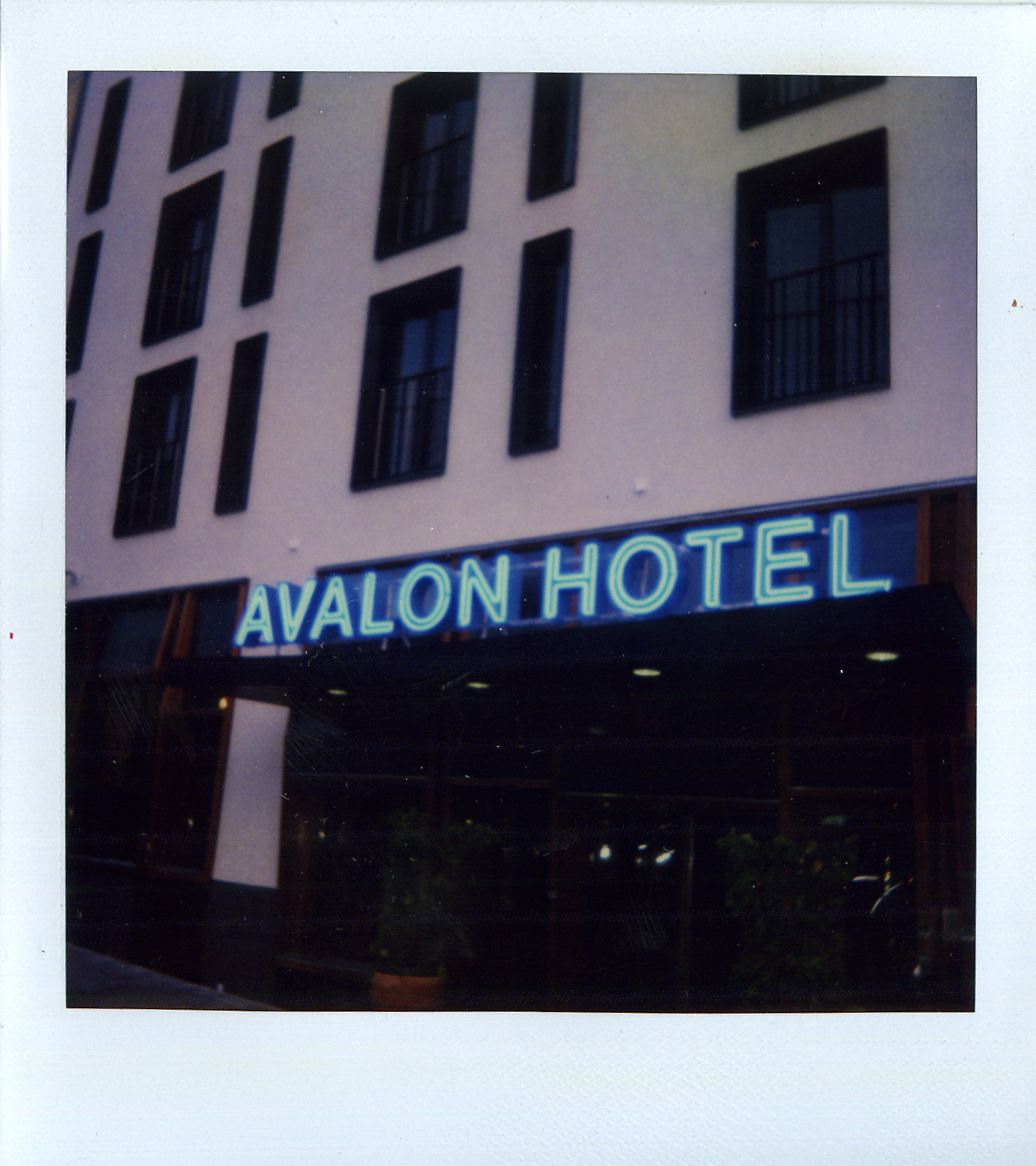 |
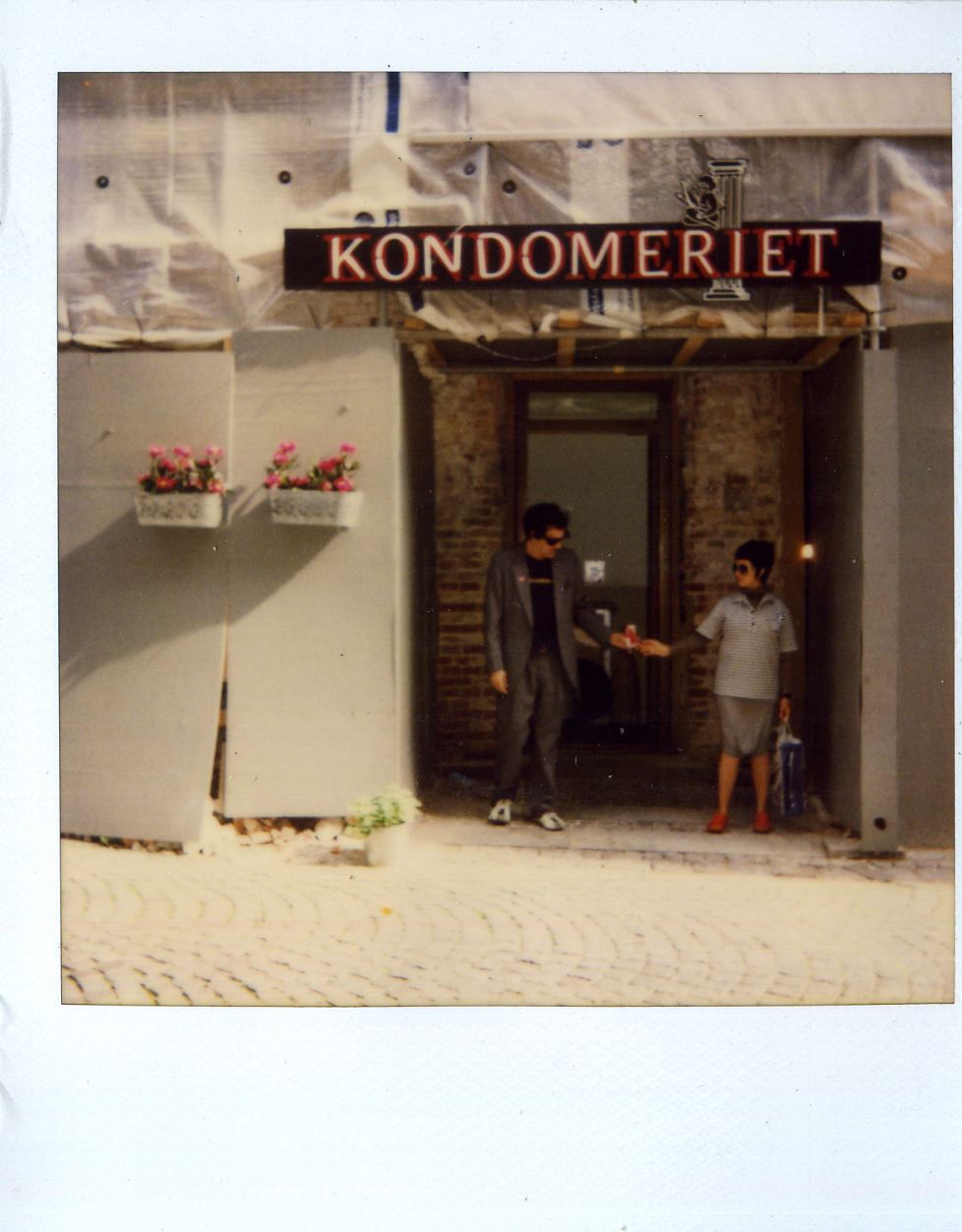 |
|||
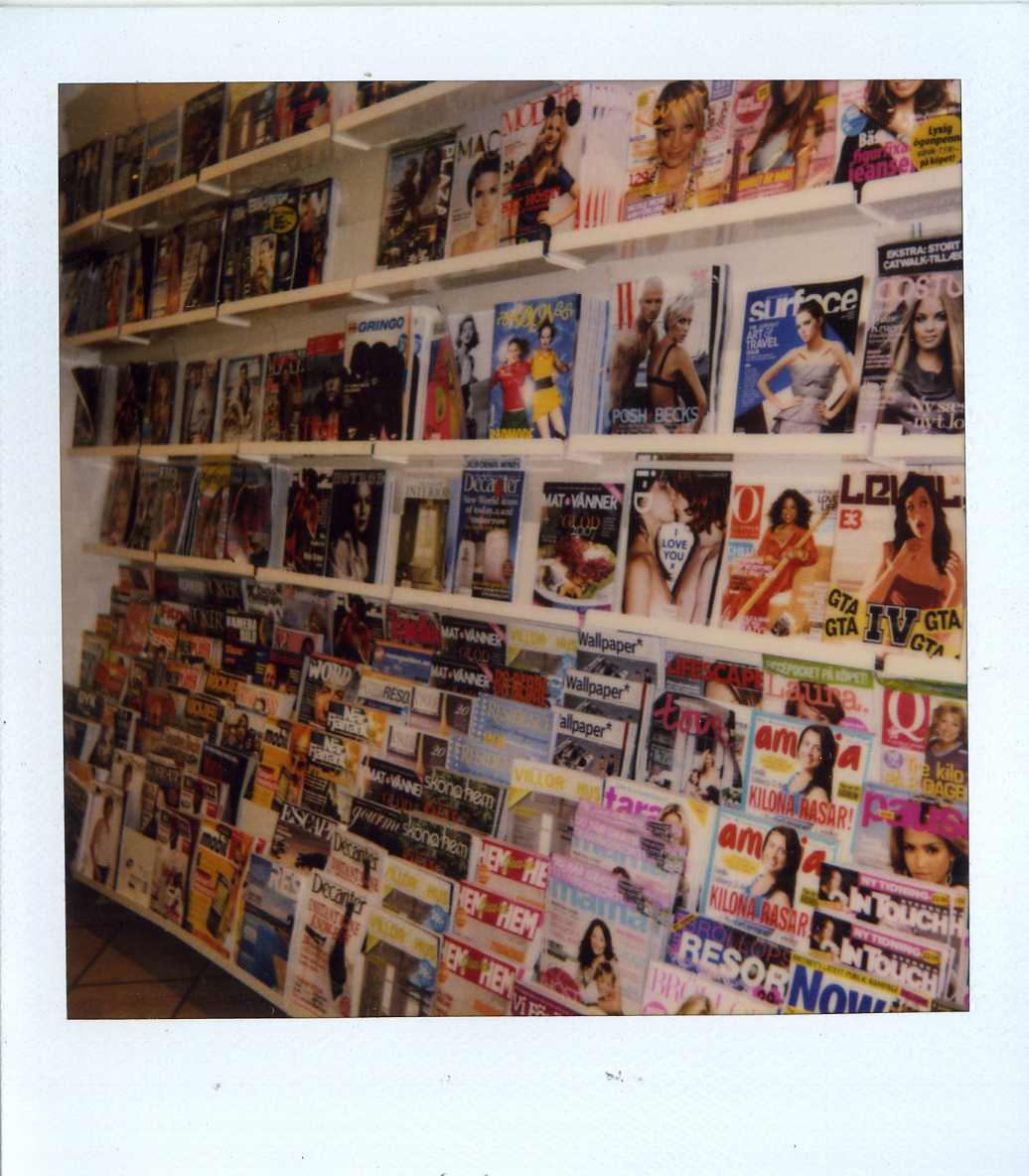 |
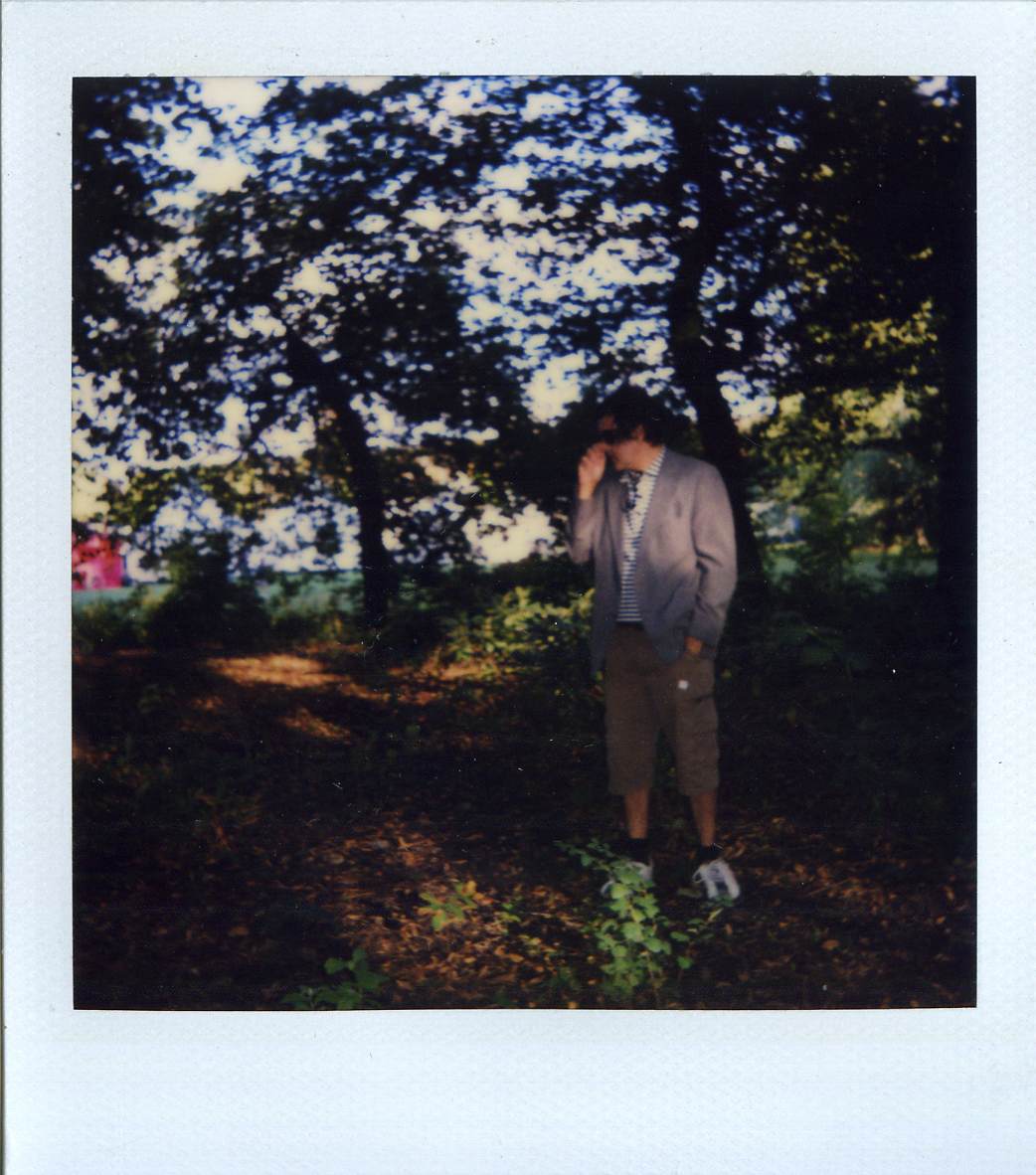 |
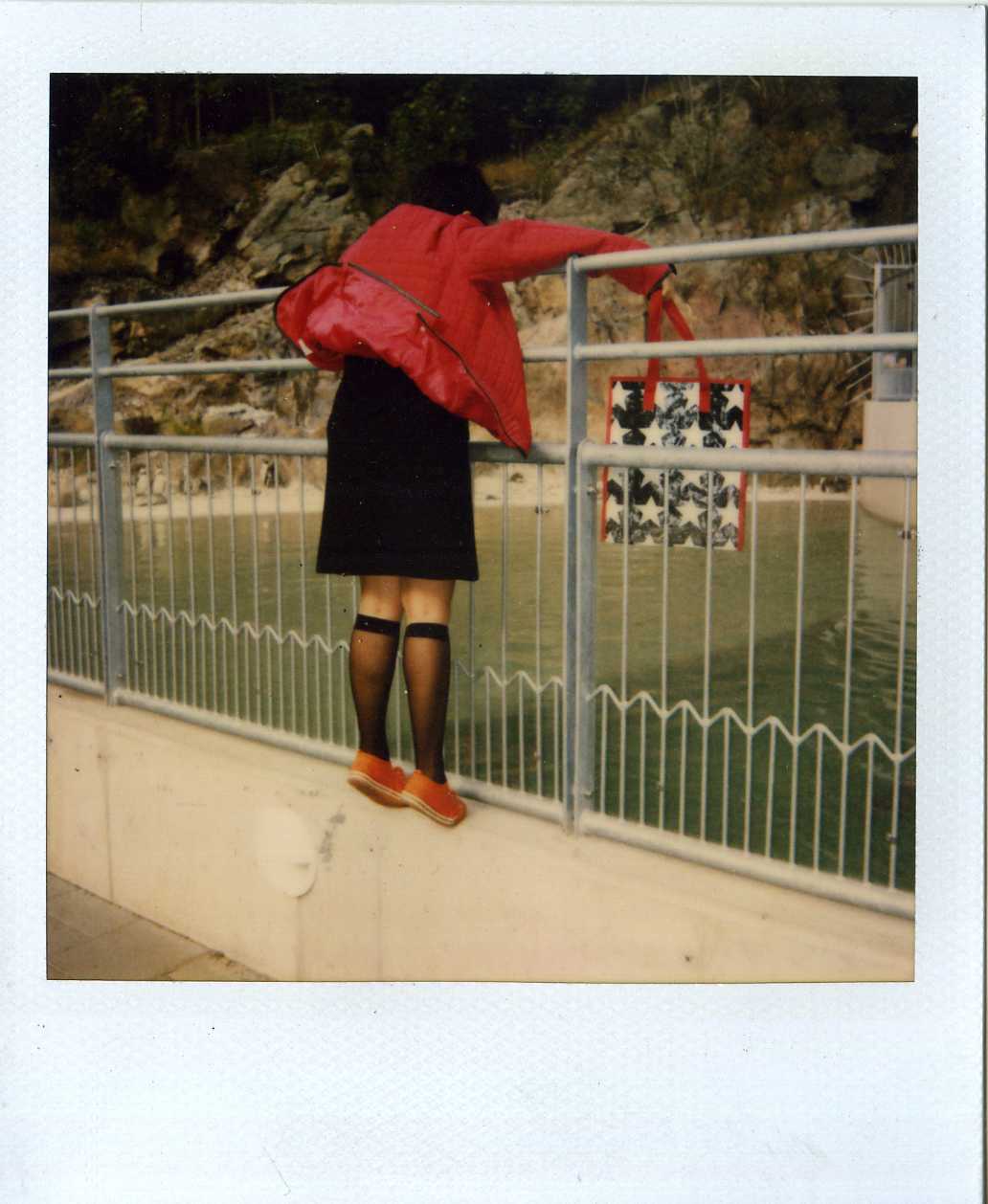 |
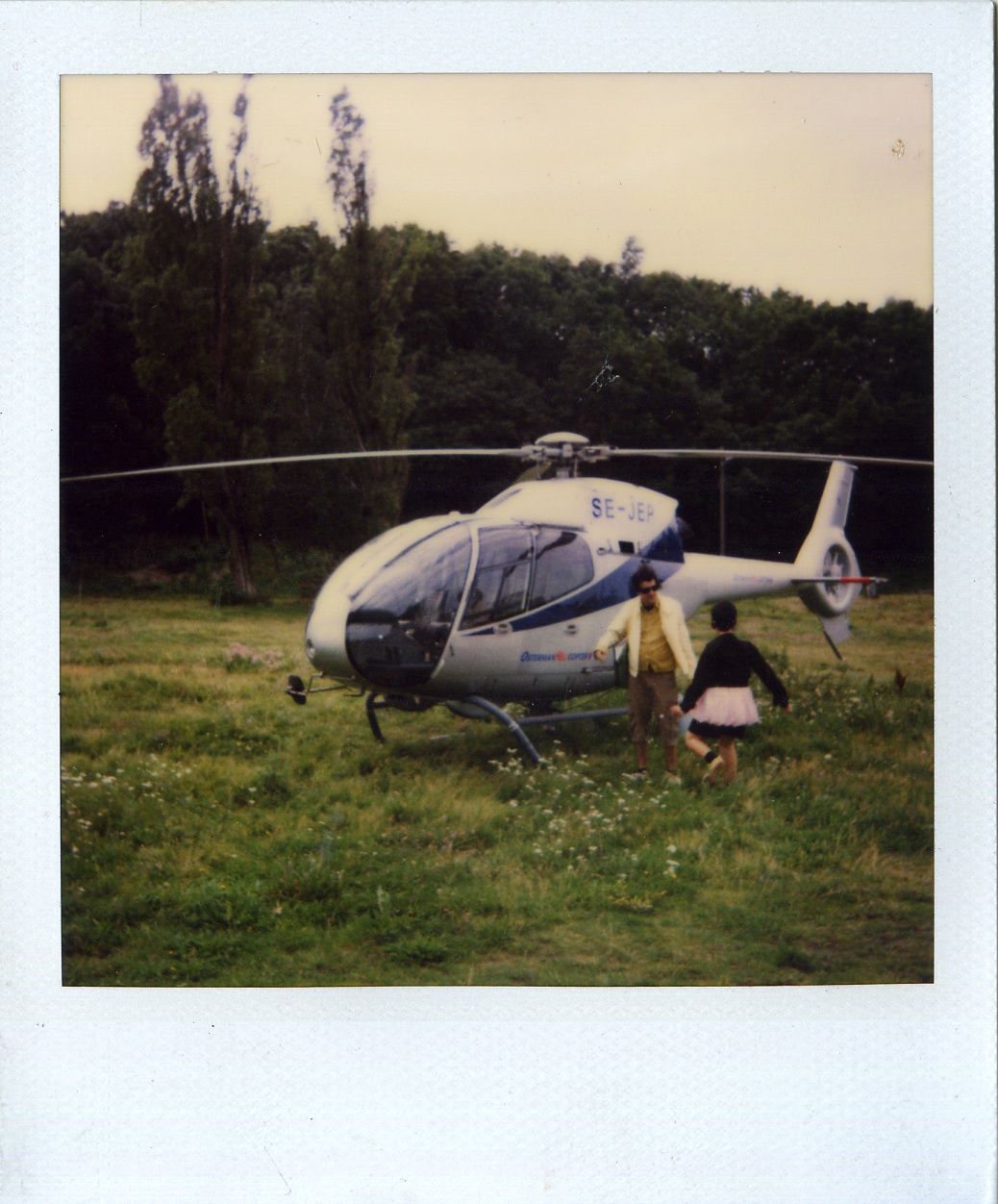 |
Göteborg, Sweden
photos: Tania Bruguera, Ezequiel O. Suárez and Yali Romagoza
Selected Bibliography
Röda Sten “TANIA BRUGUERA / YALI ROMAGOZA and EZEQUIEL SUAREZ,” Röda Sten digital version, Göteborg, Suecia. Diciembre, 2007 (illust.)
